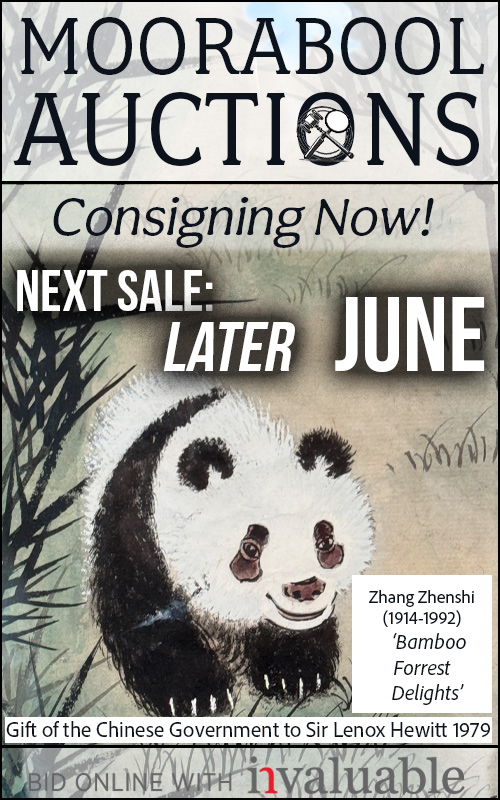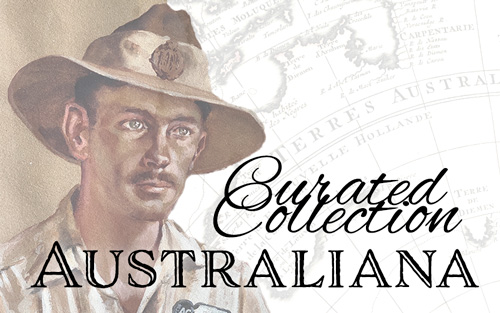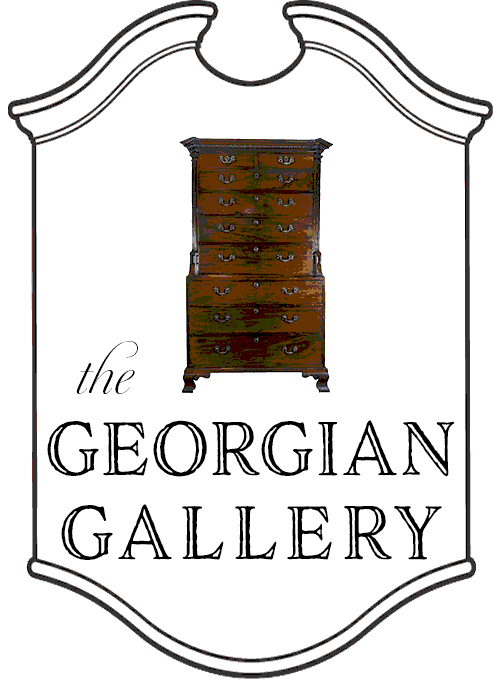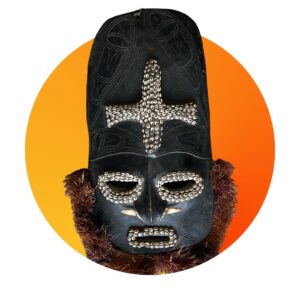
Welcome to the first of a series of Asian Specials.
We’re amazed at the Asian items that turn up in Australia. From Ming Bronzes to Japanese Cloisonné, there’s a wealth of fine Chinese, Japanese, Korean & other South-East Asian works to find. This is due to two things; we’re close to Asia, and Australians are great travellers. Naturally, they bring things back with them!
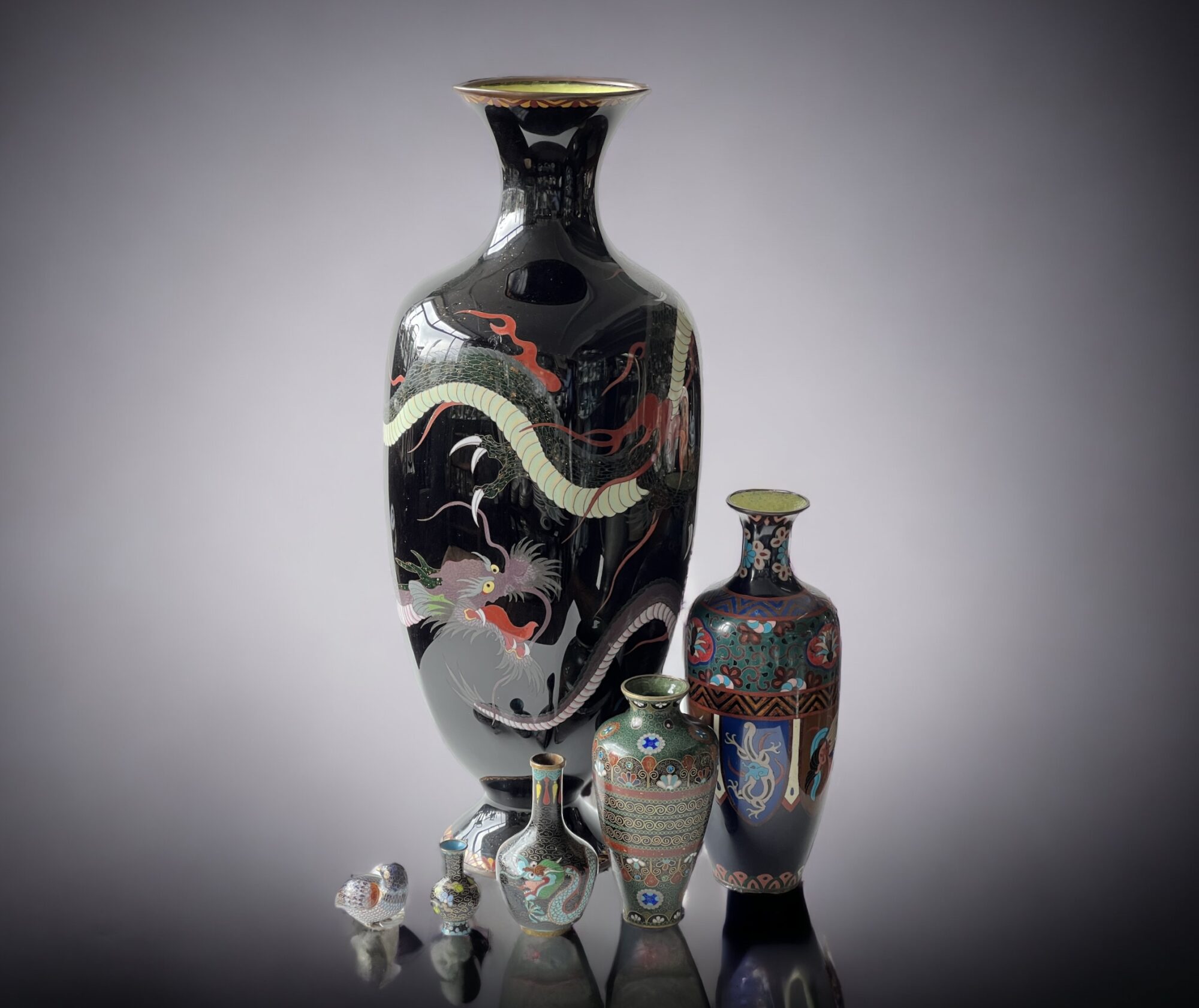
This week, we have a group of Japanese & Chinese Cloisonné – including a remarkable piece, an oversize Japanese vase notable for the pair of ferocious dragons dramatically writhing their way around the vase. This vase is giant – 61cm high! – and dates to the later 19th century. The bright enamel colours and glossy black background make it a dramatic display piece.

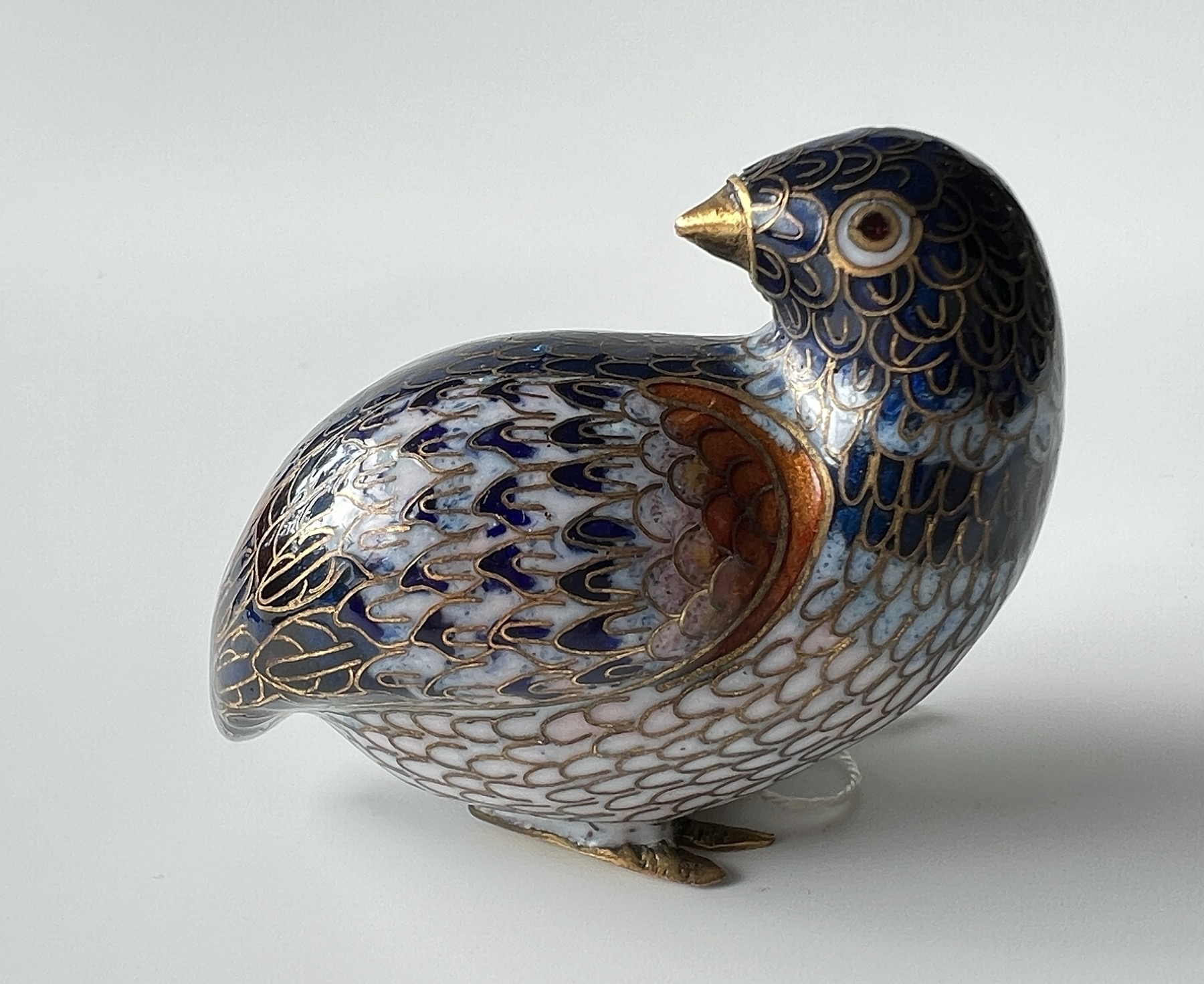
On the opposite extreme is a tiny – fits in the palm of your hand, so actually life-size – quail in cloisonné, also Japanese & super cute!
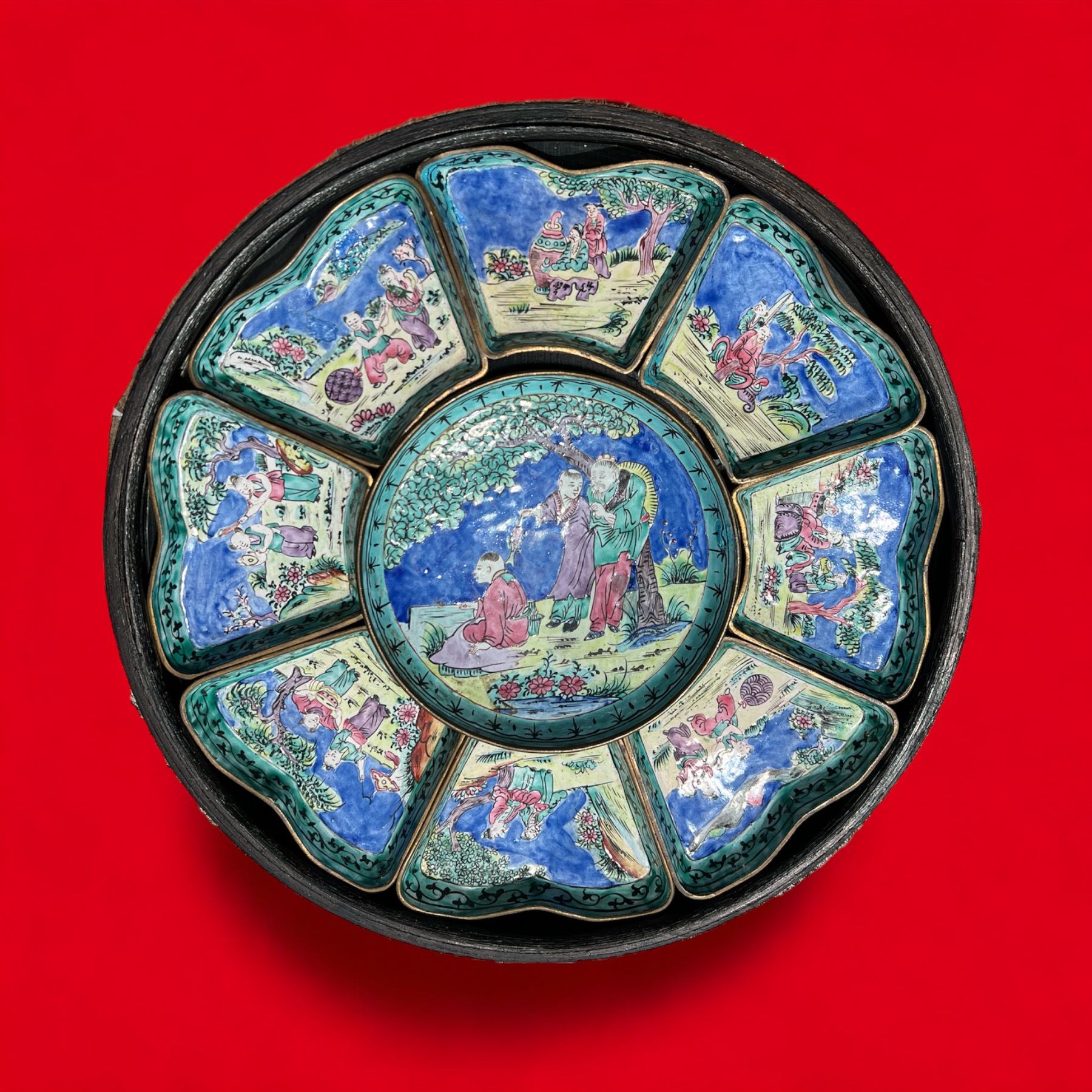

There’s also a selection of interesting Shipwreck items. We’re always looking for these, as they have the allure of being under the sea for hundred of years – and are therefore ‘guaranteed’ to be authentic. Compare this to items that just turn up out of nowhere without a rock-solid provenance like a shipwreck: they’re much harder to be certain about authenticity. We have a selection of pieces & shards from various known & dated shipwrecks as our pieces for direct comparison & learning.
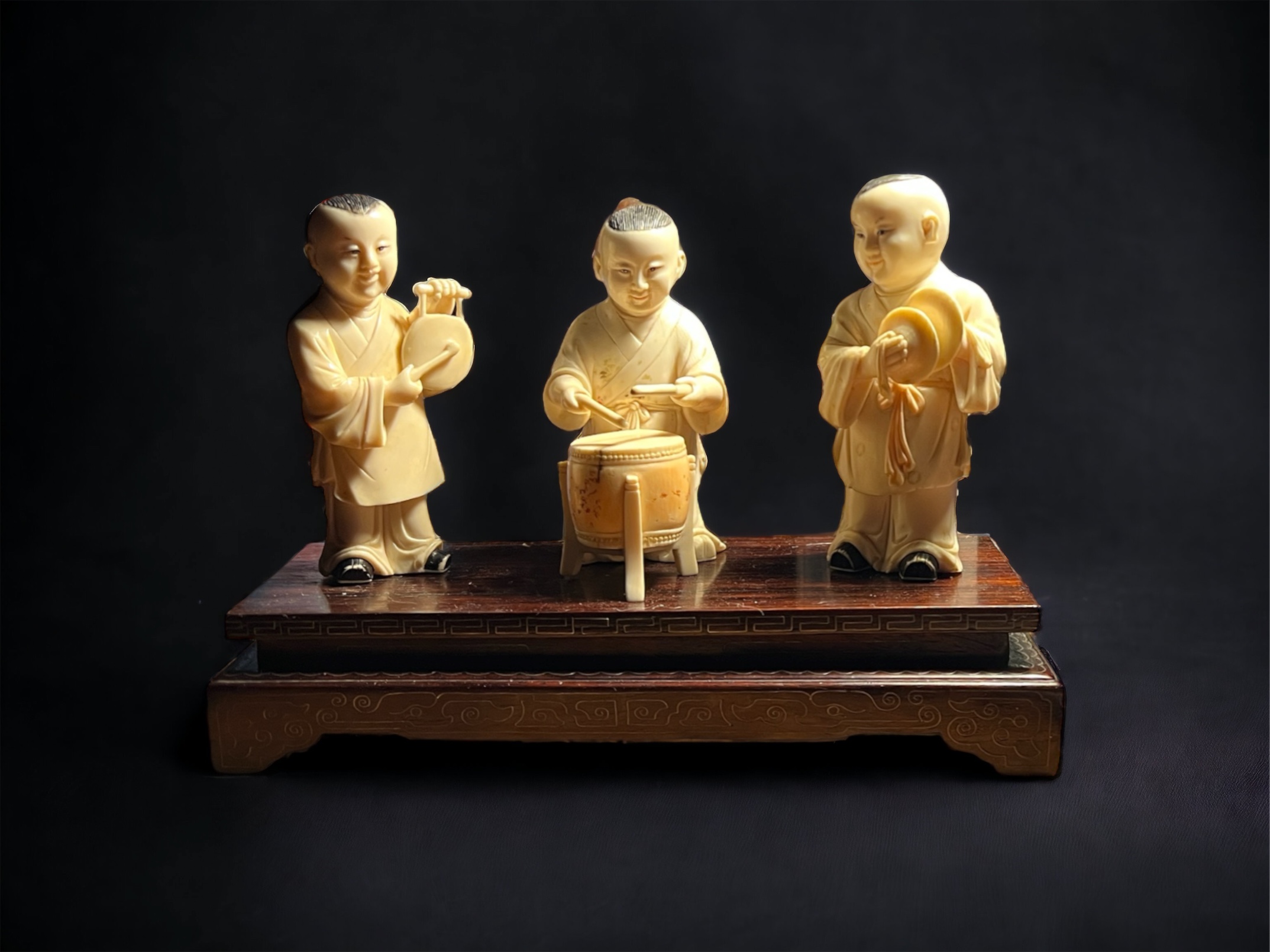
Coming Soon!
Delightful band of Chinese Musical Children, late Qing Dynasty
Fresh Asian Stock
-
 Chinese Black Cloisonné vase with blue-scale dragon, c. 1900Sold
Chinese Black Cloisonné vase with blue-scale dragon, c. 1900Sold -
 Japanese Cloisonné vase, fine colourful patterns, c. 1890$75.00 AUD
Japanese Cloisonné vase, fine colourful patterns, c. 1890$75.00 AUD -
 Chinese Porcelain bowl, Dragon & Phoenix on red ground, c. 1900$185.00 AUD
Chinese Porcelain bowl, Dragon & Phoenix on red ground, c. 1900$185.00 AUD -
 Chinese export plate, ‘Western Chamber’ scene, Qianglong period c.1780$680.00 AUD
Chinese export plate, ‘Western Chamber’ scene, Qianglong period c.1780$680.00 AUD -
 Chinese export plate, ‘Western Chamber’ scene, Qianglong period c.1780$680.00 AUD
Chinese export plate, ‘Western Chamber’ scene, Qianglong period c.1780$680.00 AUD -
 Chinese Canton Enamel segmented dish set, figures in gardens, c. 1900$780.00 AUD
Chinese Canton Enamel segmented dish set, figures in gardens, c. 1900$780.00 AUD -
 Fine Japanese lacquer box, landscape, earlier 20th c.$45.00 AUD
Fine Japanese lacquer box, landscape, earlier 20th c.$45.00 AUD -
 Chinese Canton Enamel dish, butterflies & flowers, Qing Dynasty$145.00 AUD
Chinese Canton Enamel dish, butterflies & flowers, Qing Dynasty$145.00 AUD -
 Chinese ginger jar, underglaze blue river landscape, 18th/19th century$395.00 AUD
Chinese ginger jar, underglaze blue river landscape, 18th/19th century$395.00 AUD -
 Small Cloisonné vase with flowers, 20th c.$45.00 AUD
Small Cloisonné vase with flowers, 20th c.$45.00 AUD -
 Thai stoneware covered jar 15th Century$280.00 AUD
Thai stoneware covered jar 15th Century$280.00 AUD -
 Small Chinese export plate, ‘DR’ monogram, c. 1790Sold
Small Chinese export plate, ‘DR’ monogram, c. 1790Sold -
 Chinese Cloisonné Quail, gilt copper details, c. 1900Sold
Chinese Cloisonné Quail, gilt copper details, c. 1900Sold -
 Chinese Ivory puzzle ball, figural support, damaged interior c. 1900Sold
Chinese Ivory puzzle ball, figural support, damaged interior c. 1900Sold -
 Japanese stoneware tea bowl, iris decoration c.1900$15.00 AUD
Japanese stoneware tea bowl, iris decoration c.1900$15.00 AUD -
 Chinese Enamel bowl, ducks & lotus, poem & 4-character Qianlong mark, 19thc.$295.00 AUD
Chinese Enamel bowl, ducks & lotus, poem & 4-character Qianlong mark, 19thc.$295.00 AUD -
 Japanese Satsuma pottery vase, flower garden & verse, Meiji 19th century$65.00 AUD
Japanese Satsuma pottery vase, flower garden & verse, Meiji 19th century$65.00 AUD -
 Satsuma belt buckle, cranes in a garden, 19th century$165.00 AUD
Satsuma belt buckle, cranes in a garden, 19th century$165.00 AUD -
 Pair of small Chinese pith paintings, flower seller & fireworks, mid 19th century$295.00 AUD
Pair of small Chinese pith paintings, flower seller & fireworks, mid 19th century$295.00 AUD -
 Bhin Thuan Shipwreck ‘Phoenix’ dish, Chinese Swatow ware, c. 1608Sold
Bhin Thuan Shipwreck ‘Phoenix’ dish, Chinese Swatow ware, c. 1608Sold -
 Hoi An shipwreck large charger with bird in foliage Late 15th C$1,350.00 AUD
Hoi An shipwreck large charger with bird in foliage Late 15th C$1,350.00 AUD -
 Song Dynasty Mei- Ping, dark brown/black glaze, 11th-12th century AD$950.00 AUD
Song Dynasty Mei- Ping, dark brown/black glaze, 11th-12th century AD$950.00 AUD -
 Song dynasty shipwreck pot, olive glaze, 960-1269 ADSold
Song dynasty shipwreck pot, olive glaze, 960-1269 ADSold -
 Song dynasty shipwreck pot with 4 small lug handles, 13th -14th century ADSold
Song dynasty shipwreck pot with 4 small lug handles, 13th -14th century ADSold -
 Thai stoneware box, Sukhothai, 14th-16th century$165.00 AUD
Thai stoneware box, Sukhothai, 14th-16th century$165.00 AUD -
 Chinese figural altar vessel, boy on a kylin, 17th century$950.00 AUD
Chinese figural altar vessel, boy on a kylin, 17th century$950.00 AUD -
 Chinese bowl with facing dragons, 17th/18th centurySold
Chinese bowl with facing dragons, 17th/18th centurySold -
 Chinese export coffee cup, pagoda pattern, C. 1790$120.00 AUD
Chinese export coffee cup, pagoda pattern, C. 1790$120.00 AUD -
 Chinese export coffee cup, pagoda pattern, European gold, C. 1790$140.00 AUD
Chinese export coffee cup, pagoda pattern, European gold, C. 1790$140.00 AUD -
 Chinese Export coffee cup, Japanese fabric pattern, c.1760$220.00 AUD
Chinese Export coffee cup, Japanese fabric pattern, c.1760$220.00 AUD

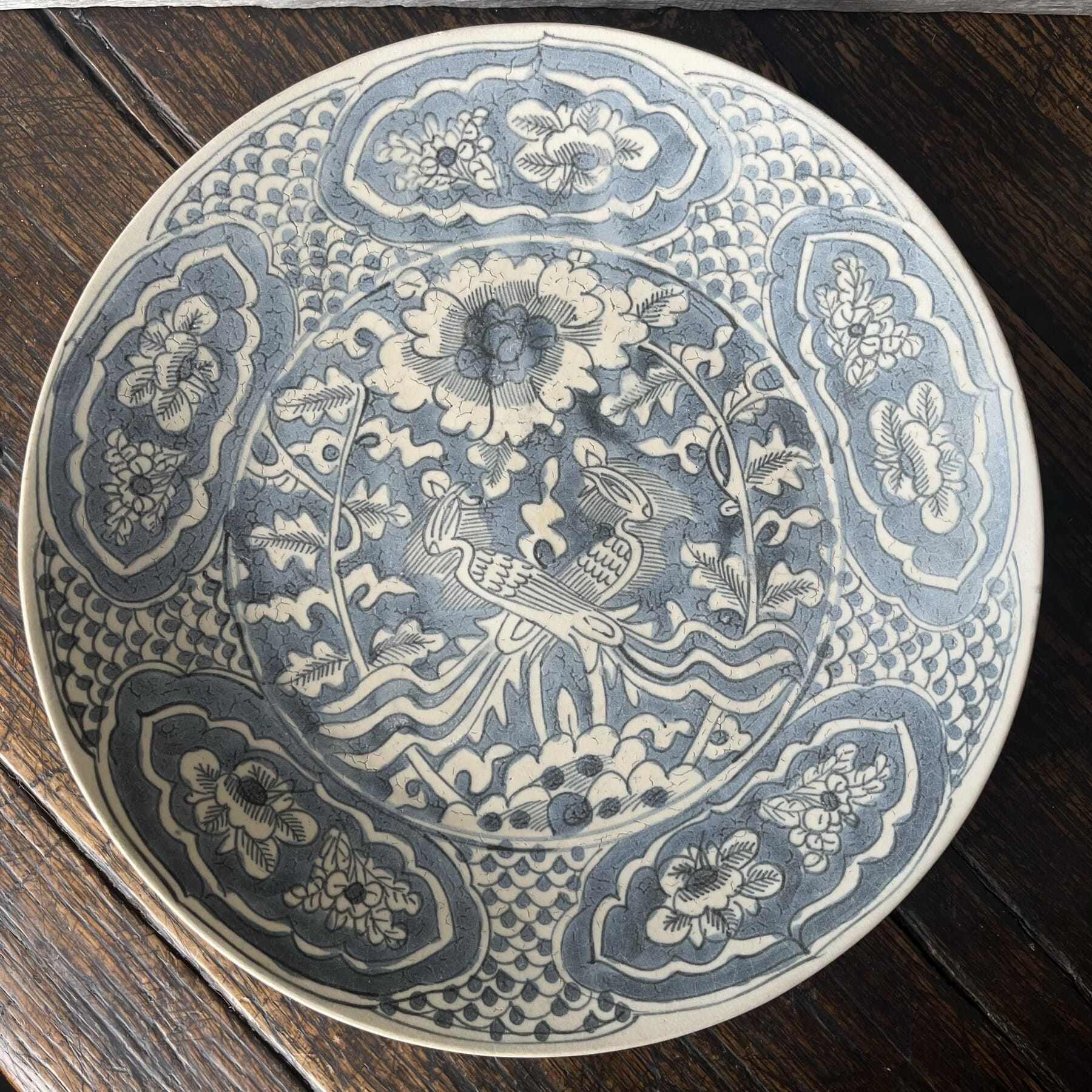
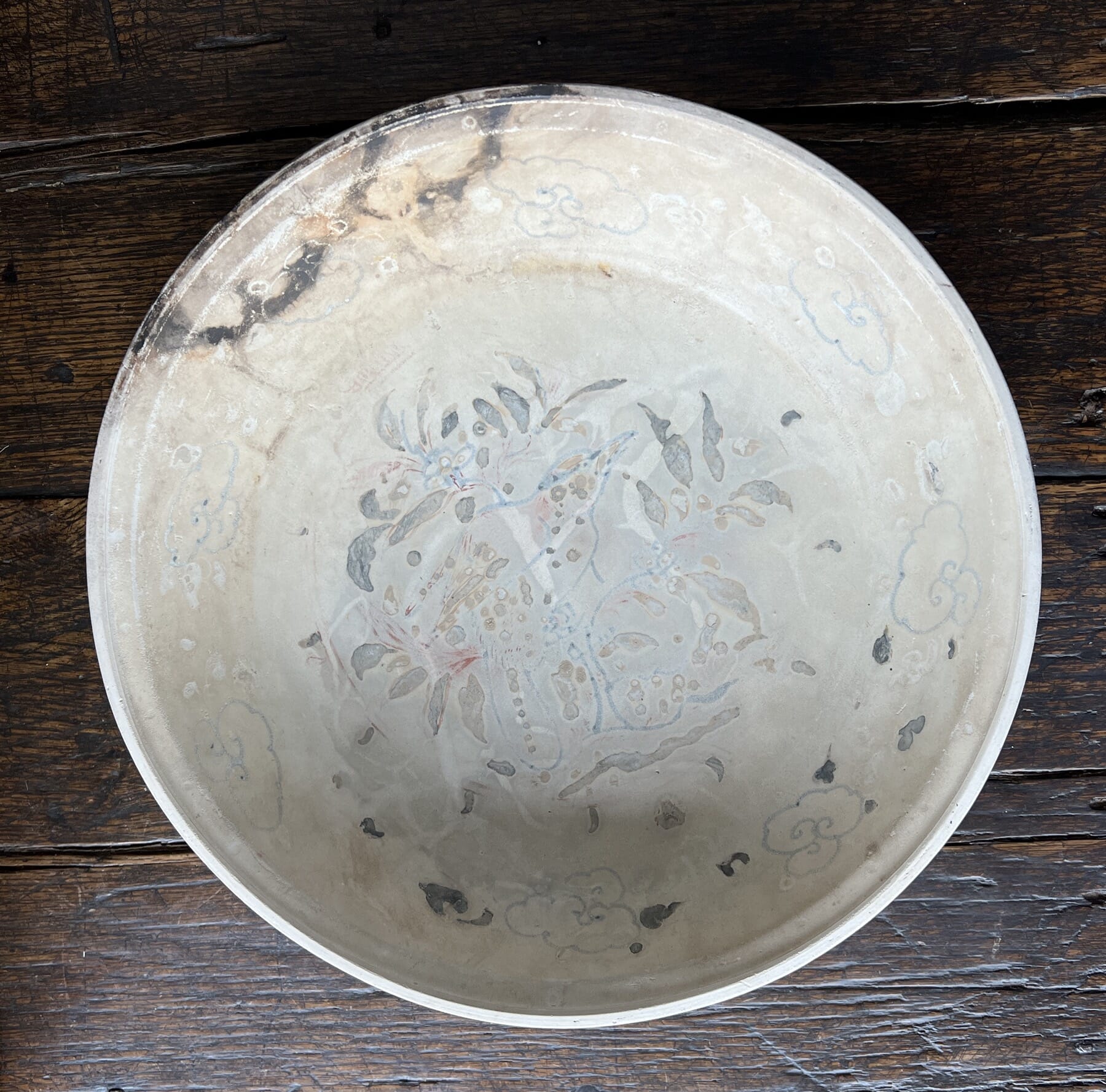
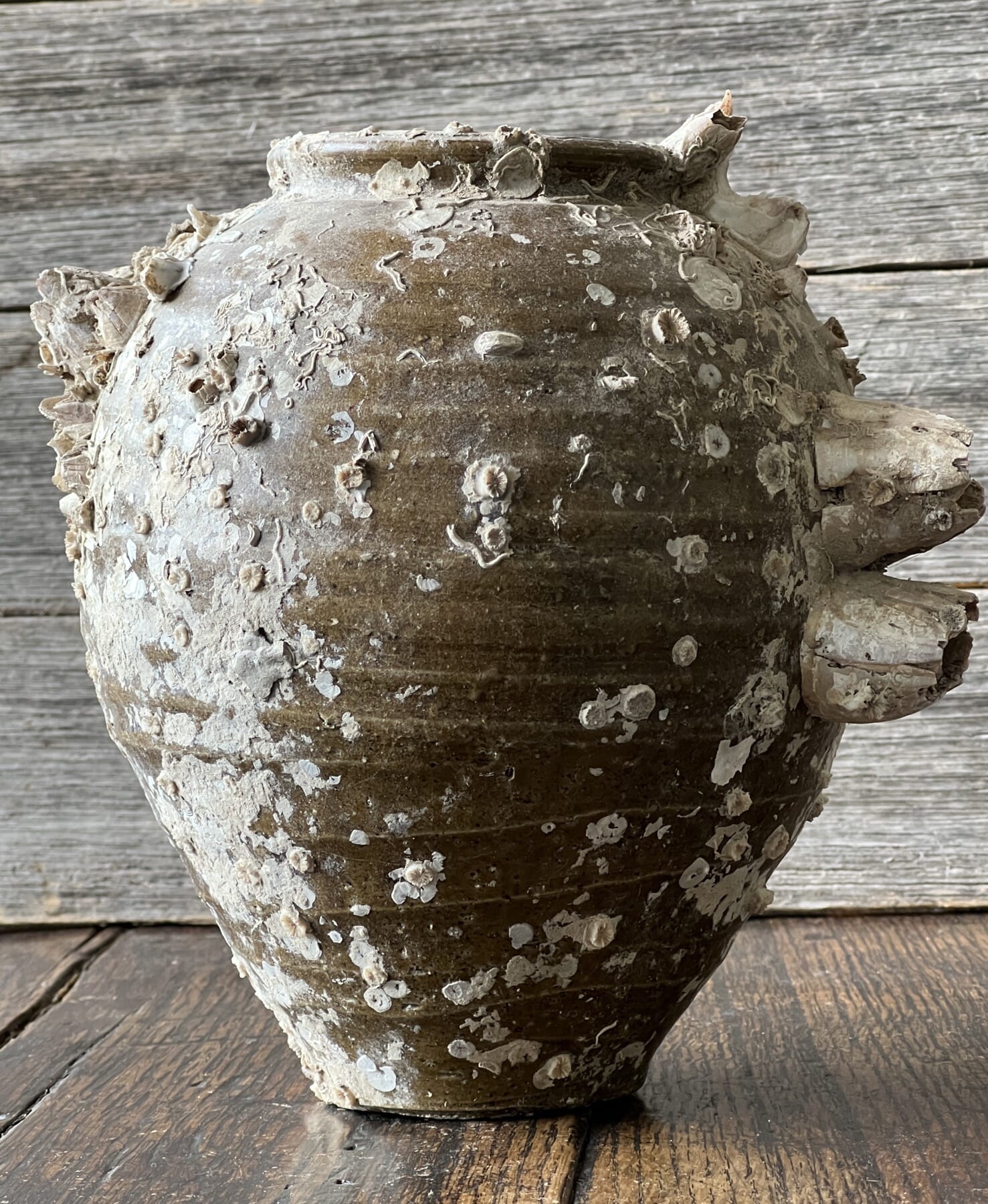
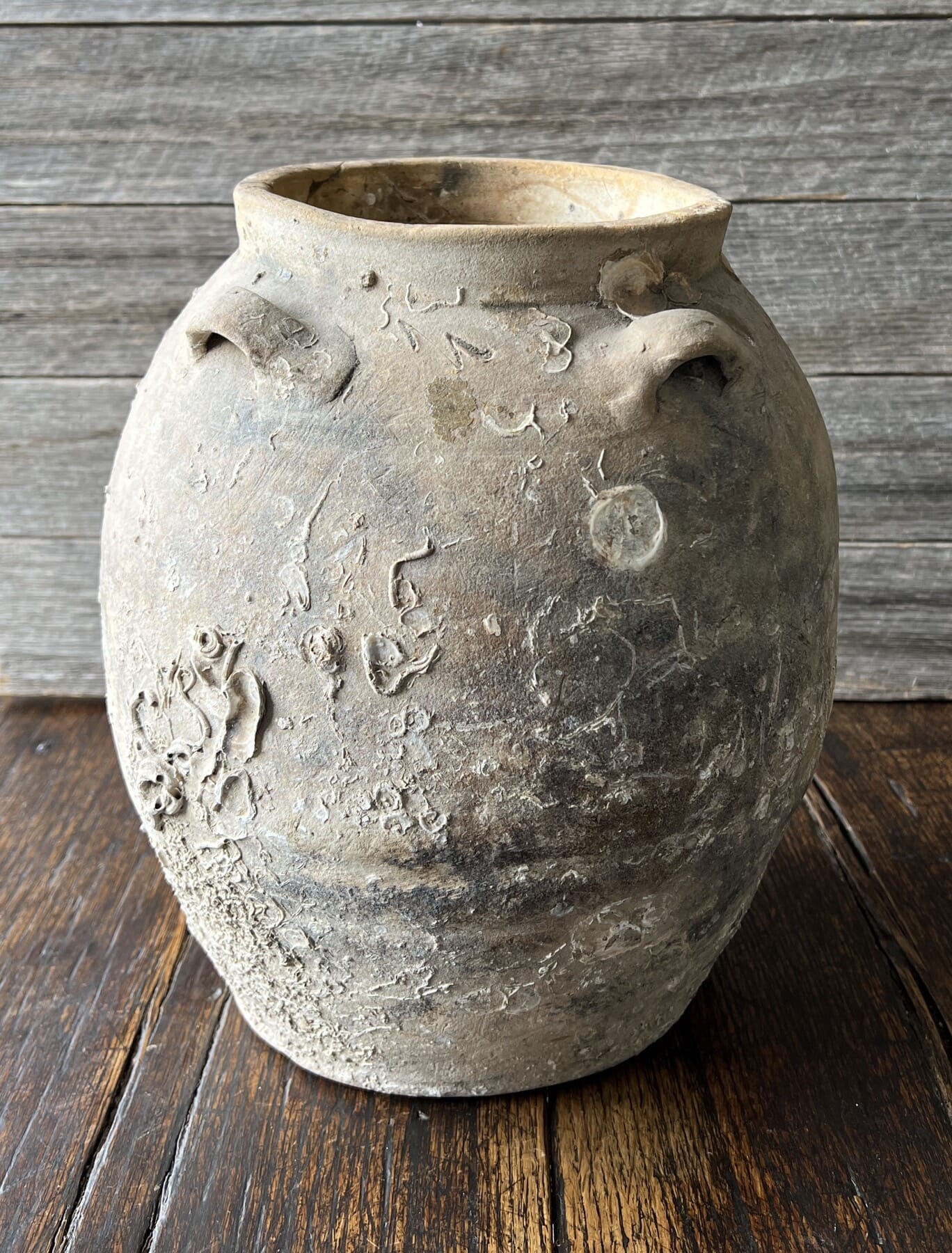

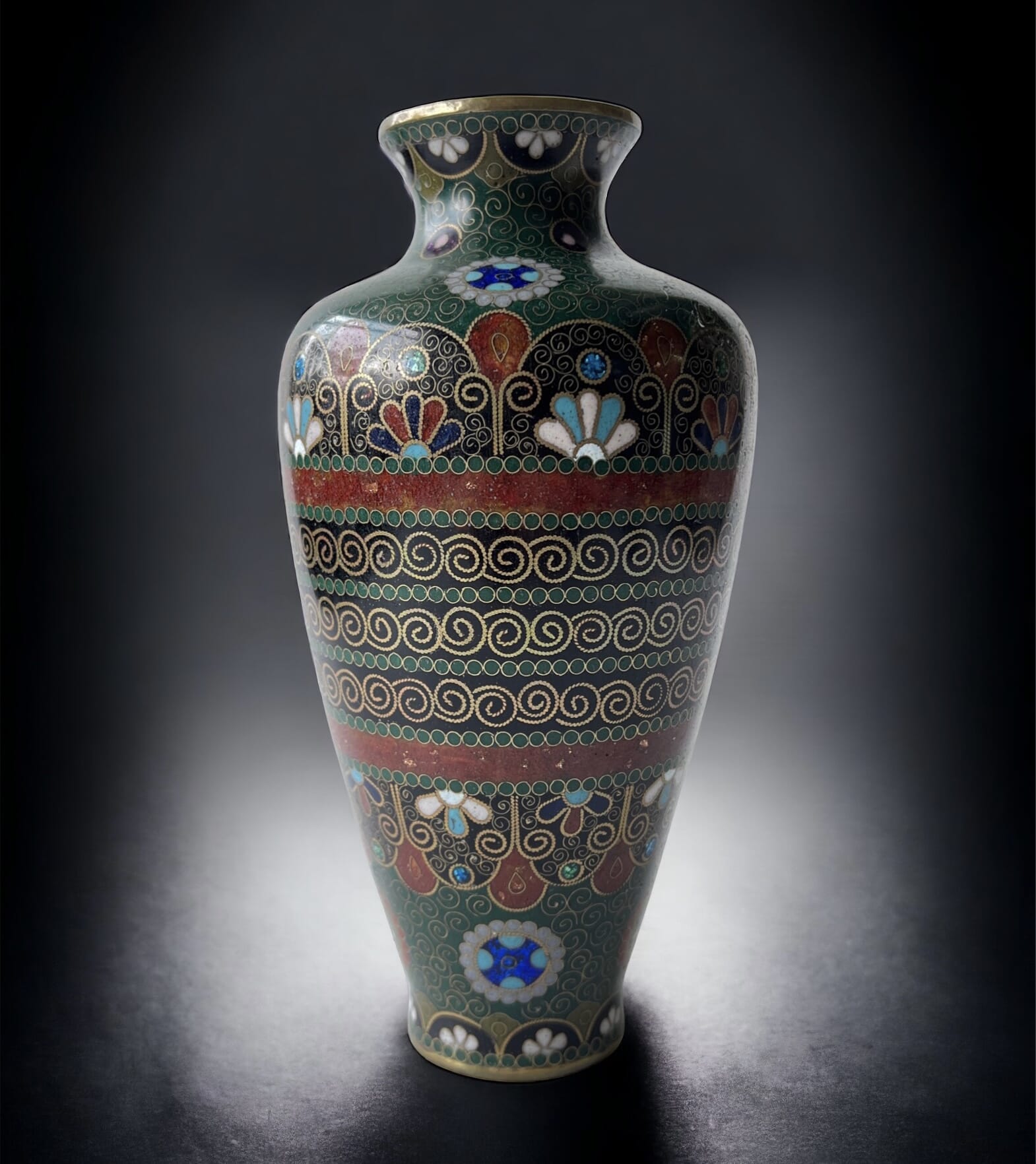
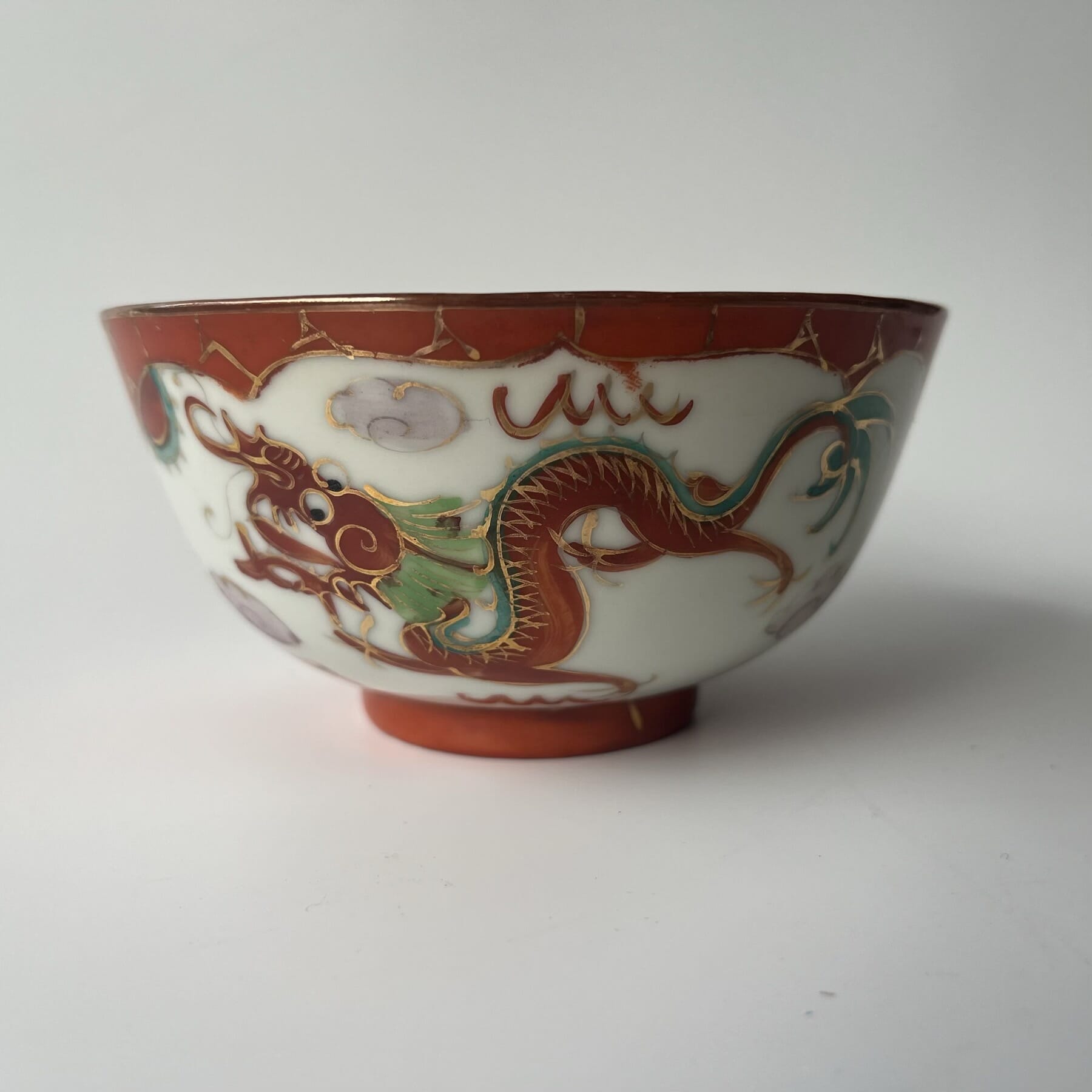

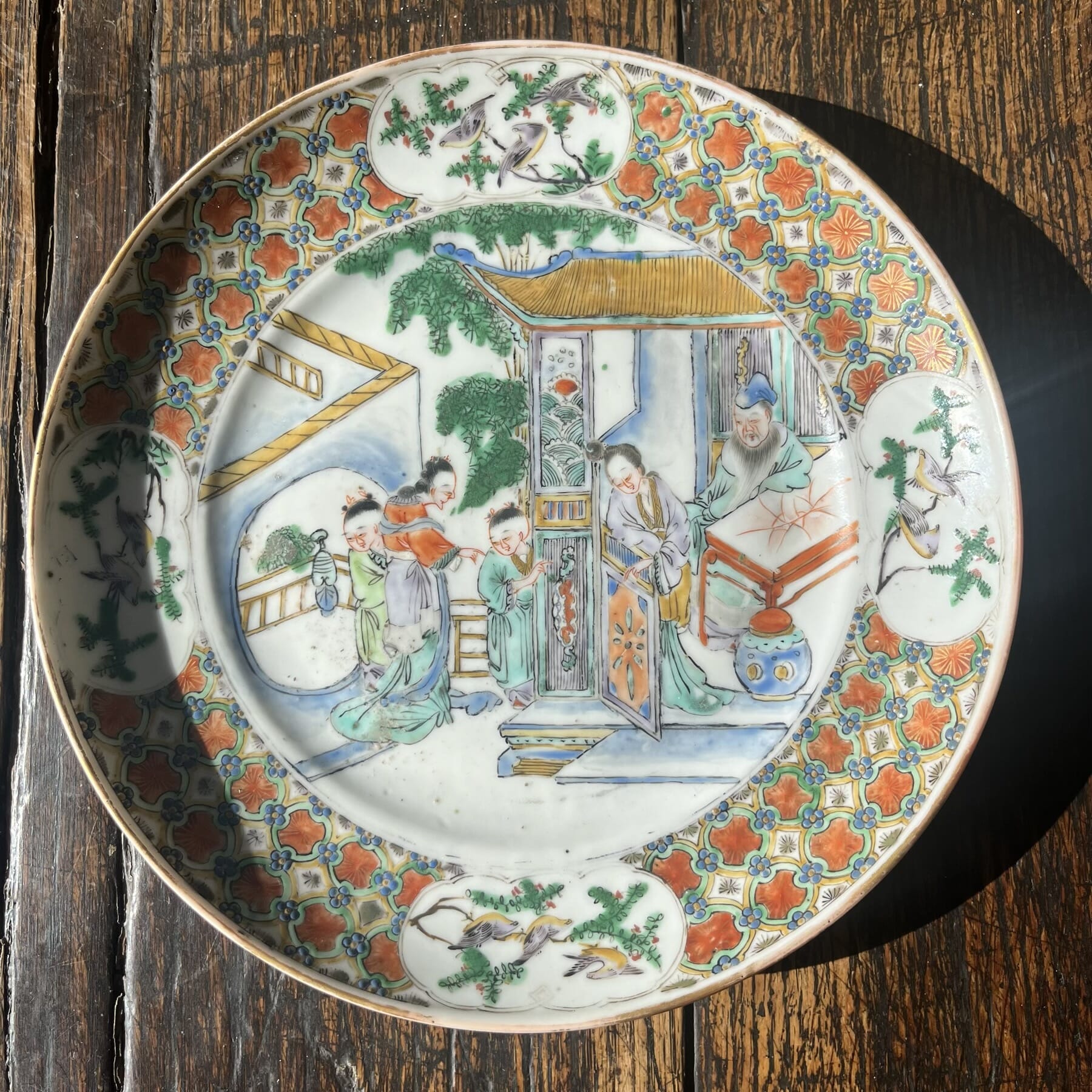
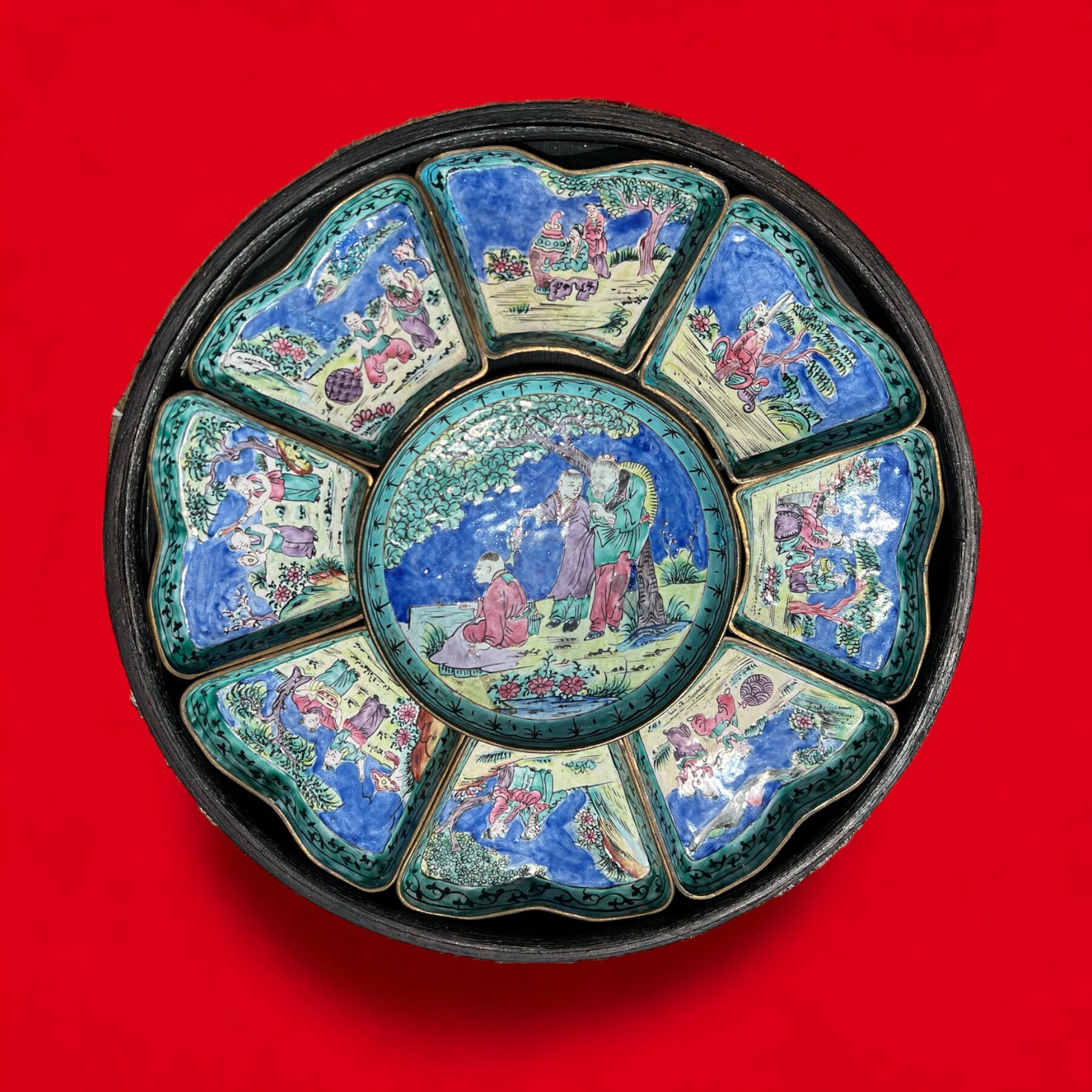
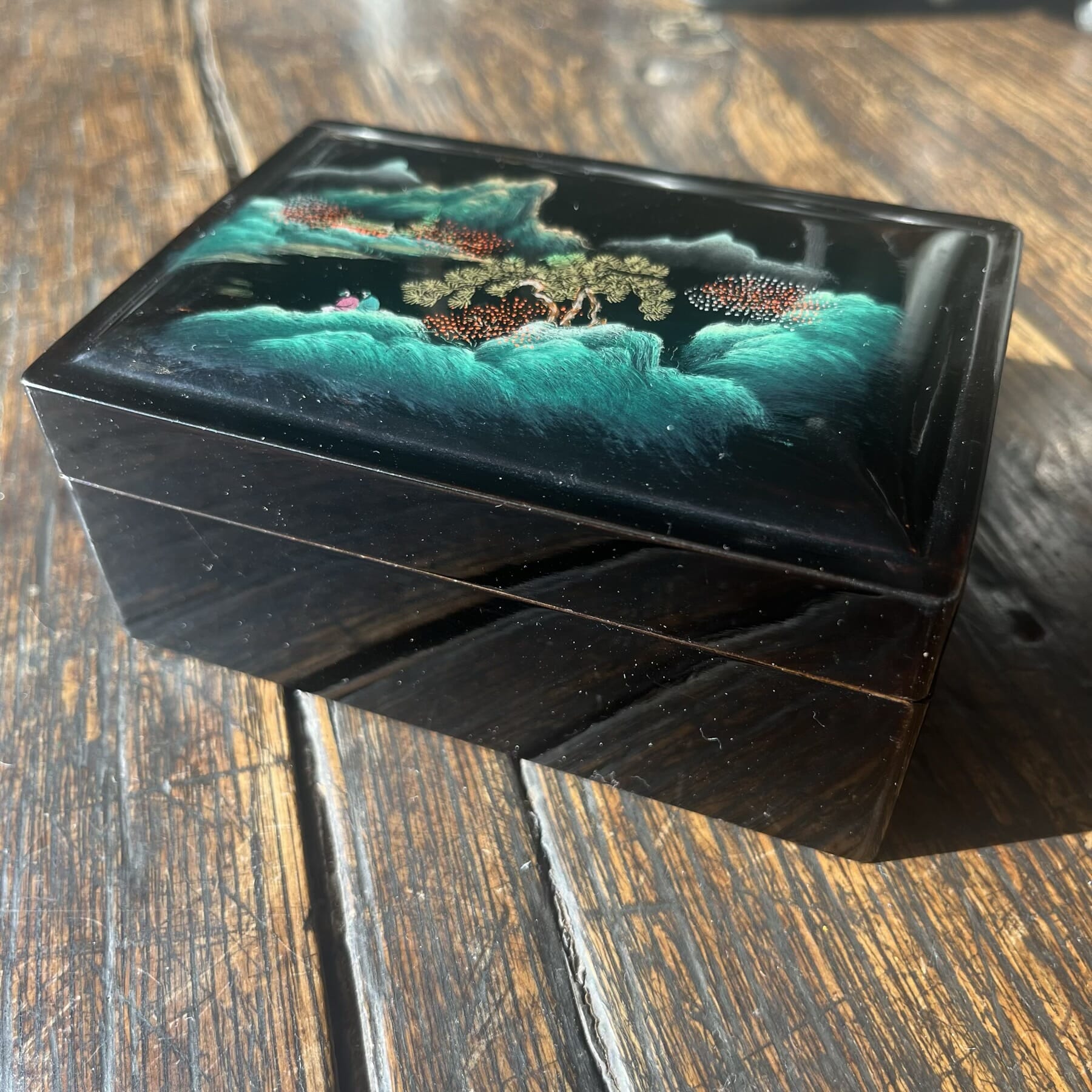

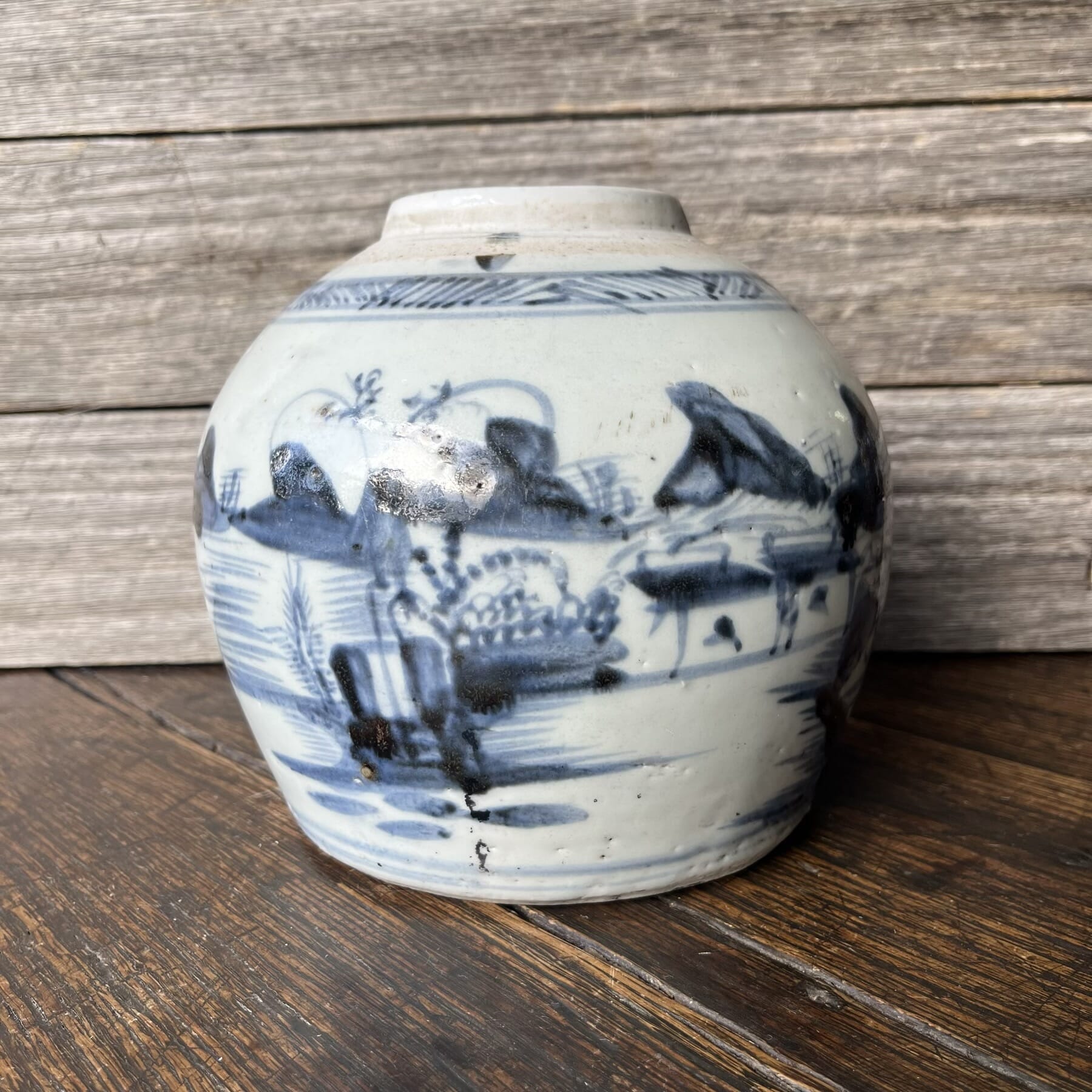
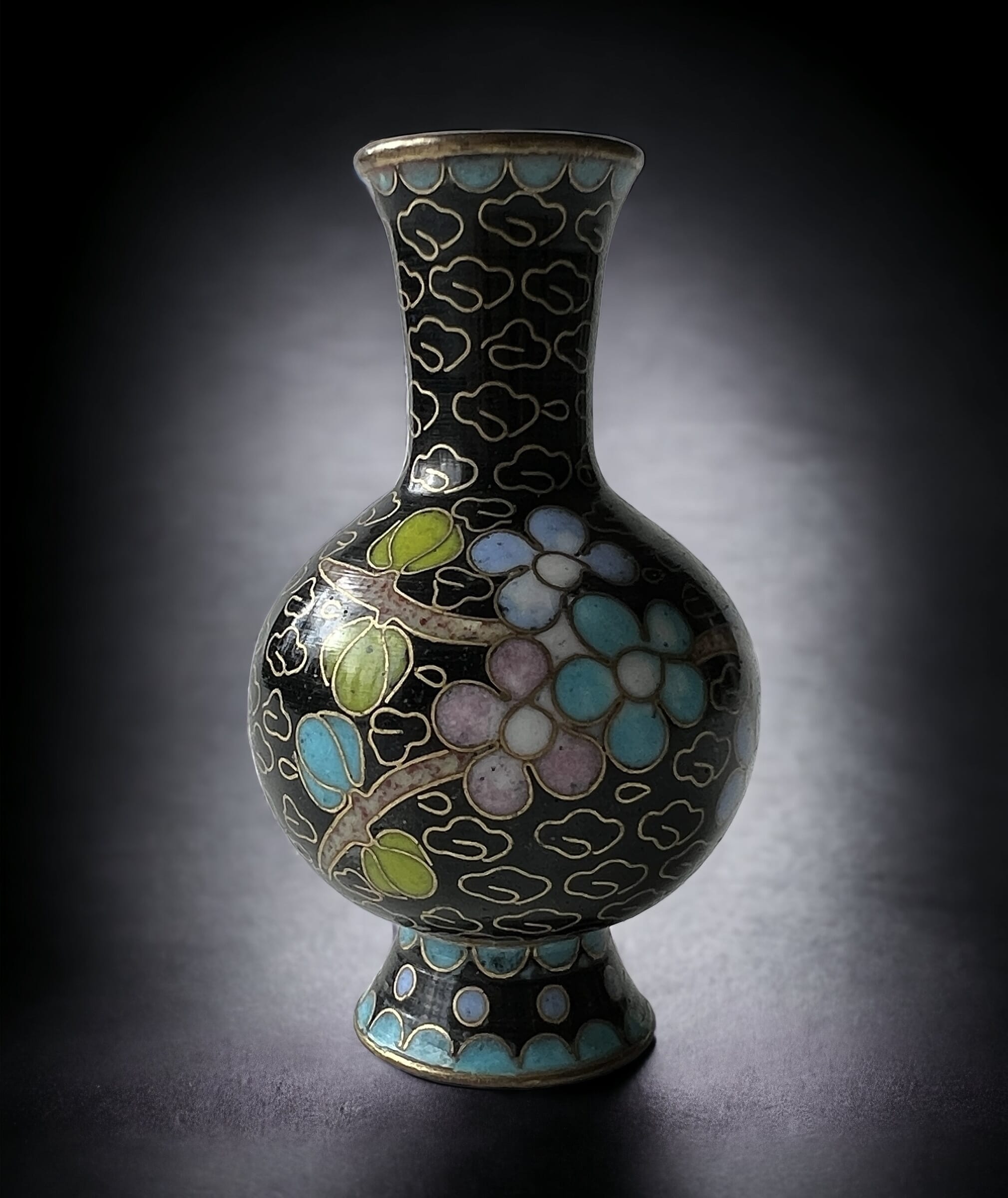
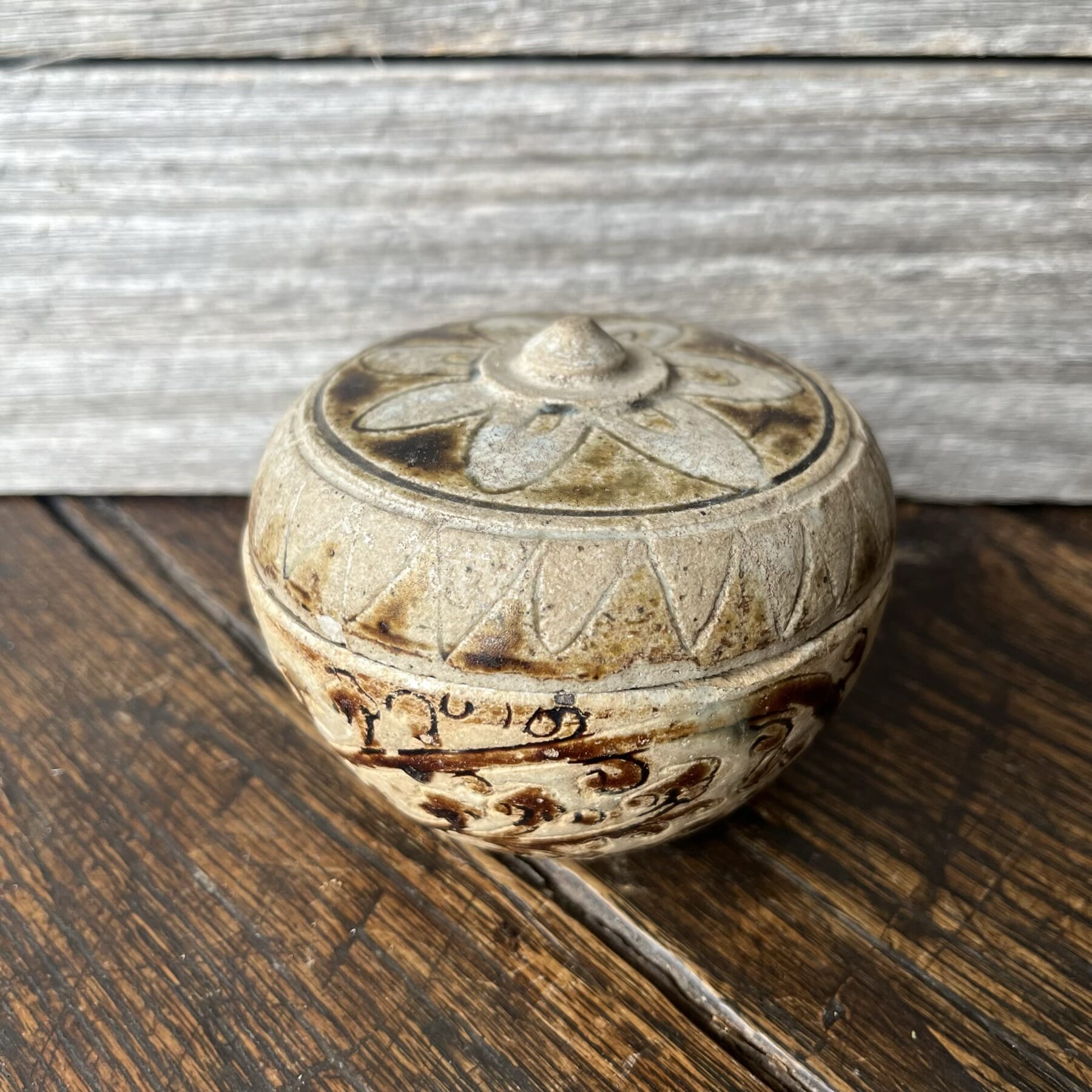
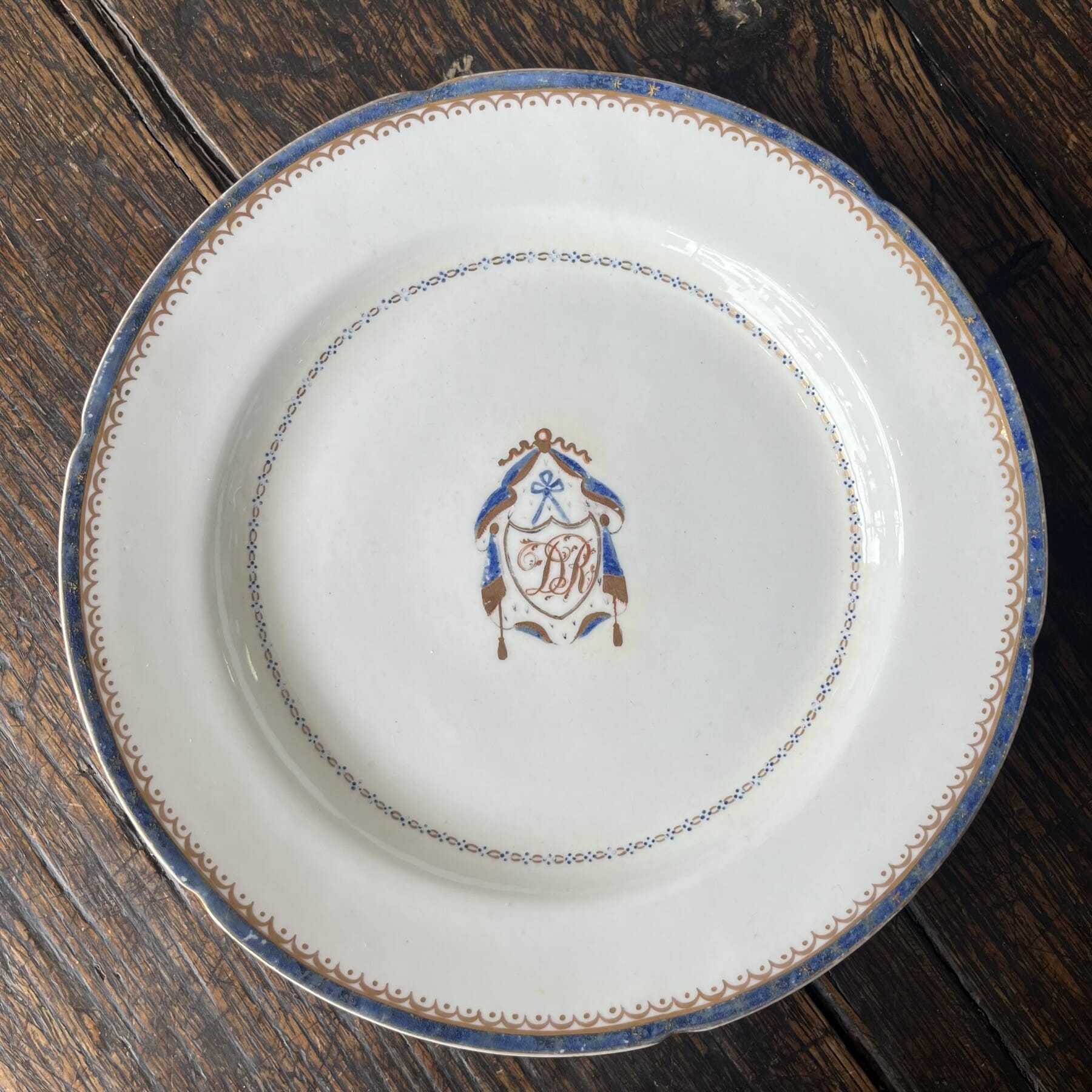
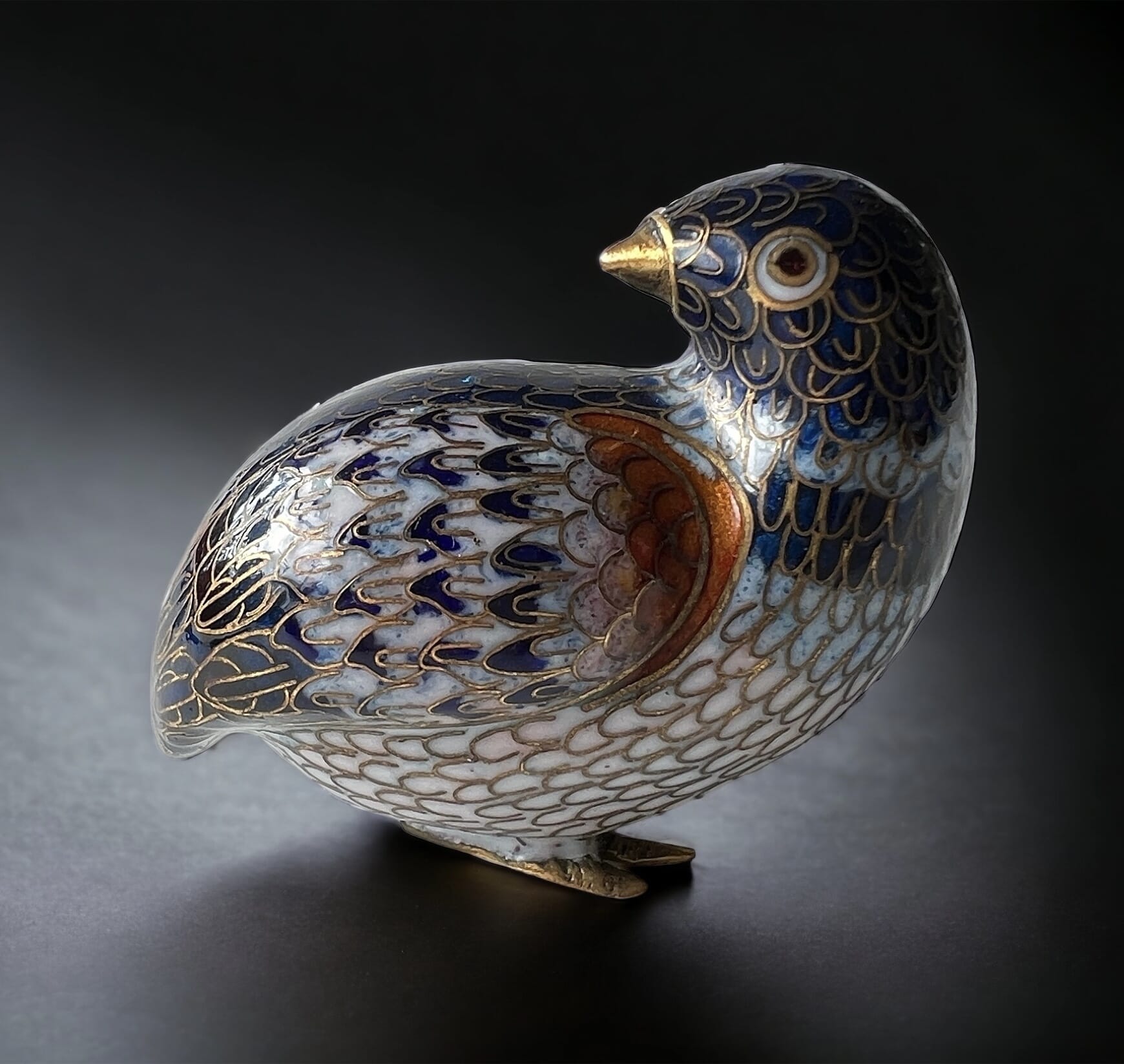
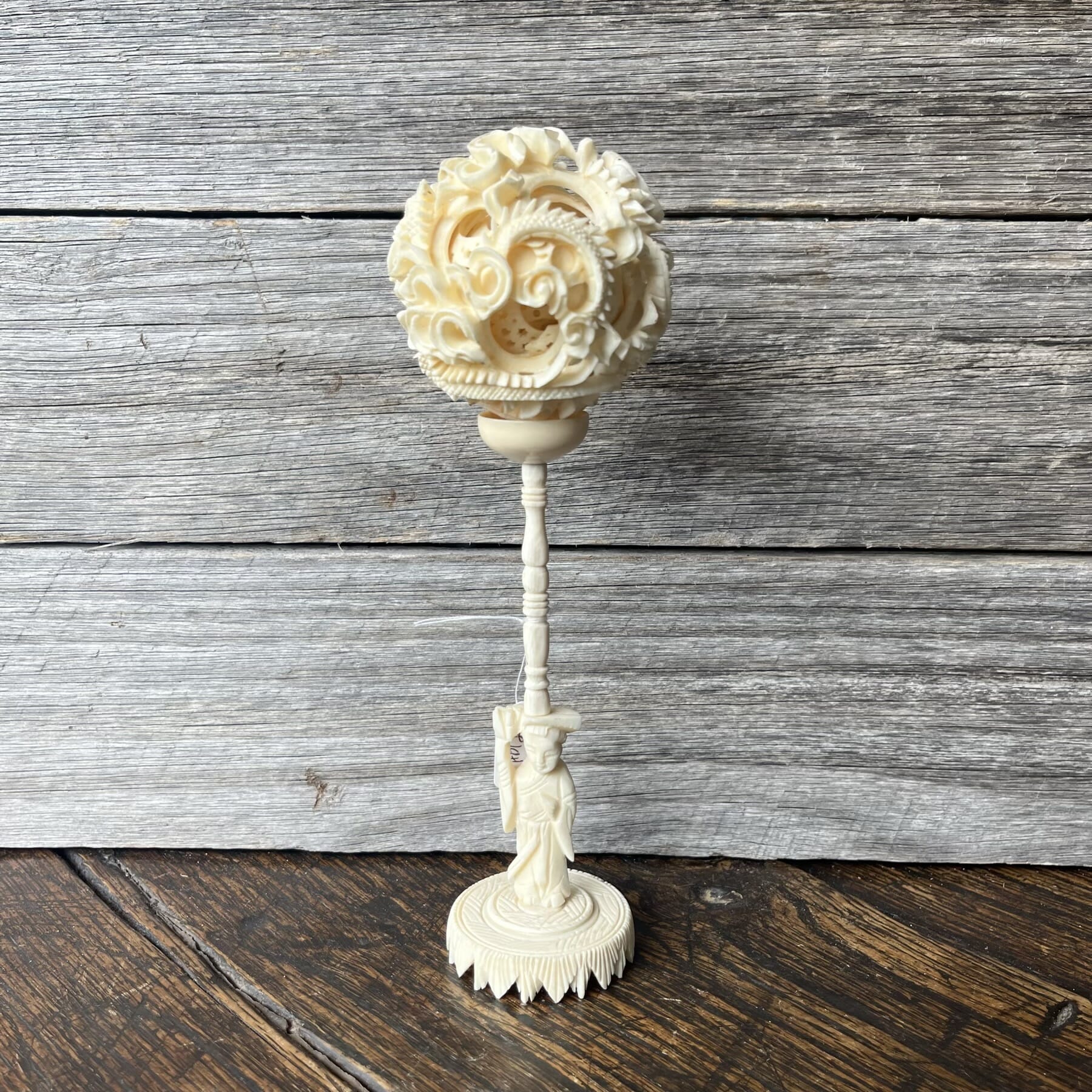
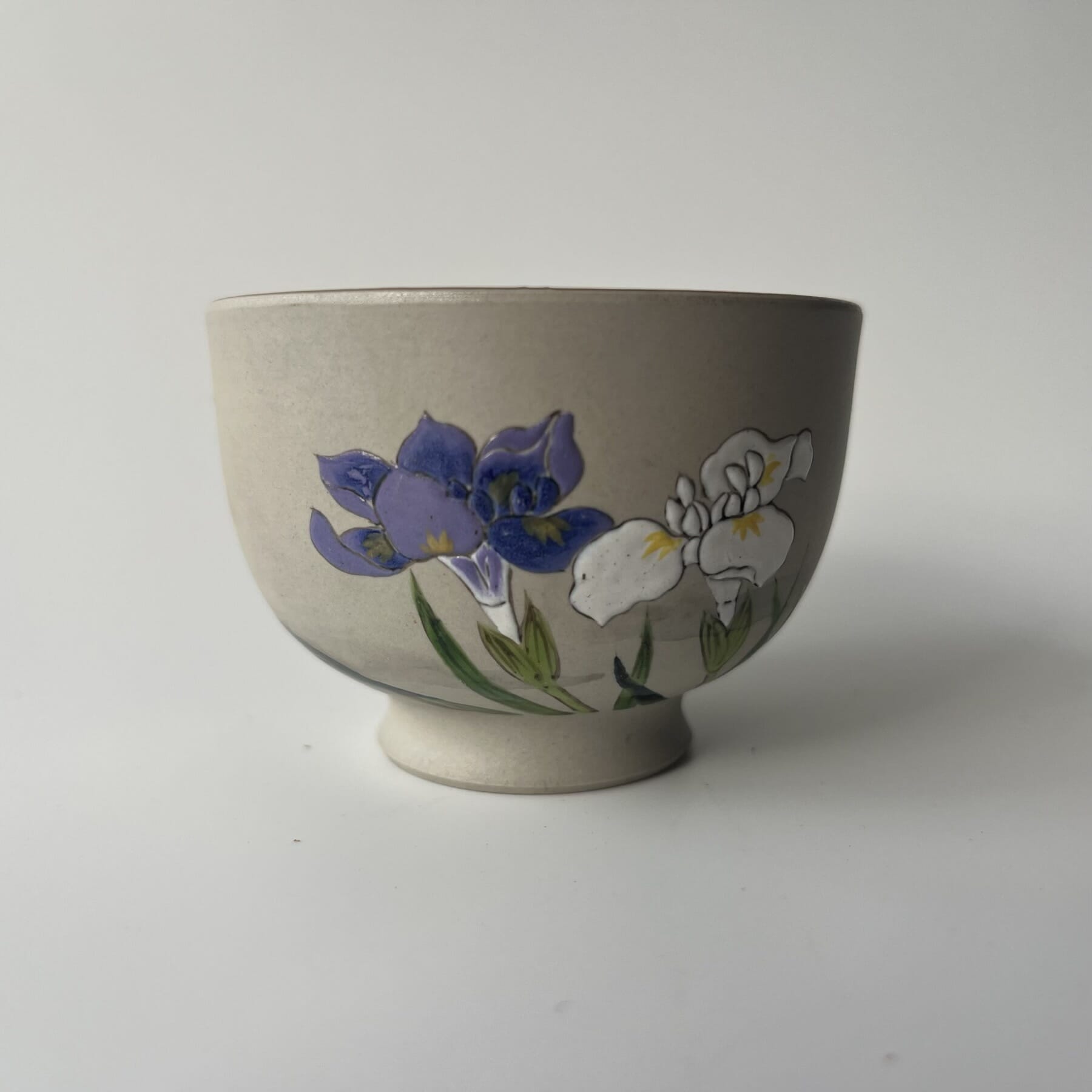
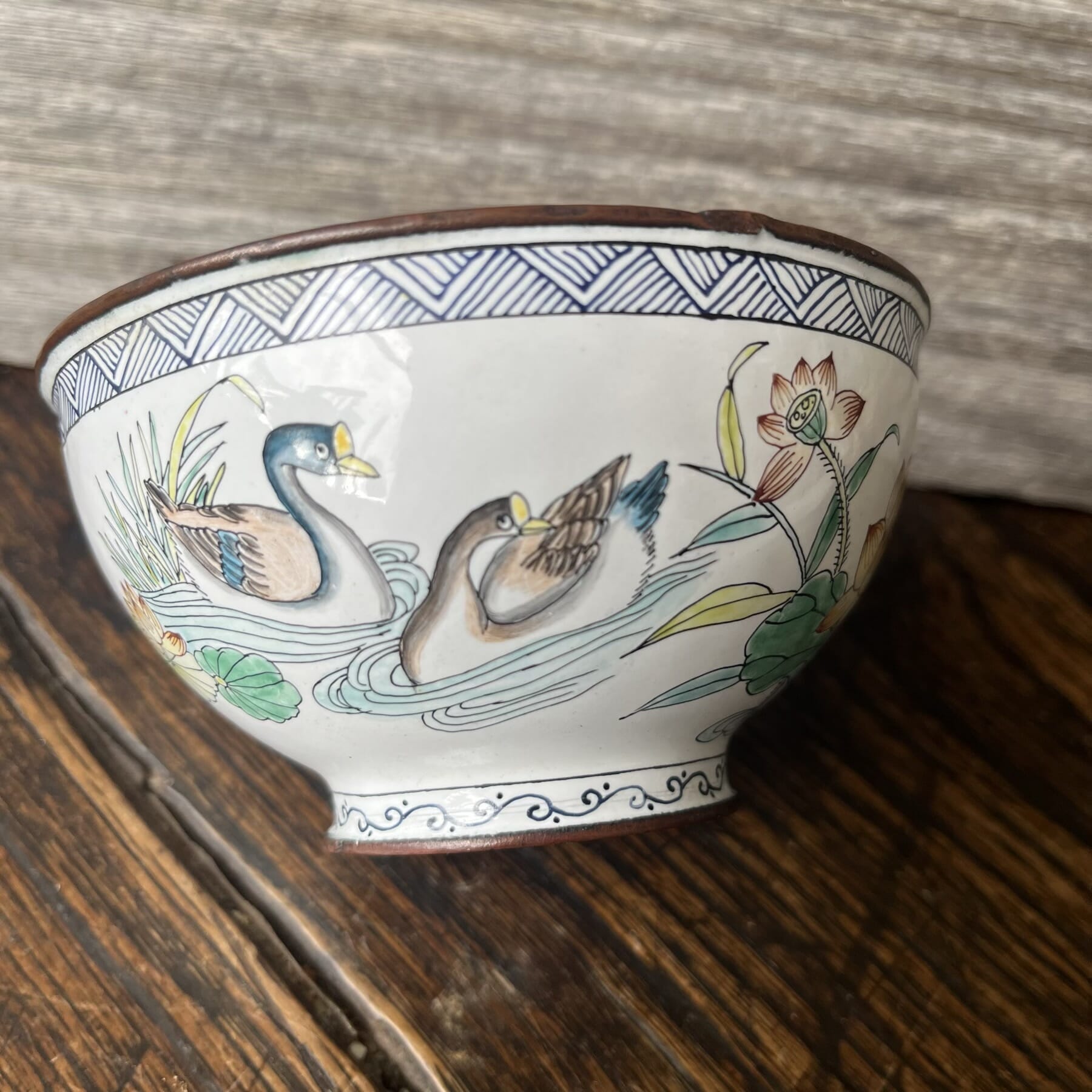
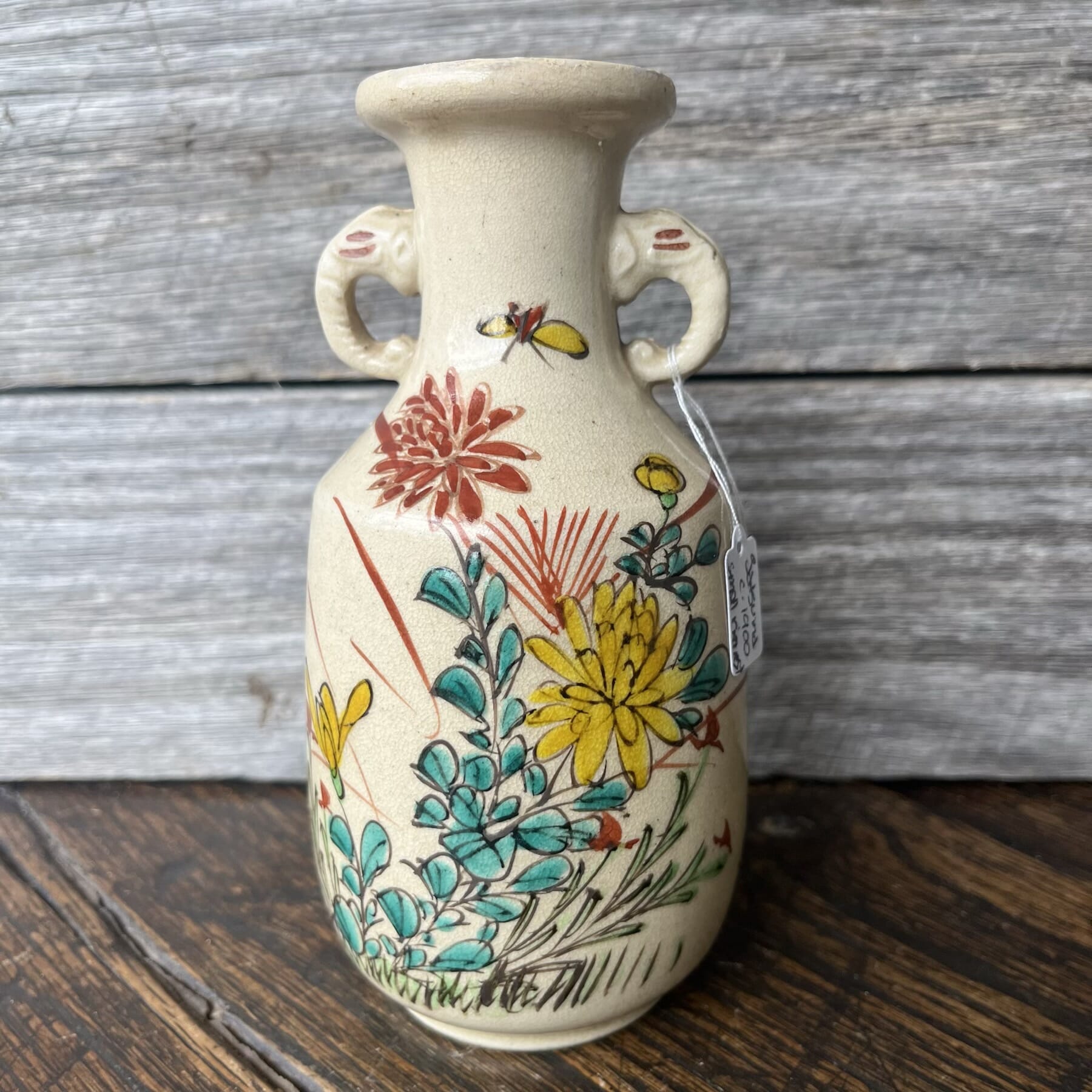
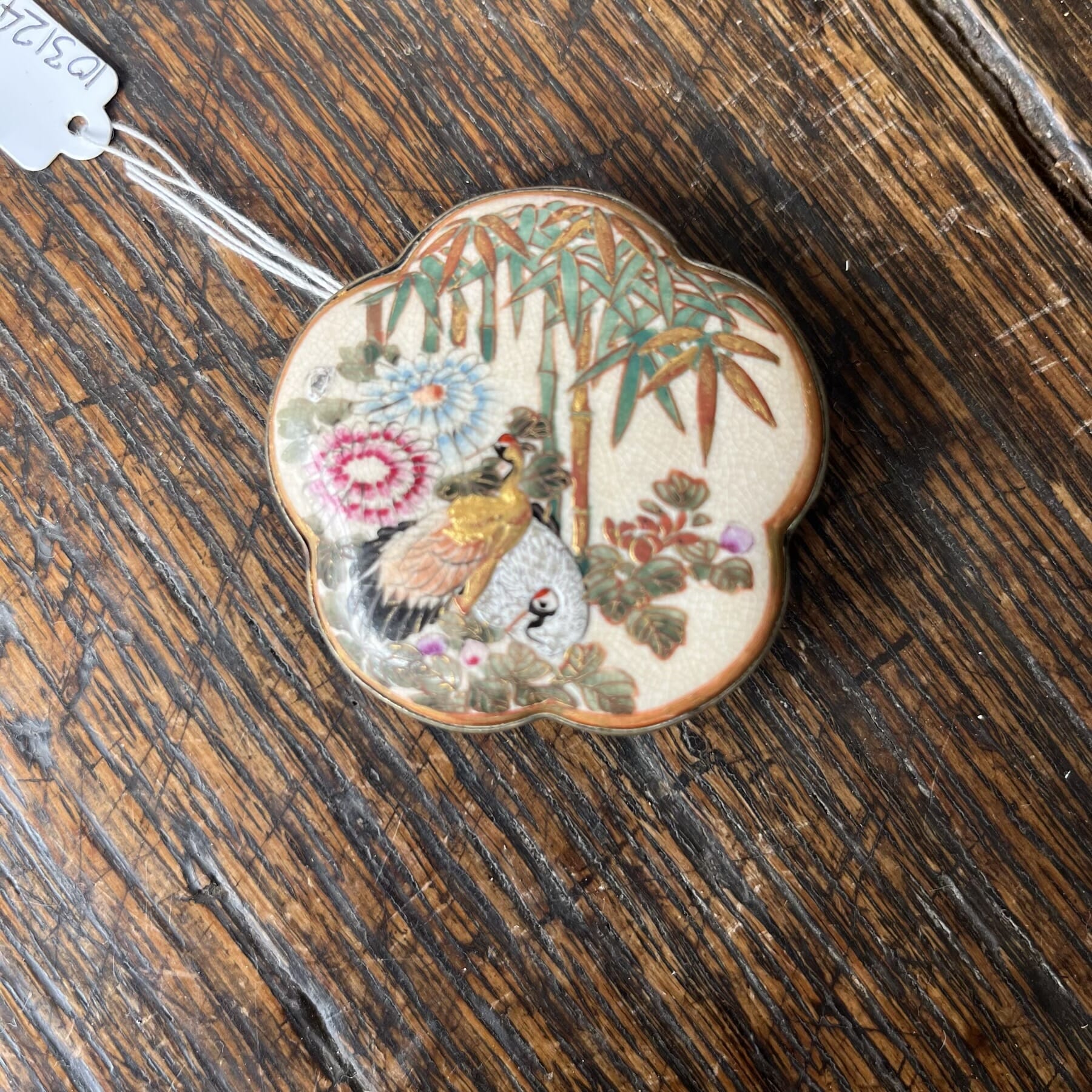
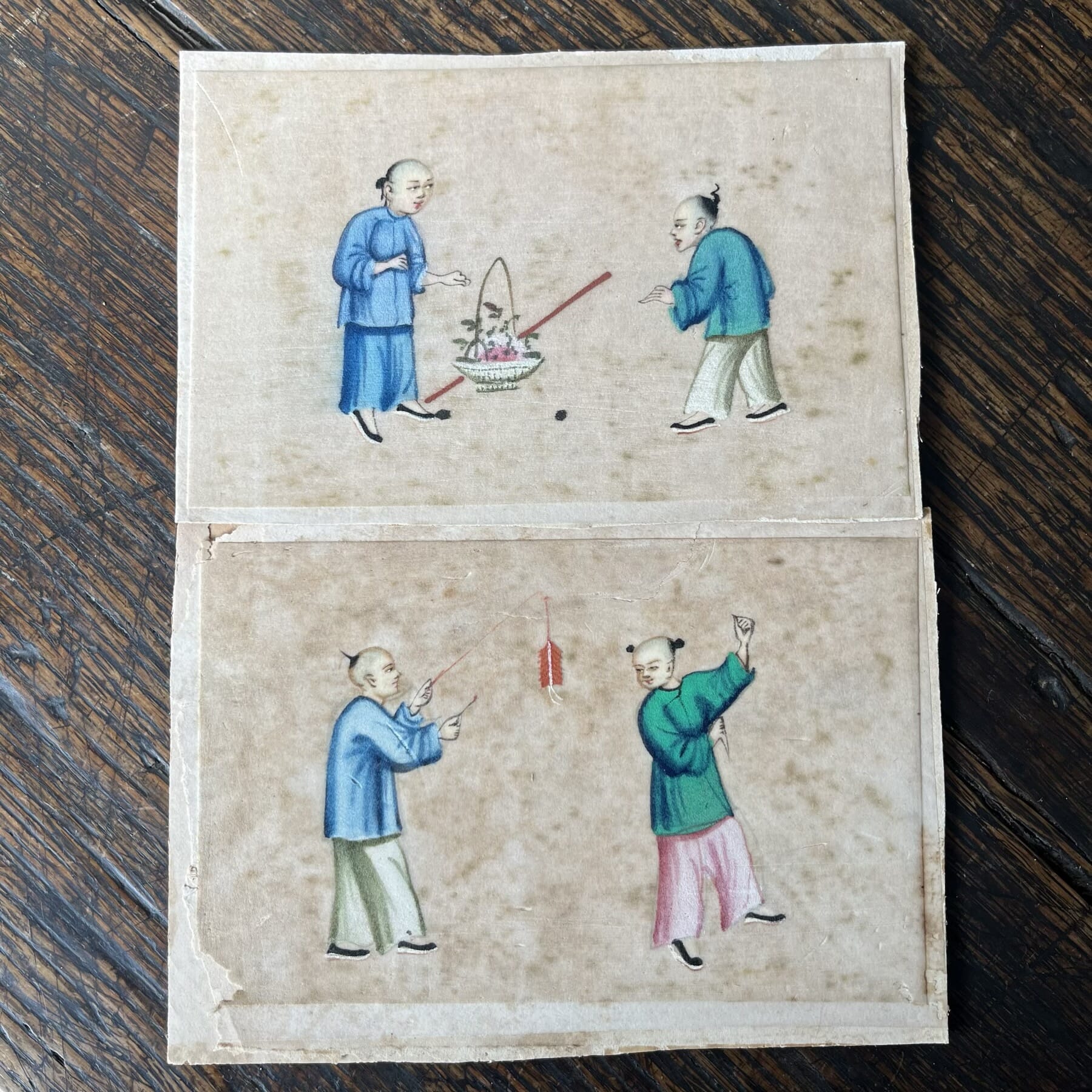
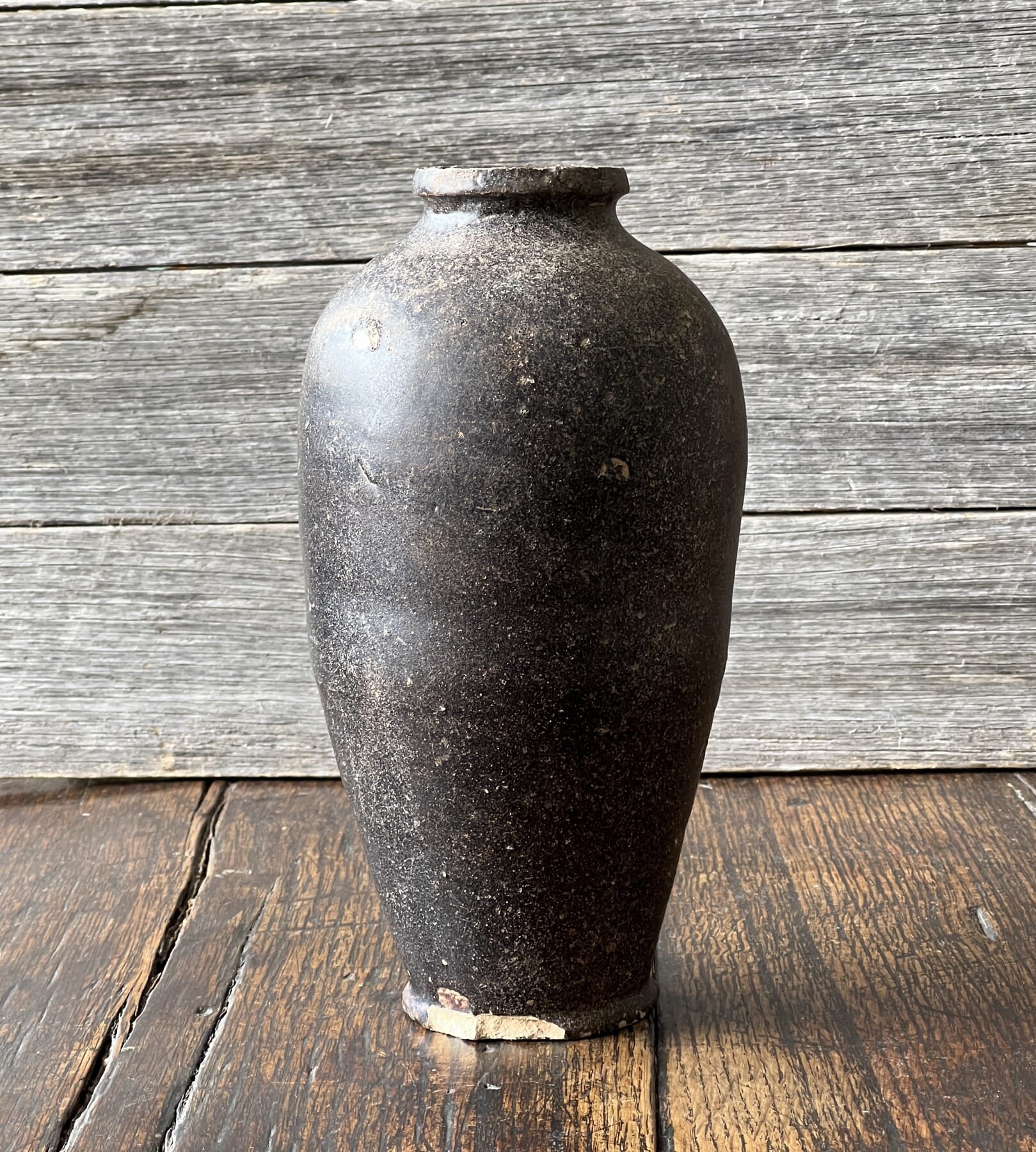

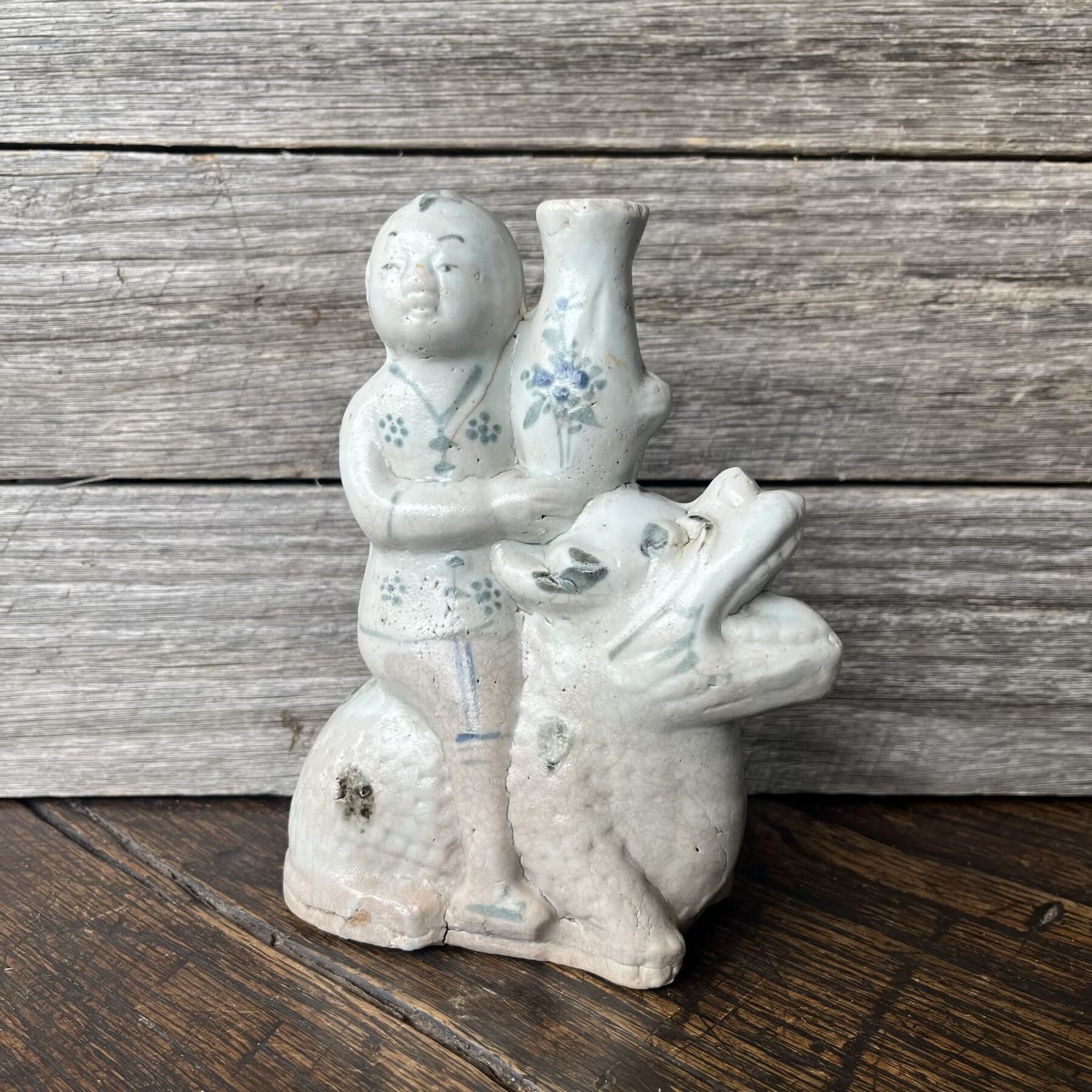
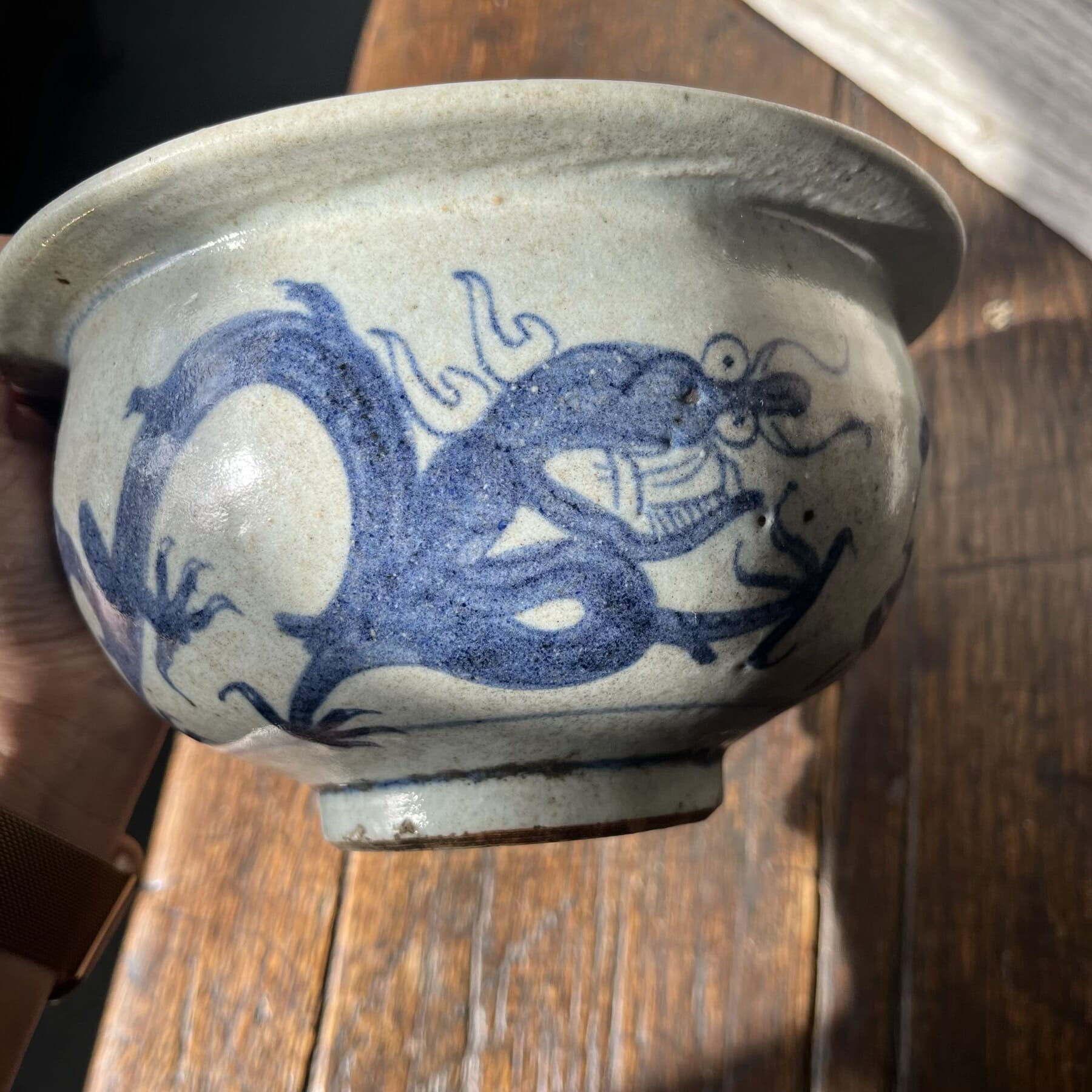
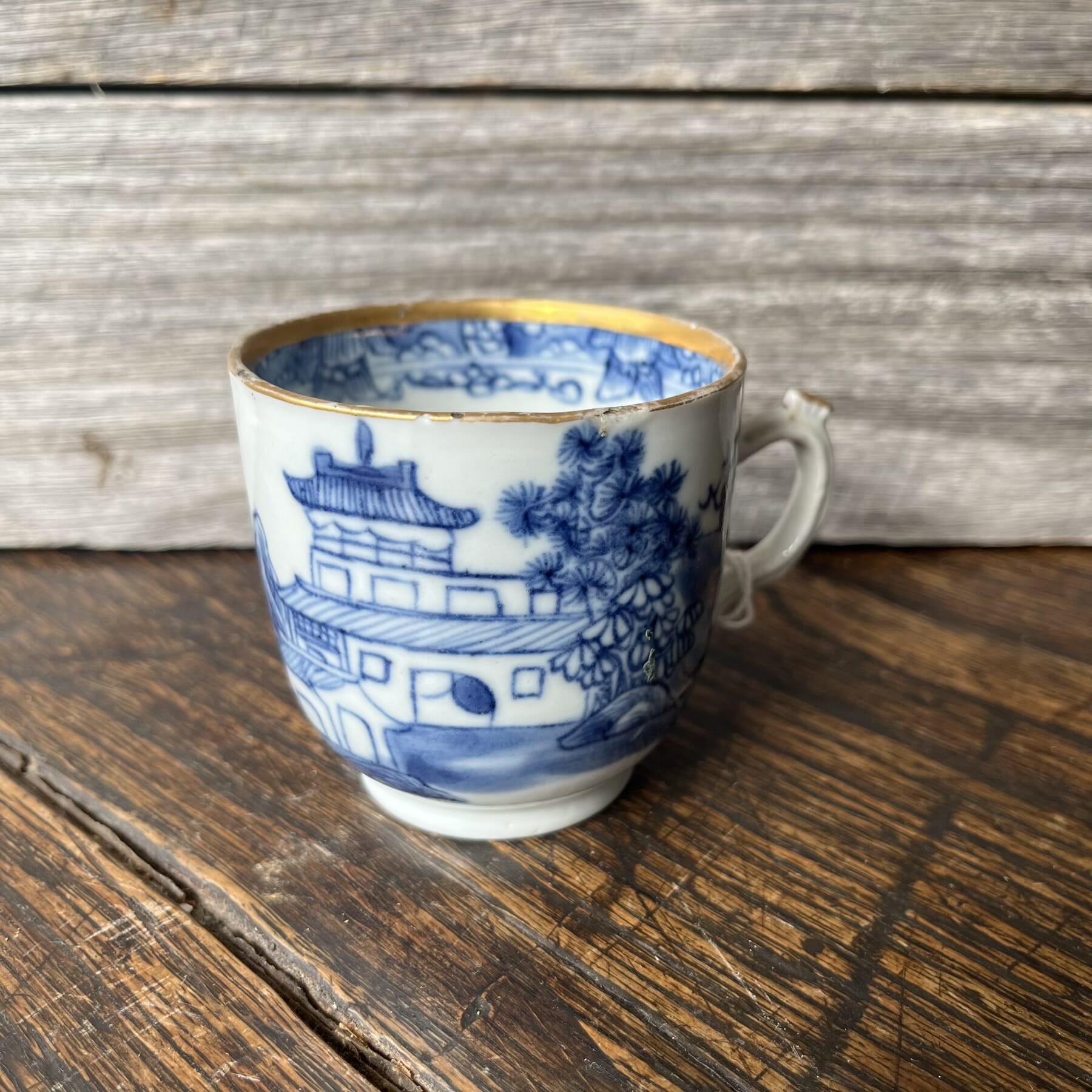
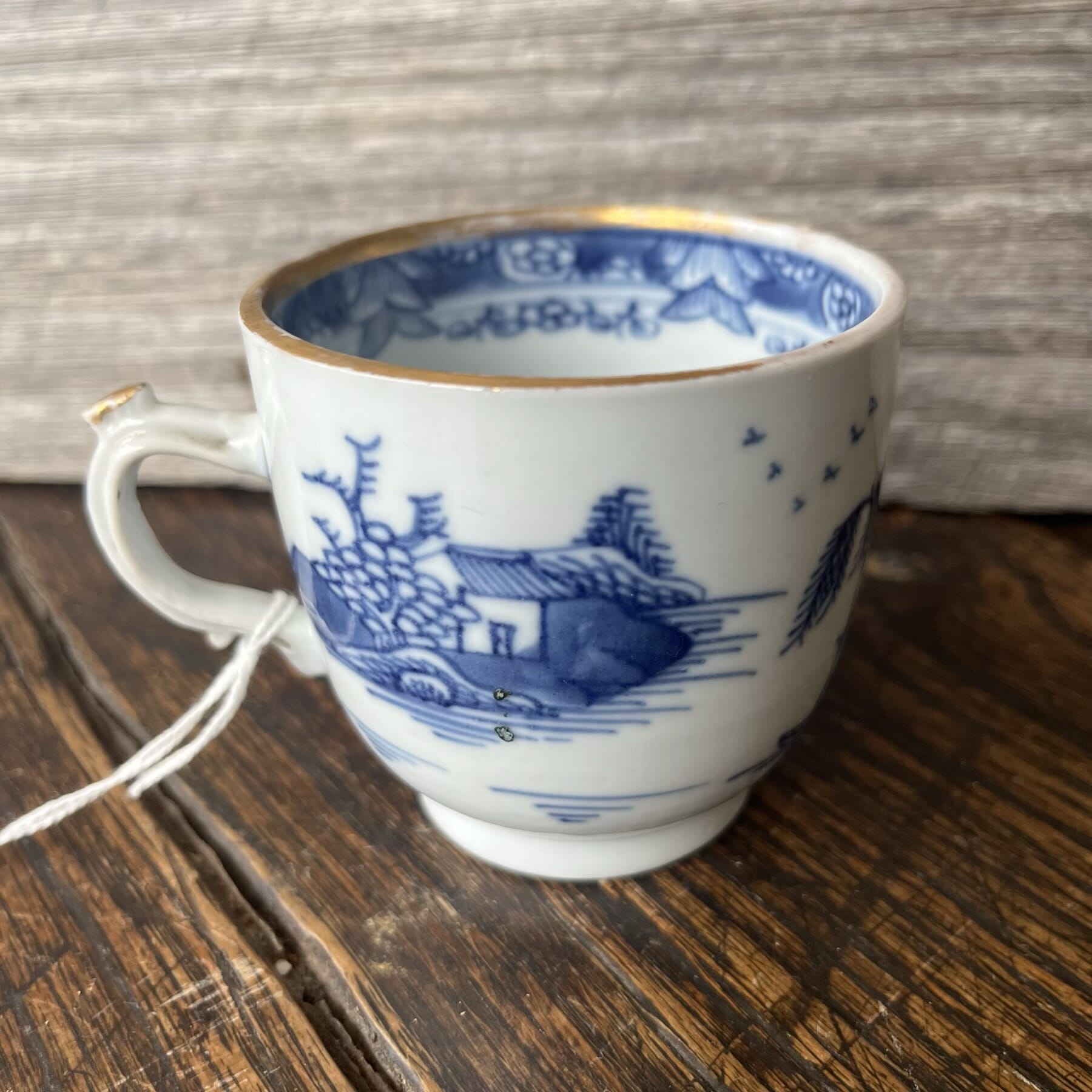
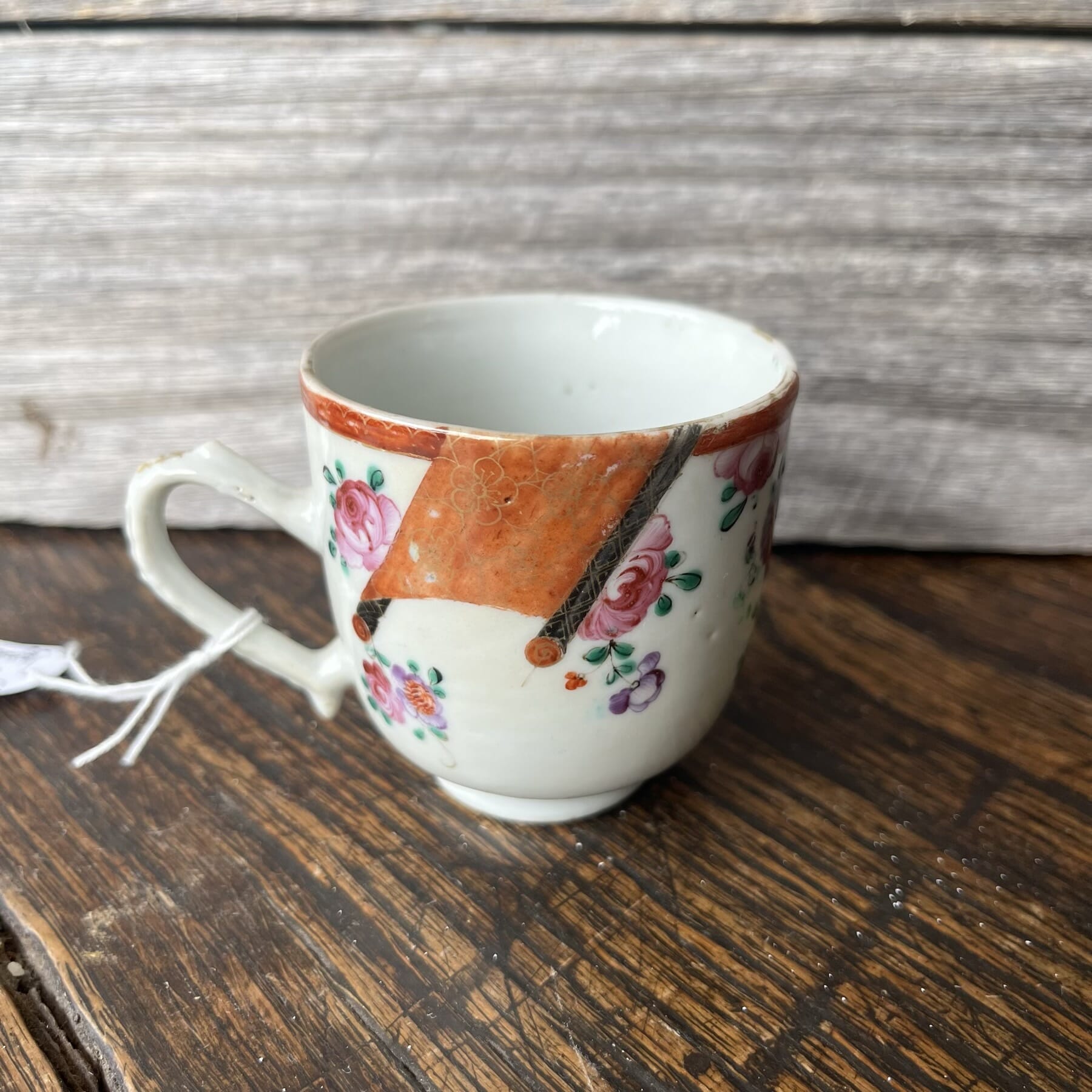
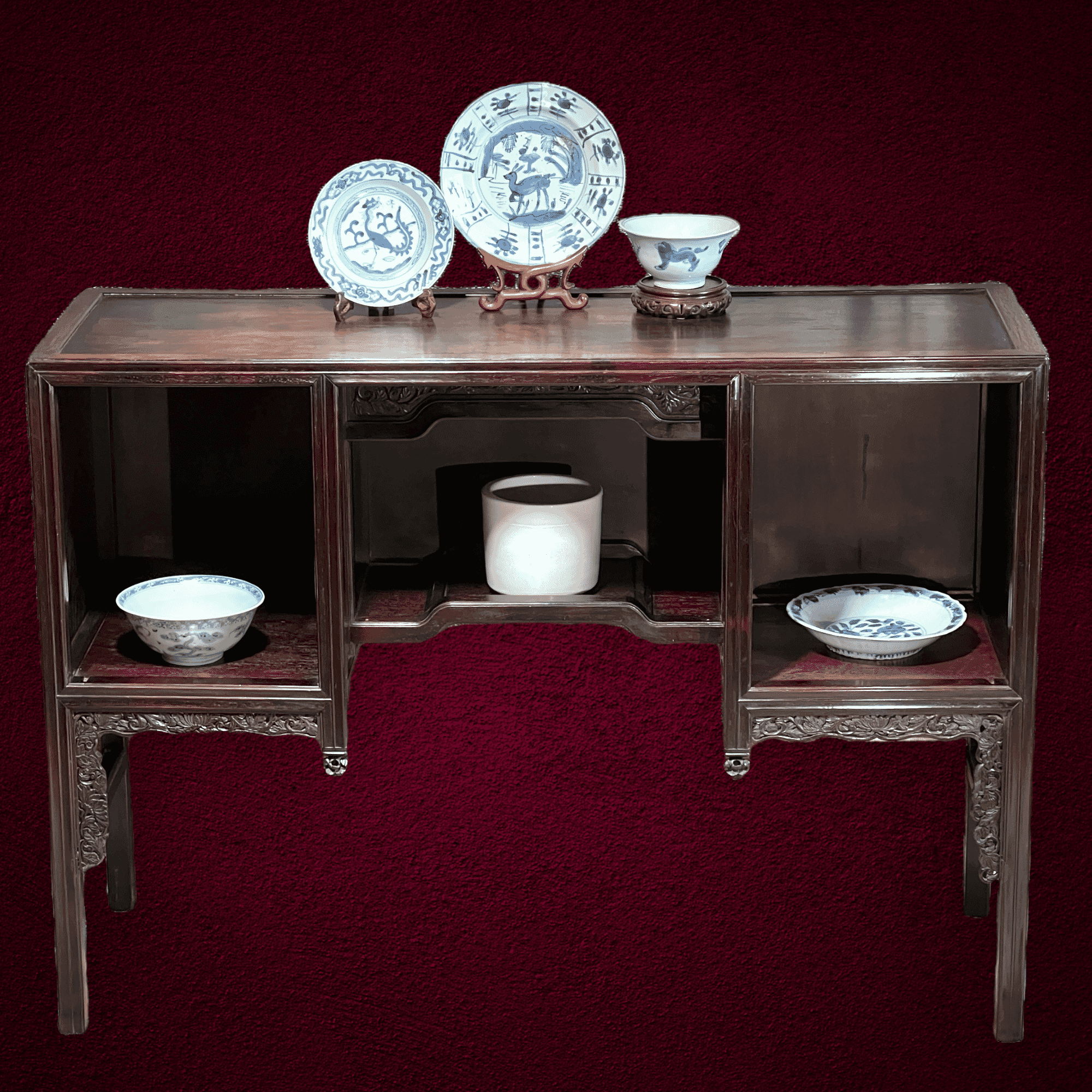
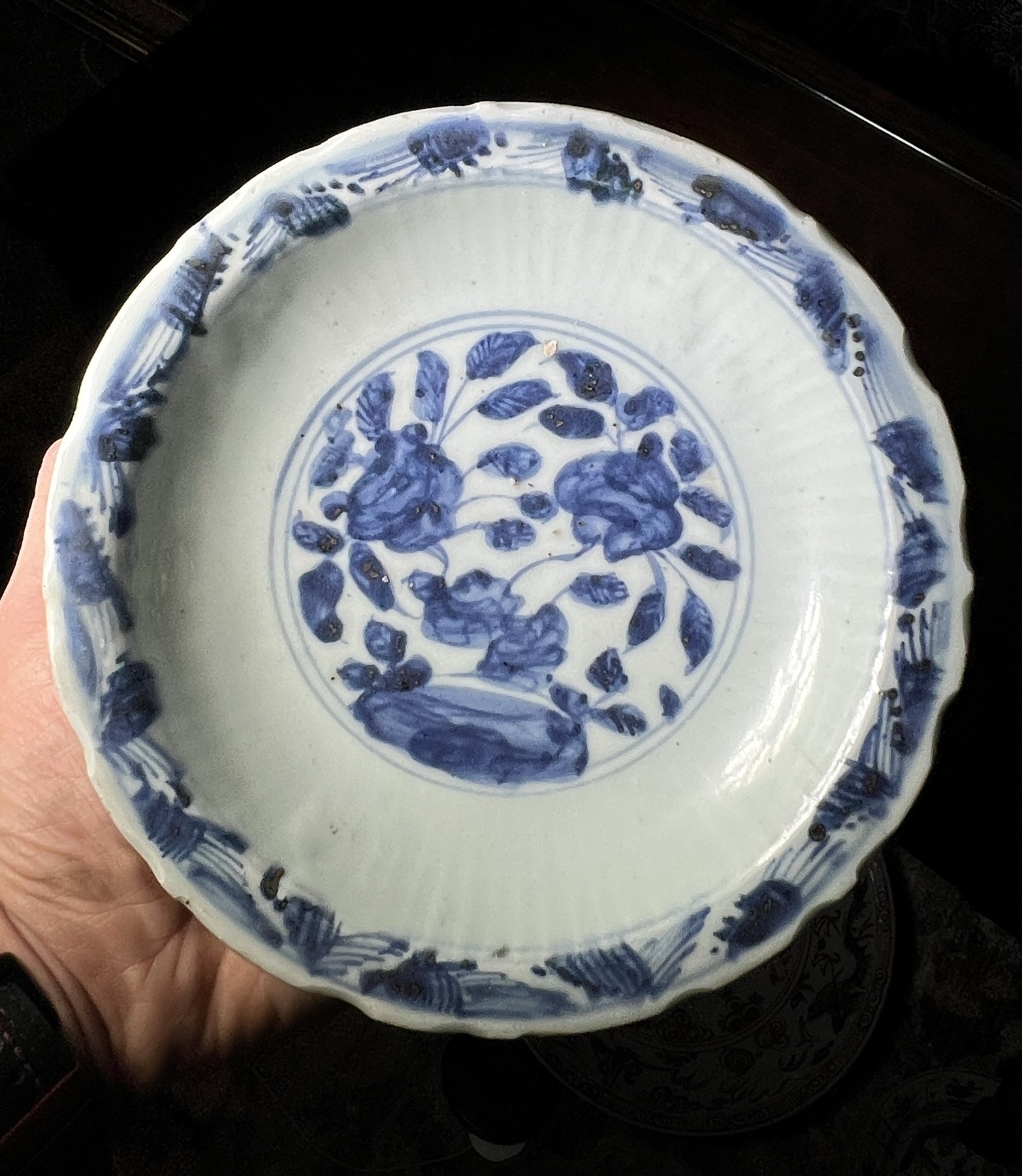
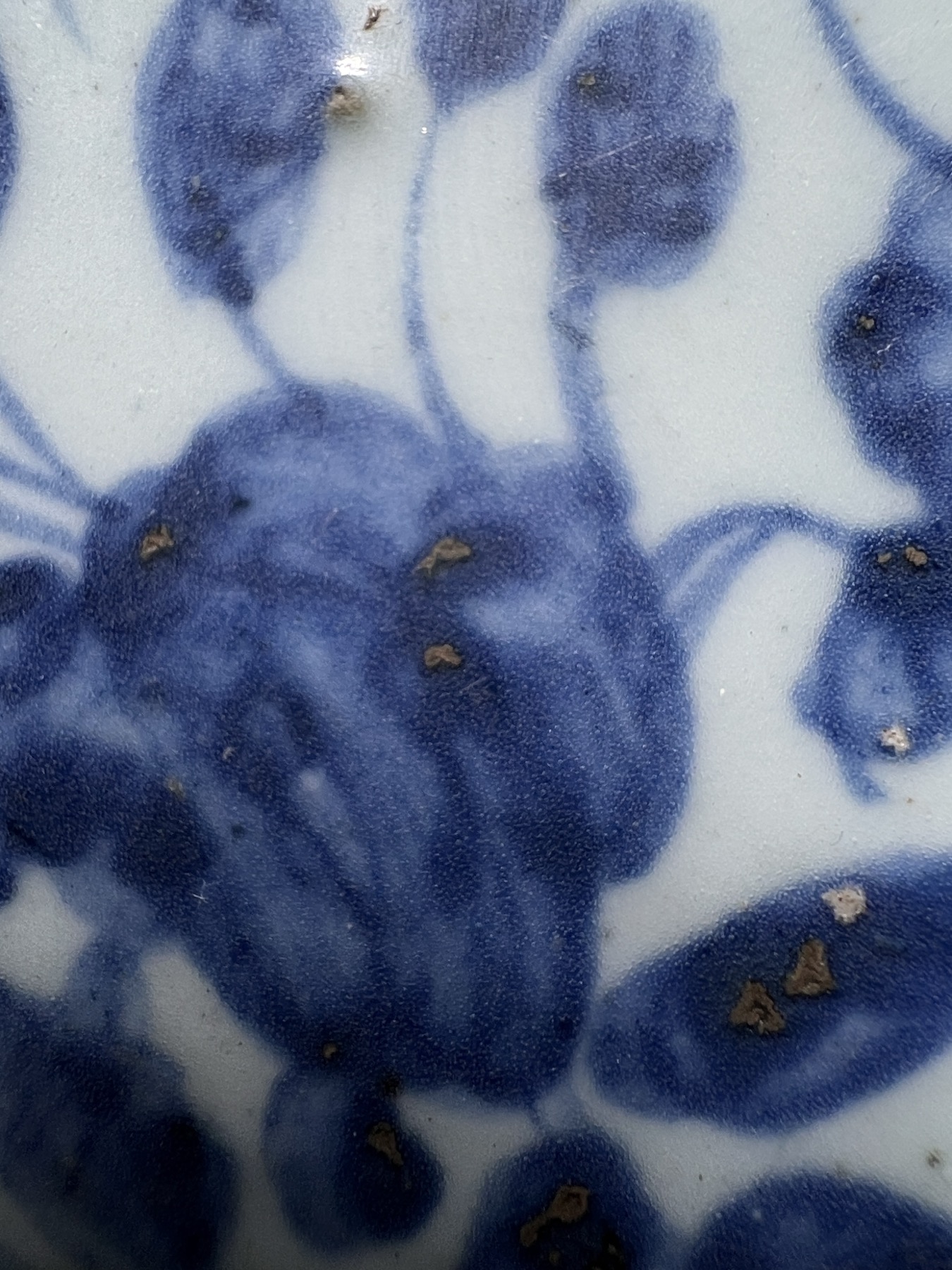

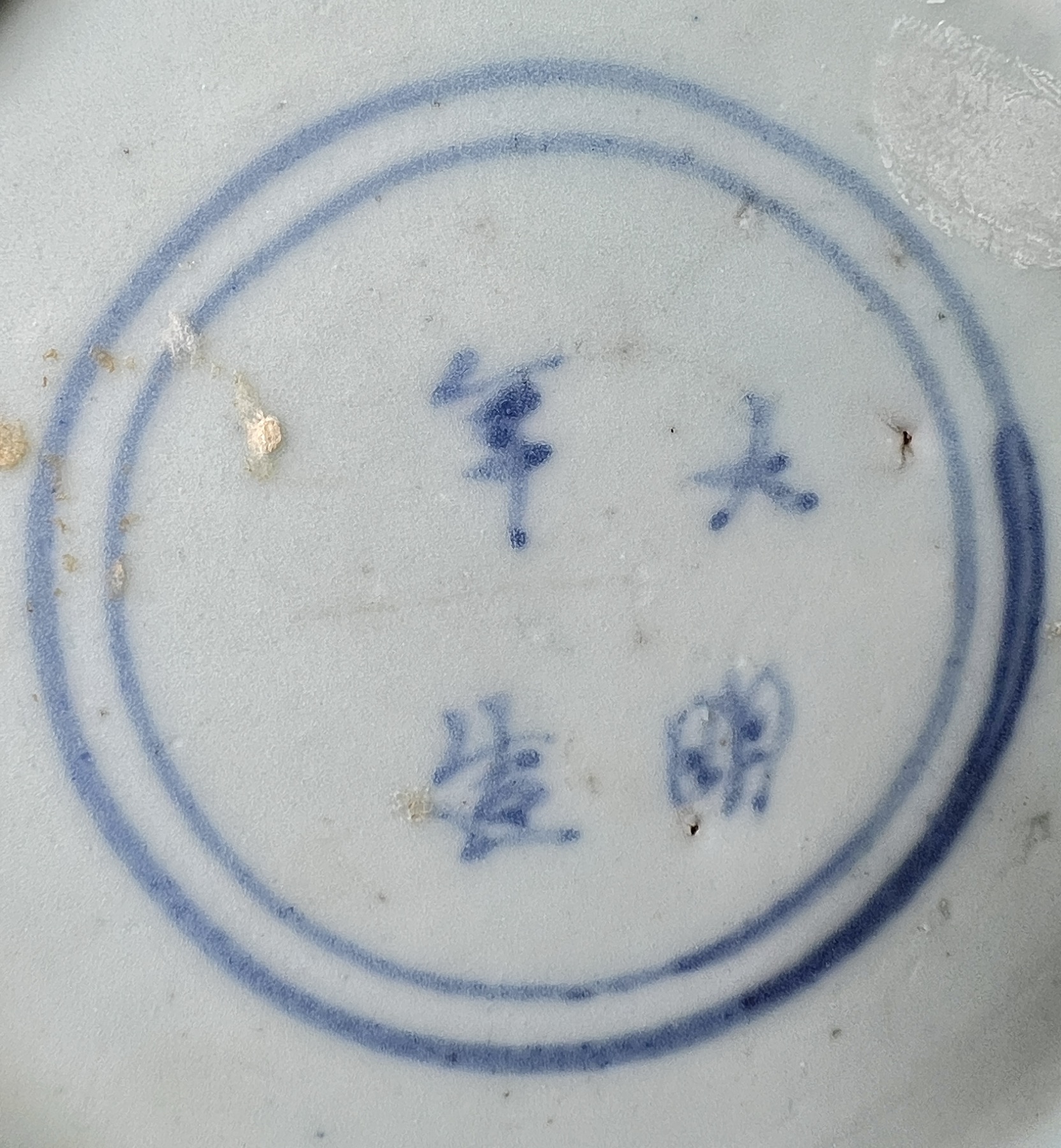
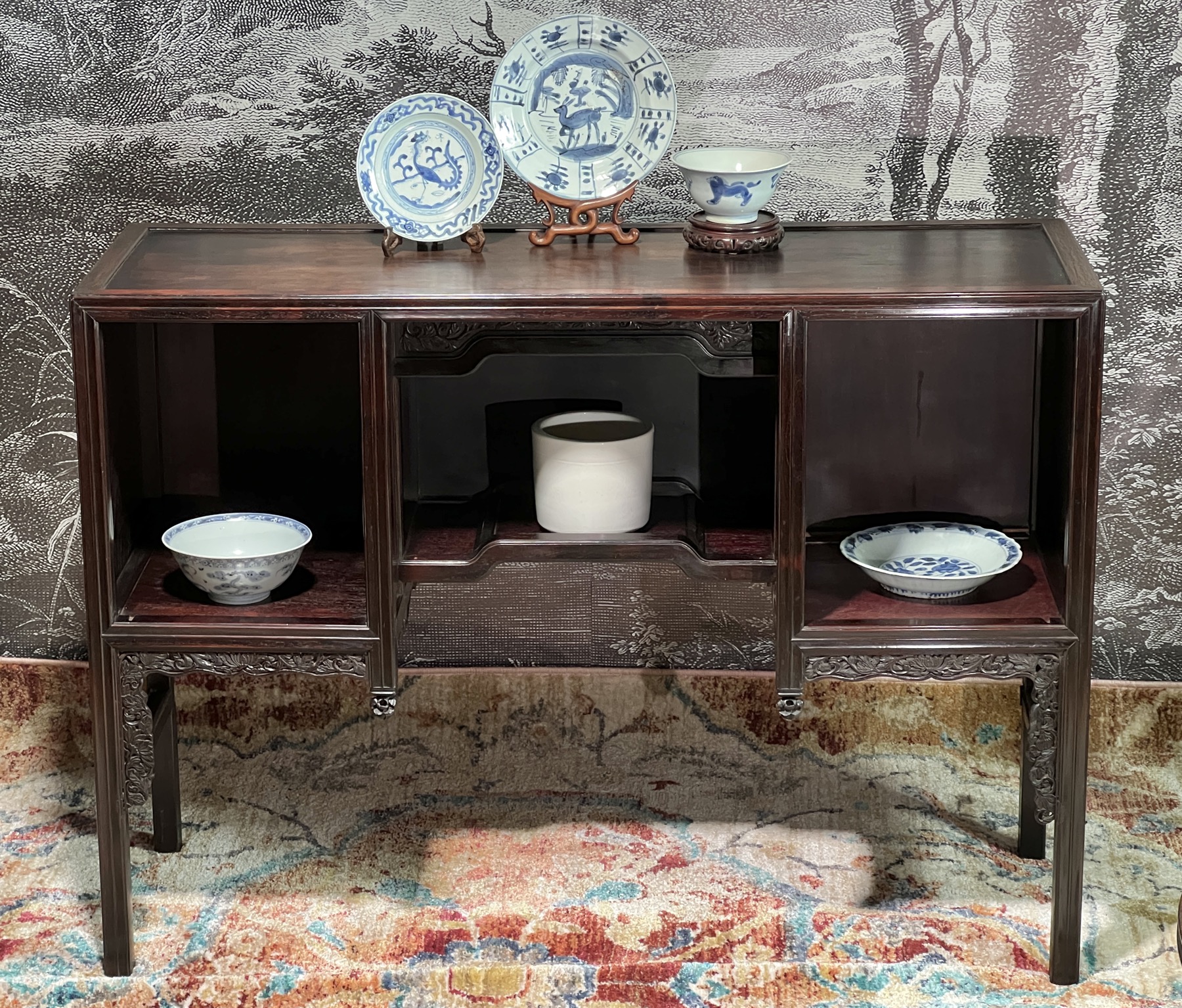
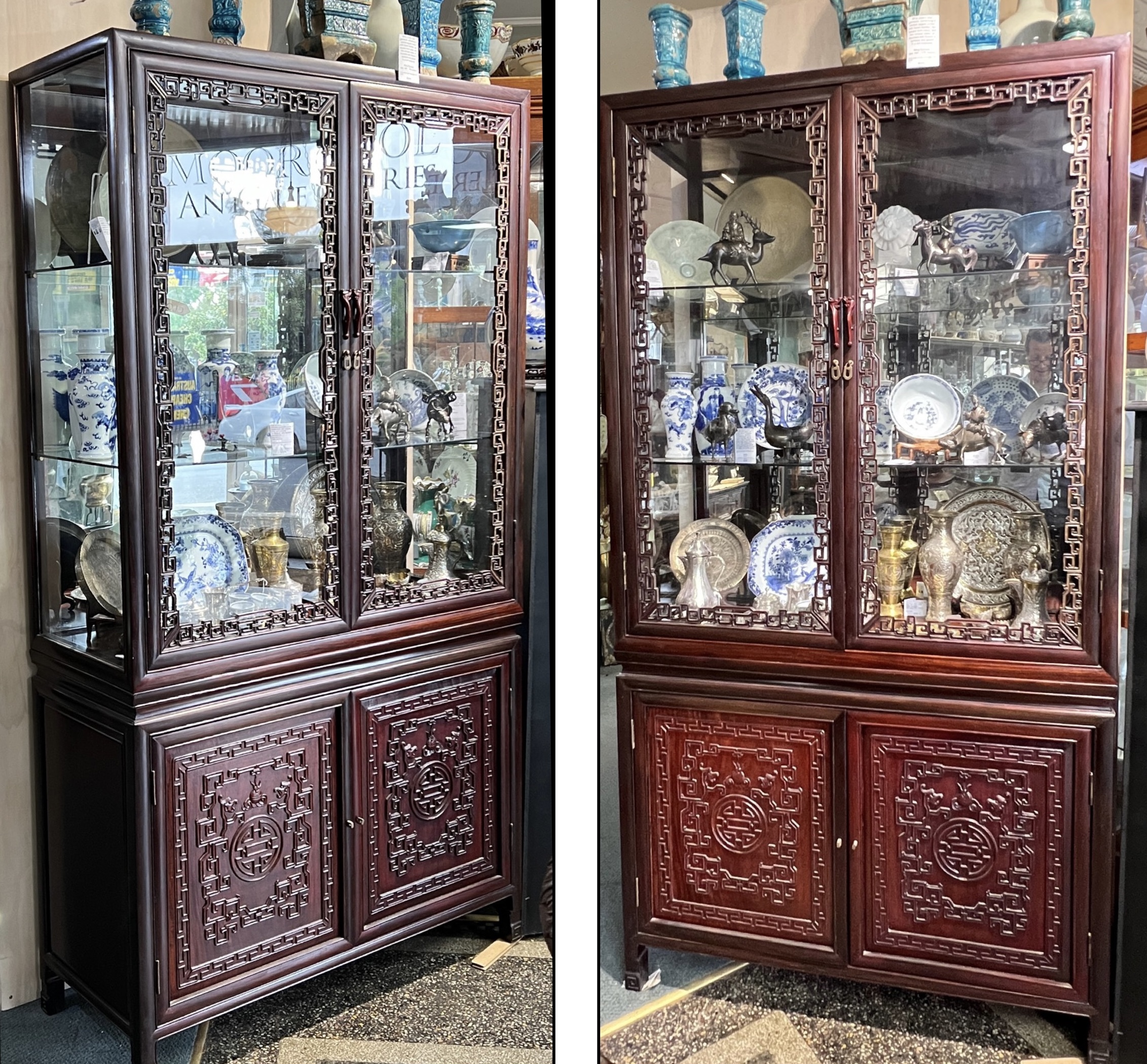
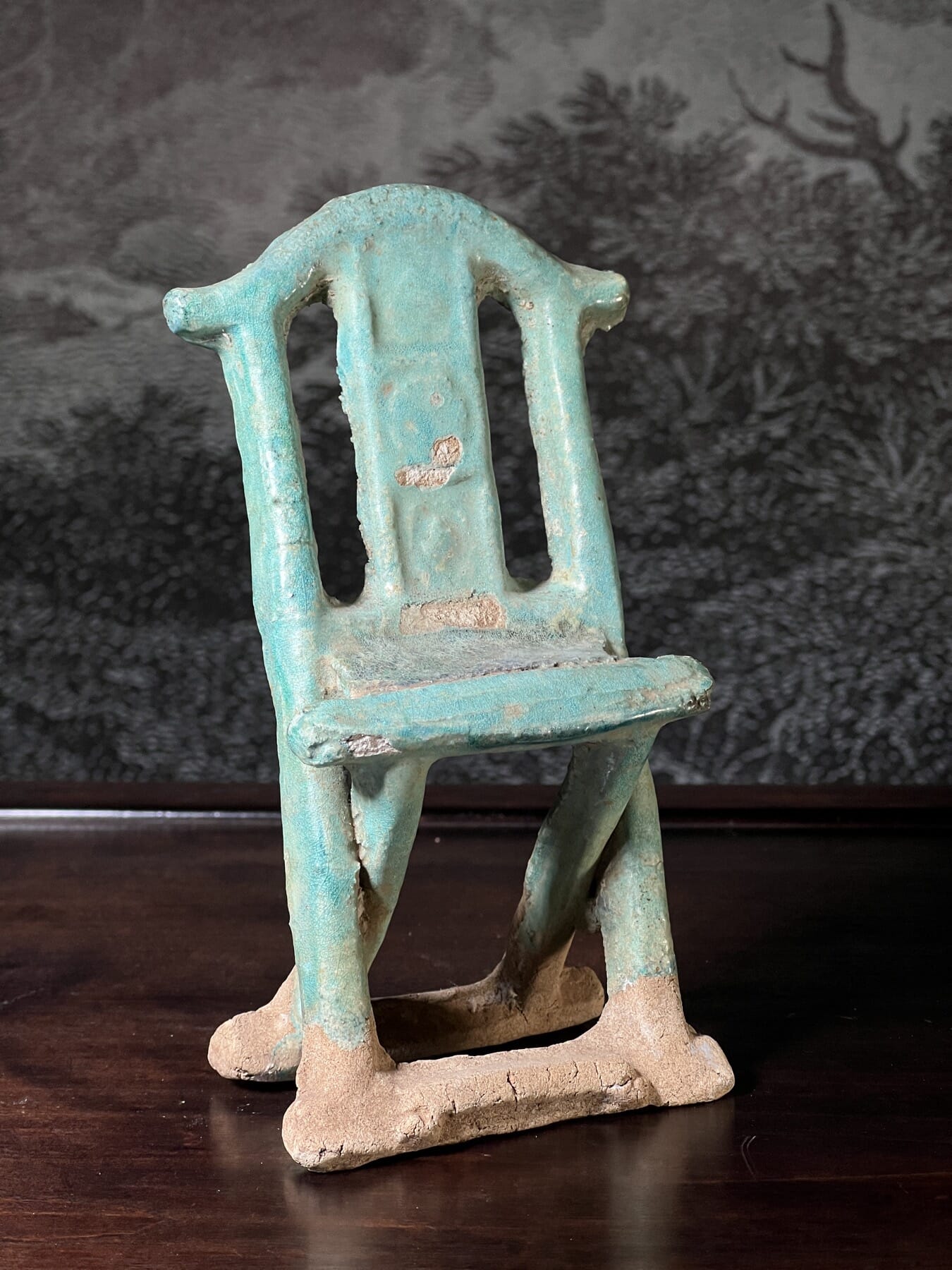
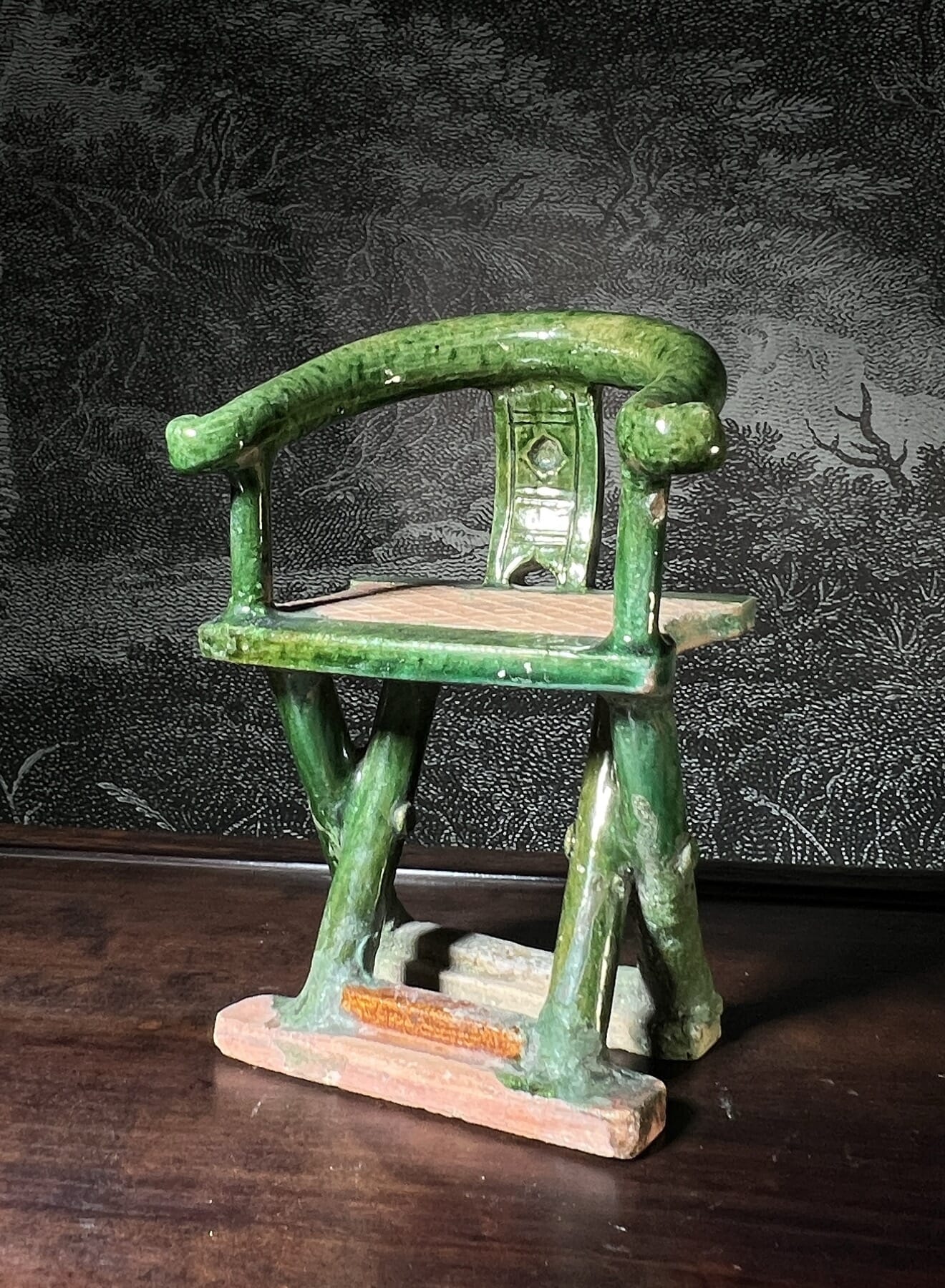
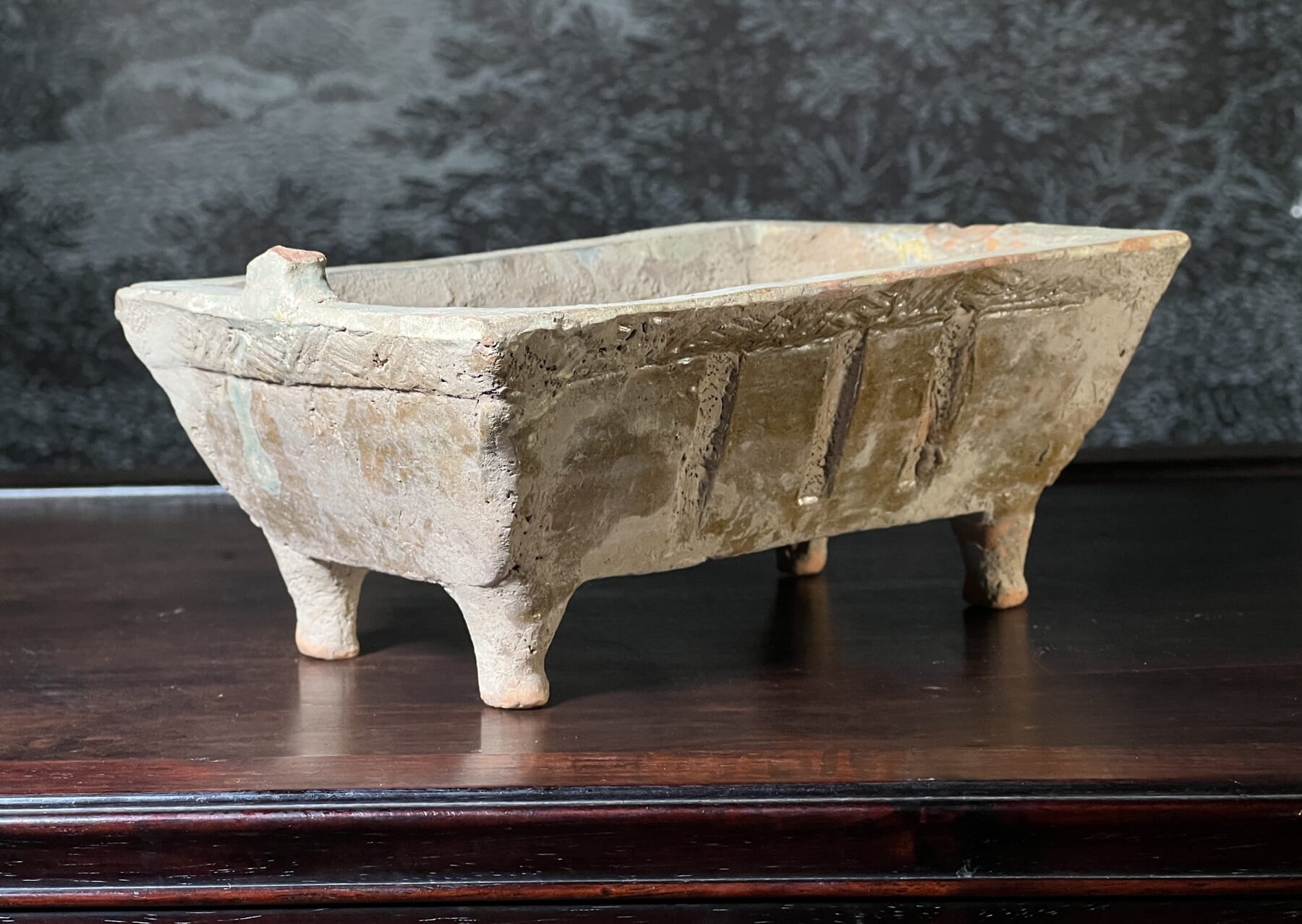
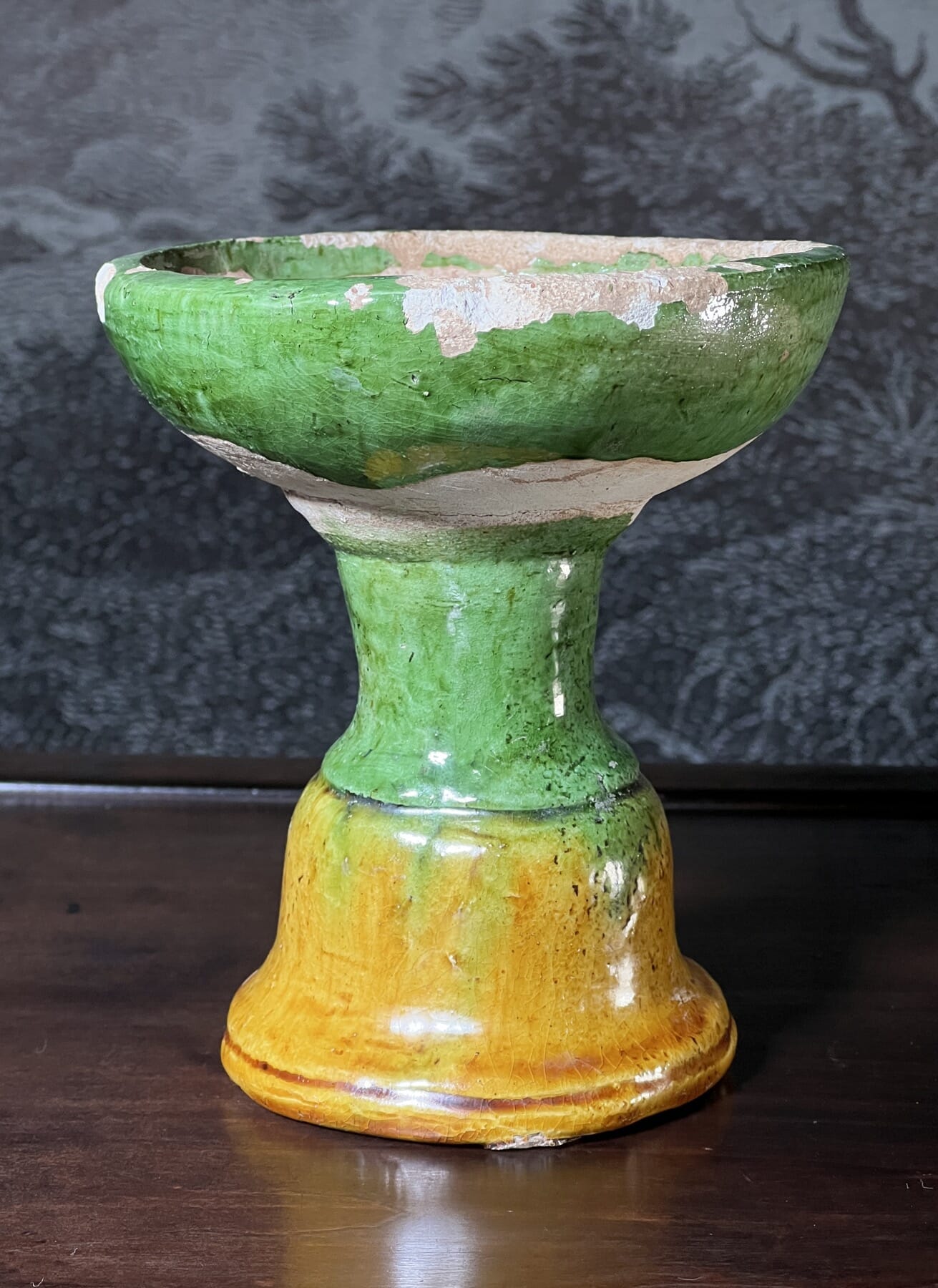
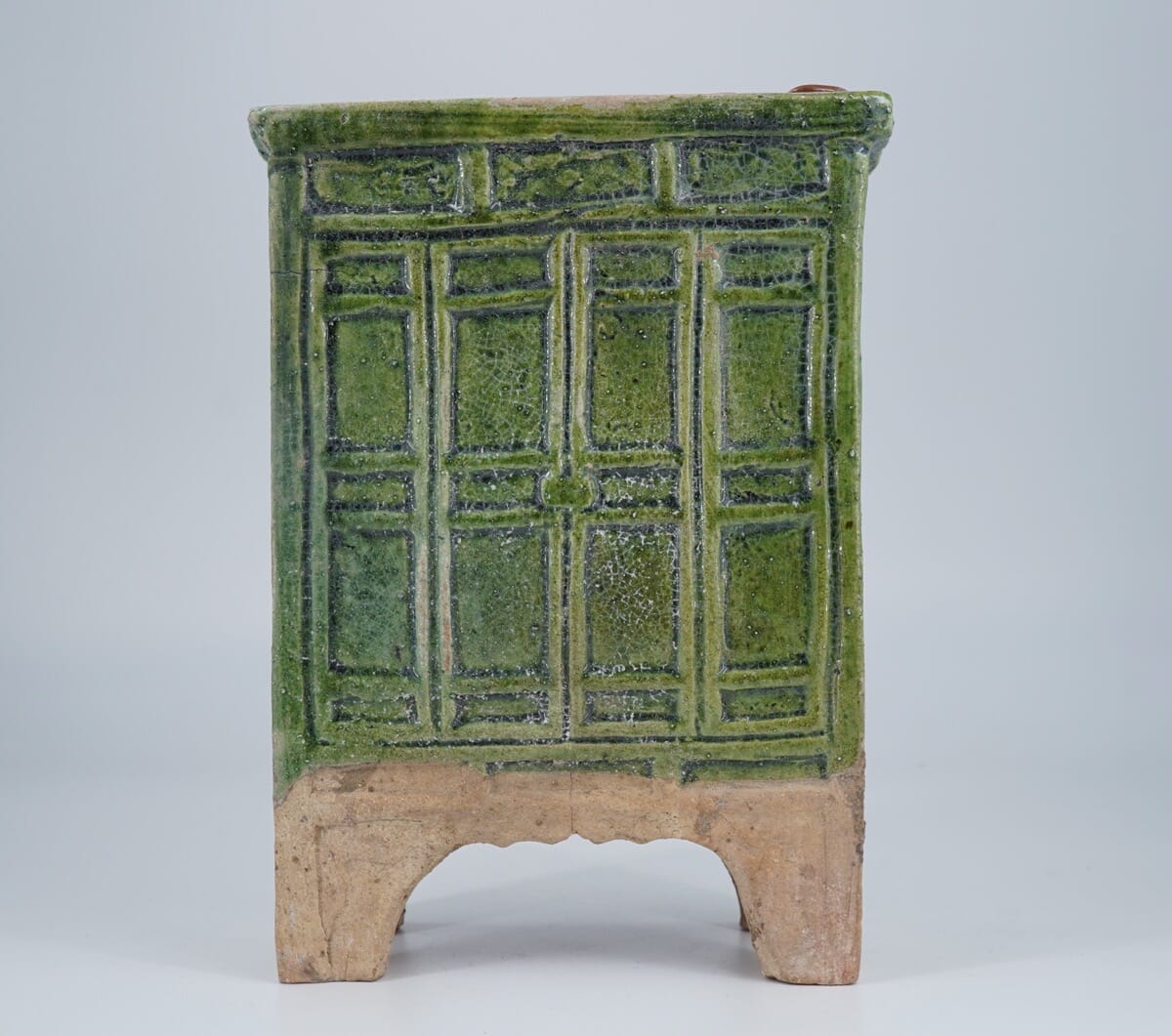
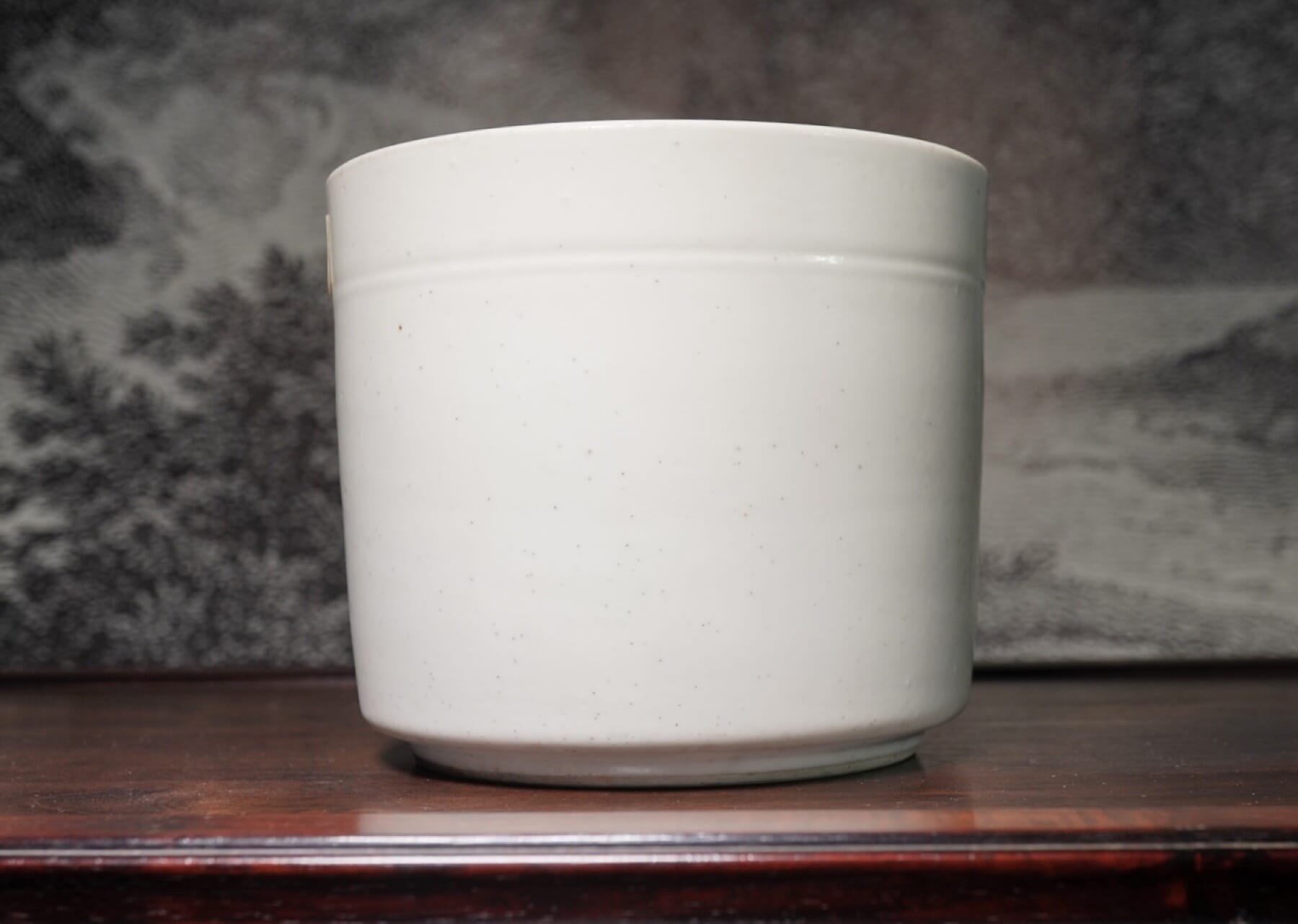
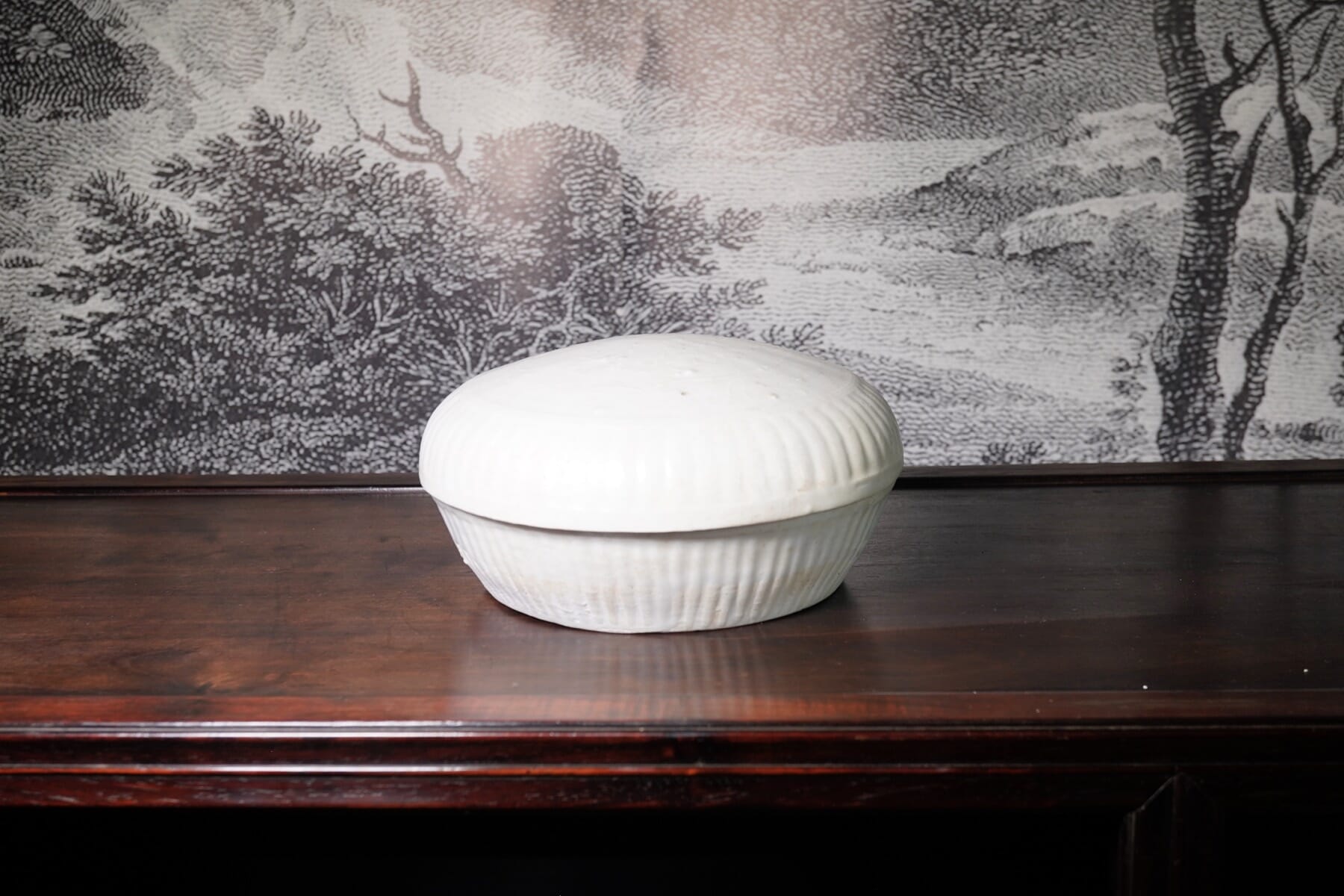
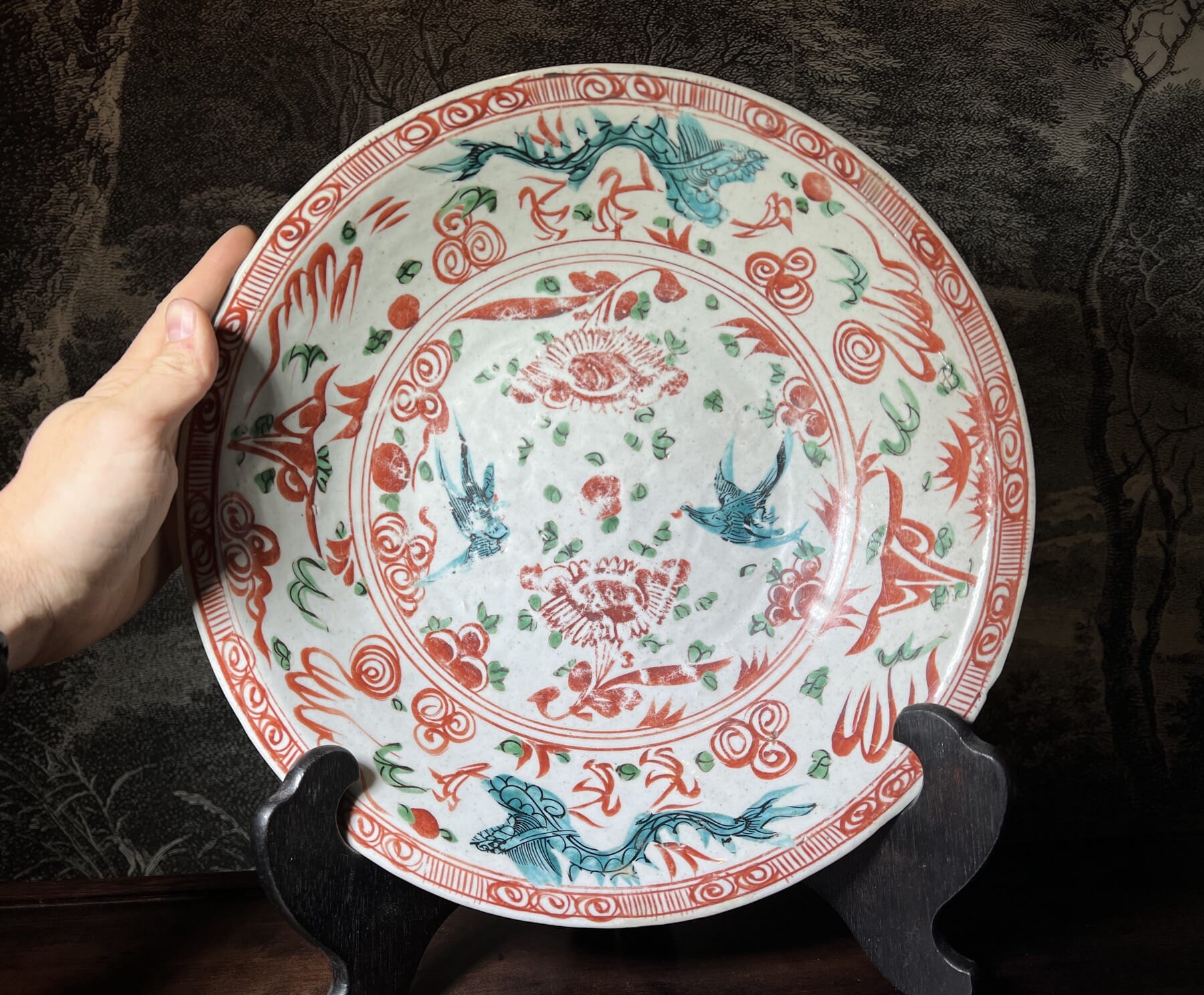

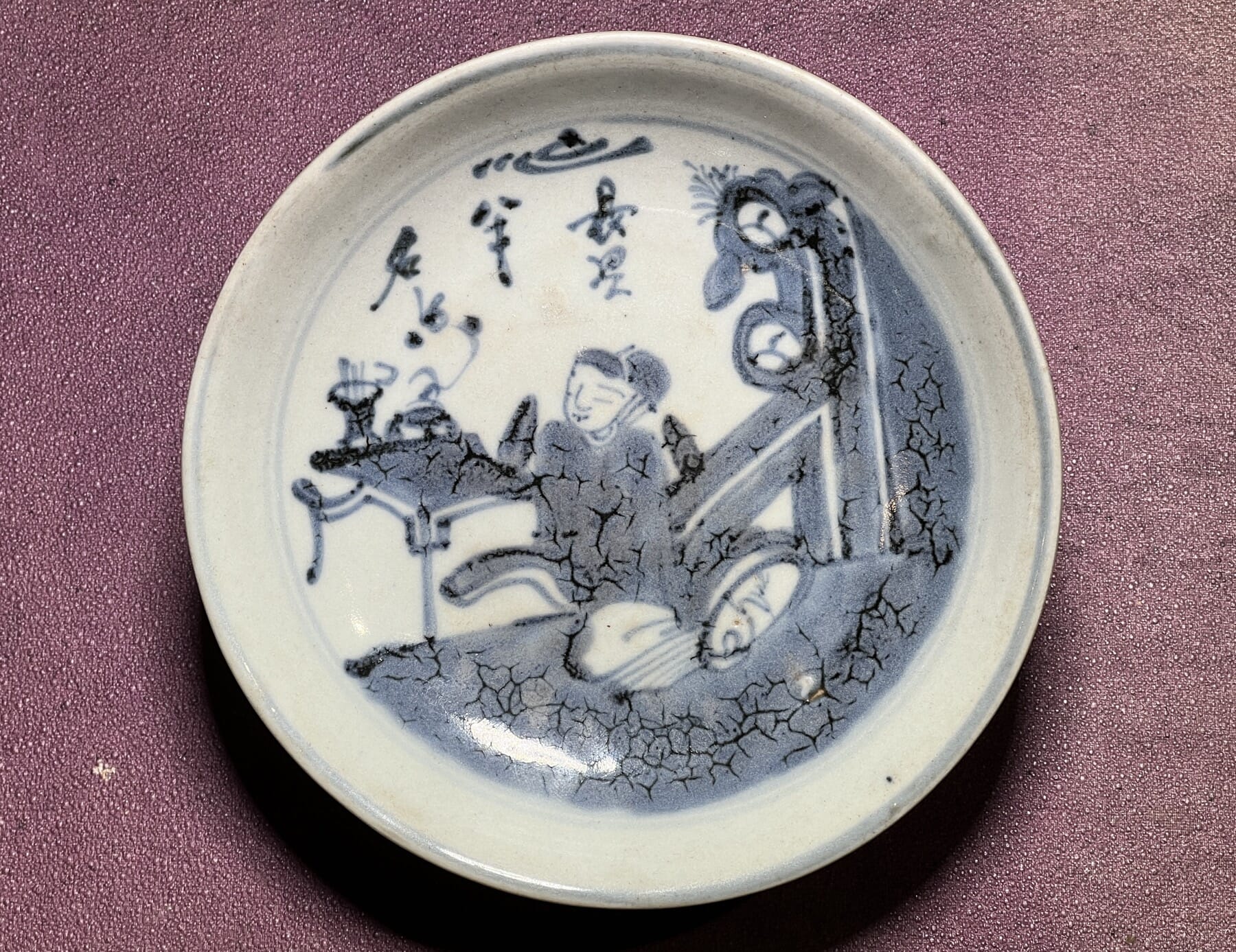
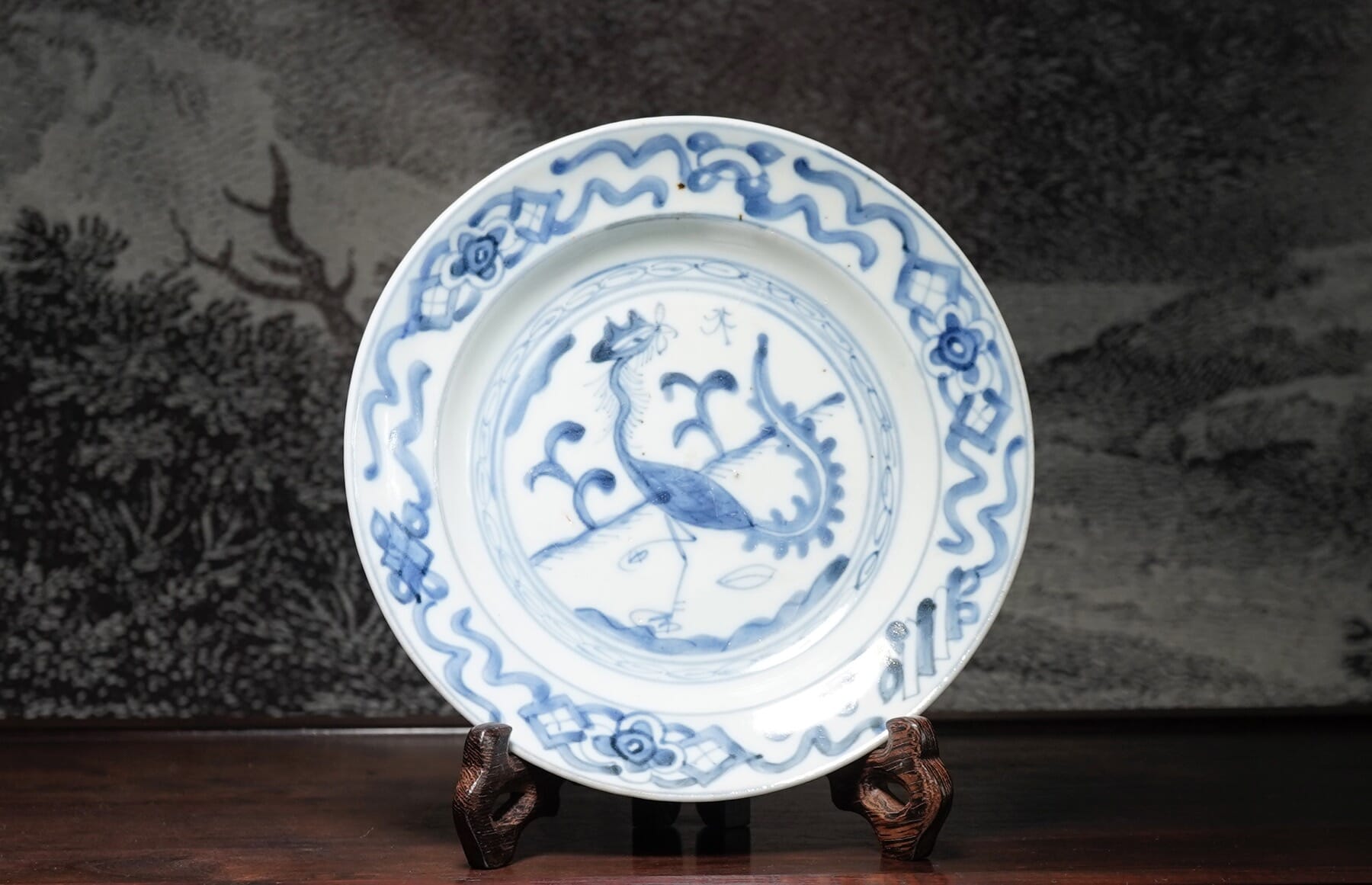
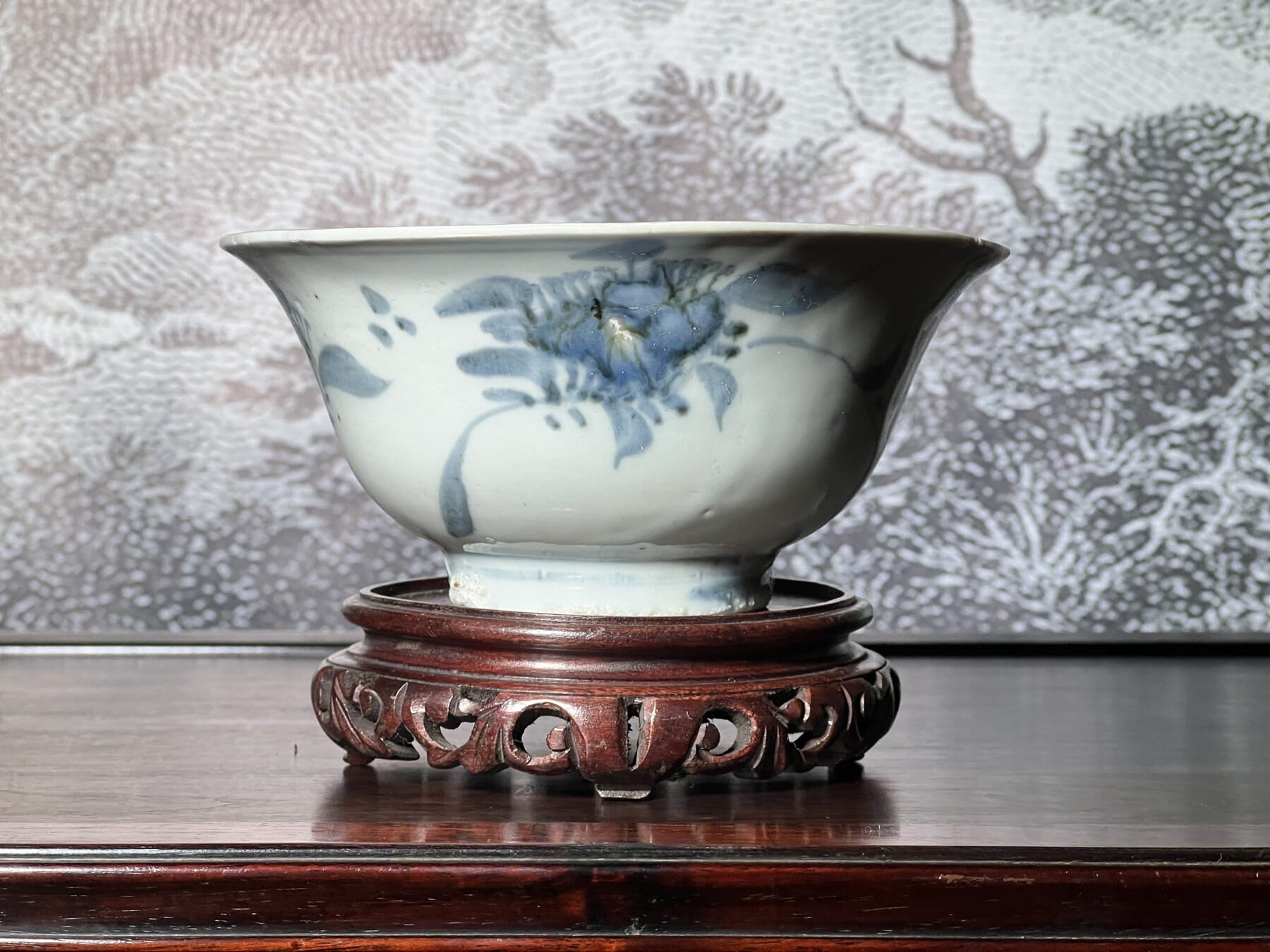
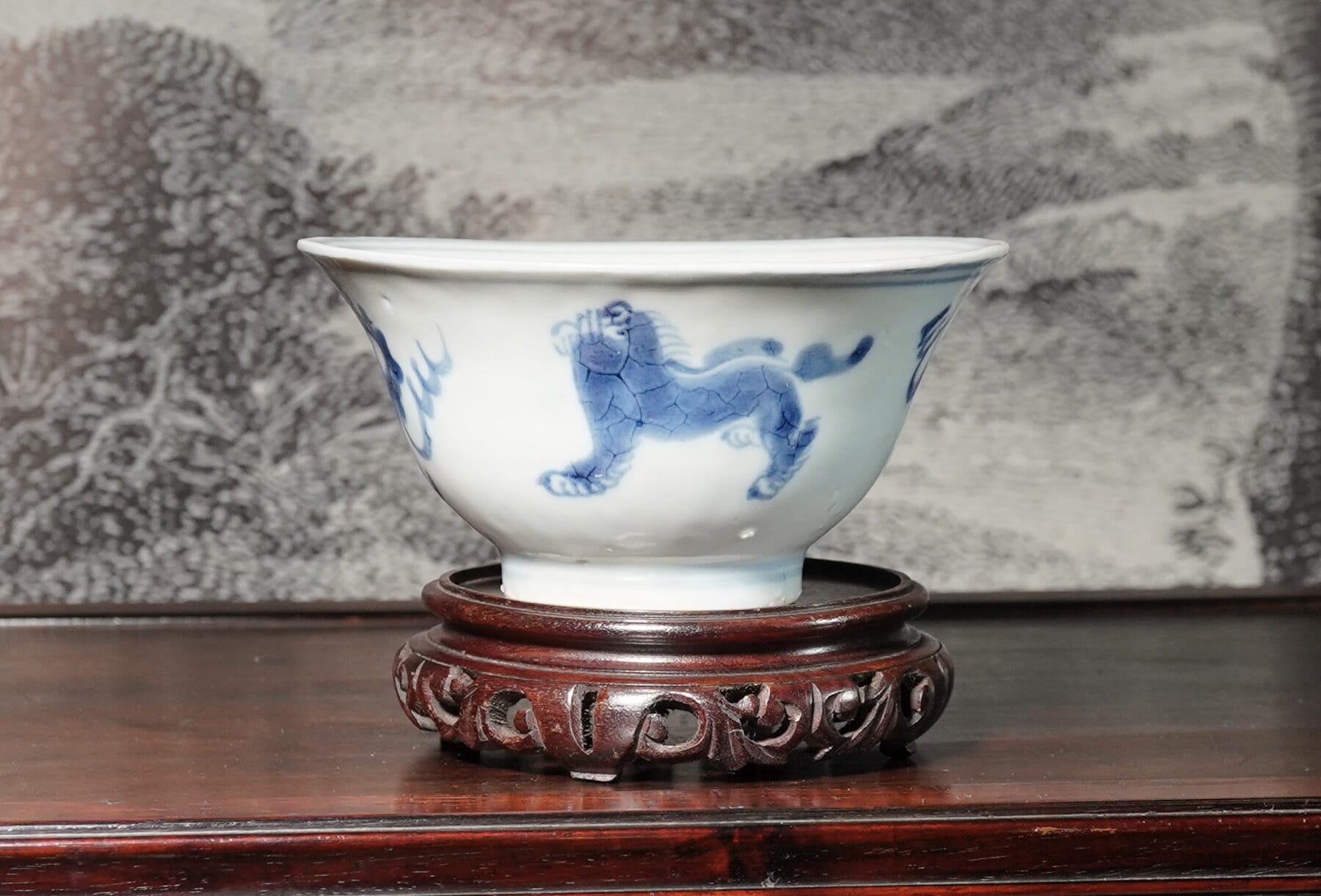
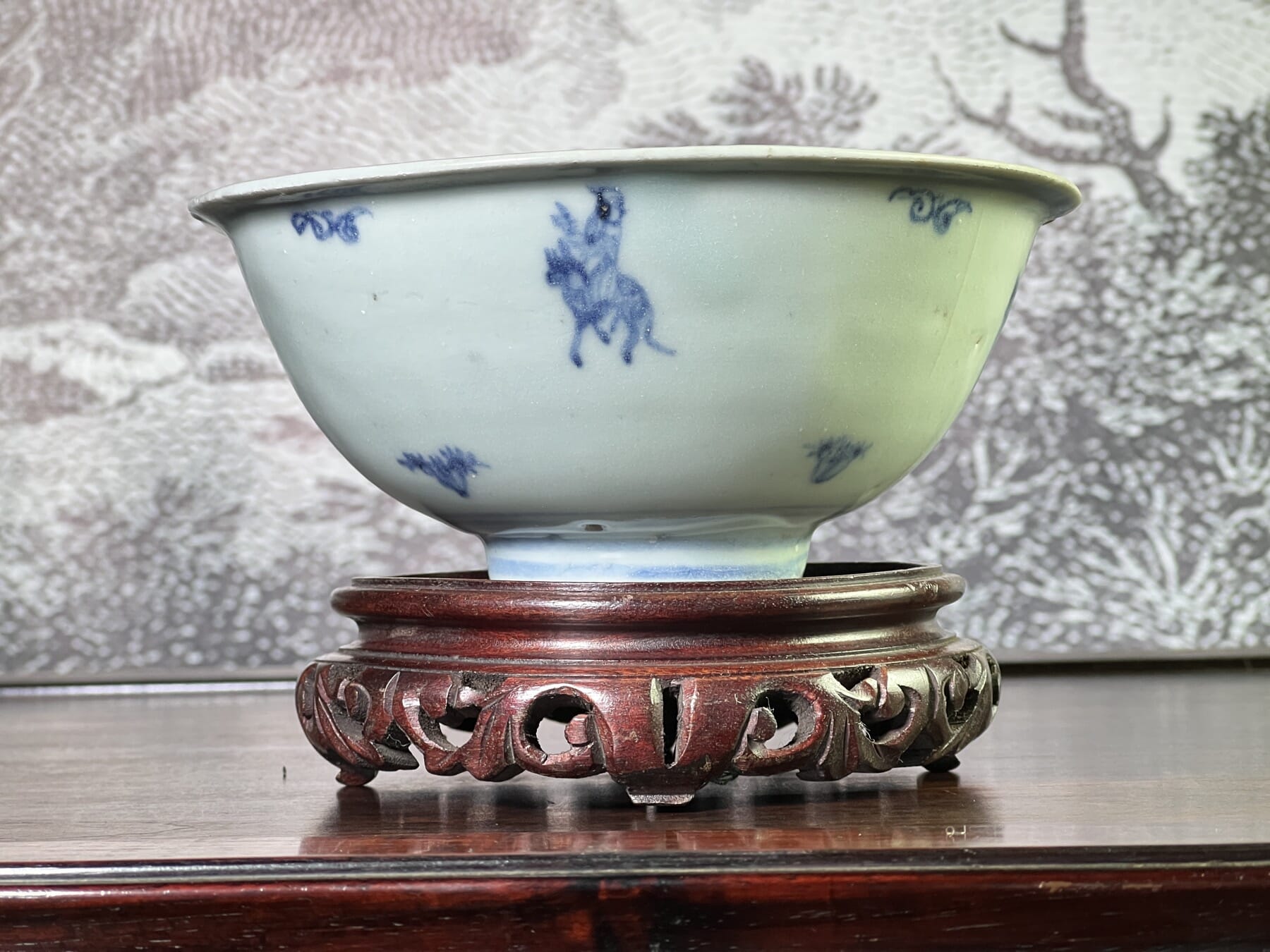
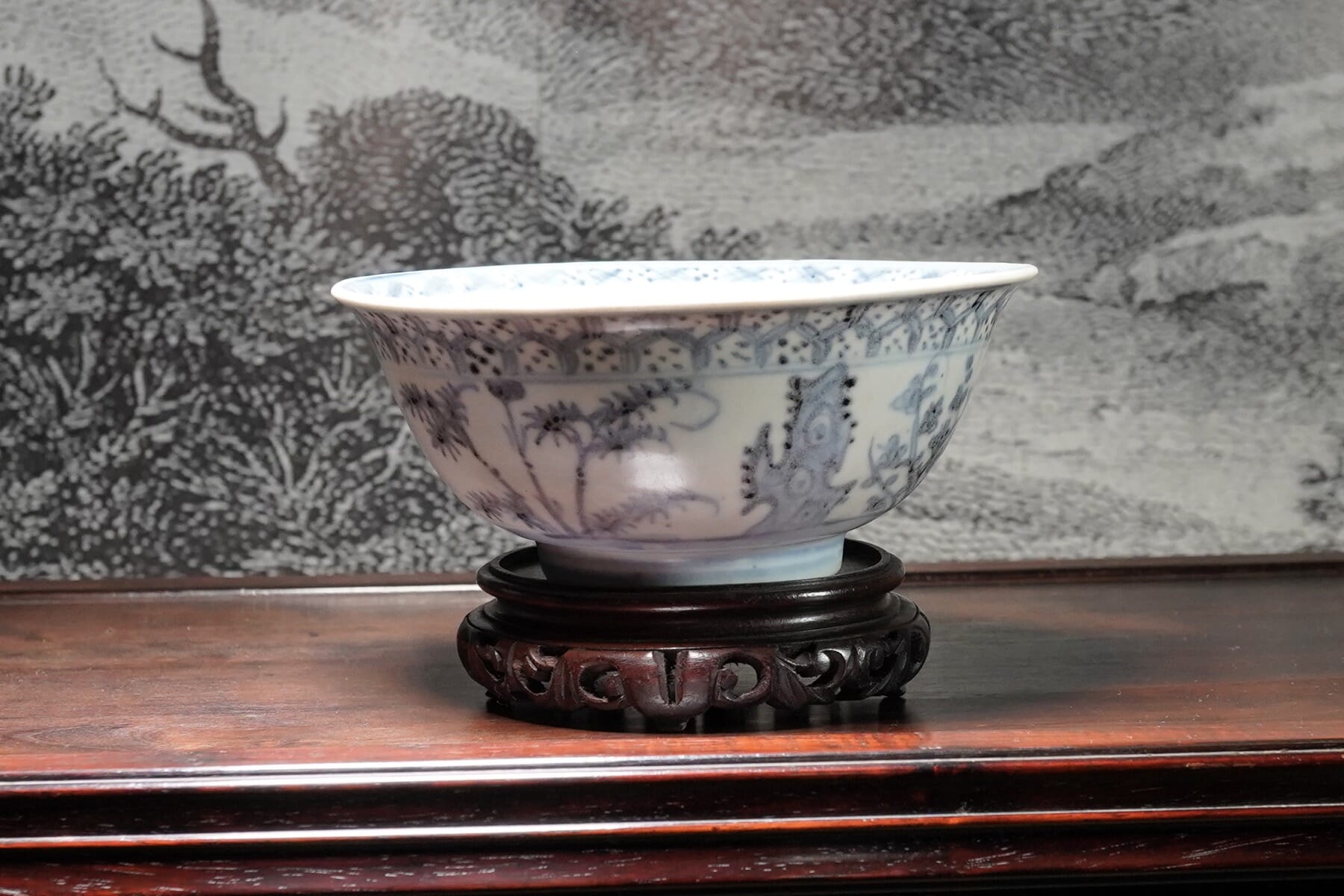
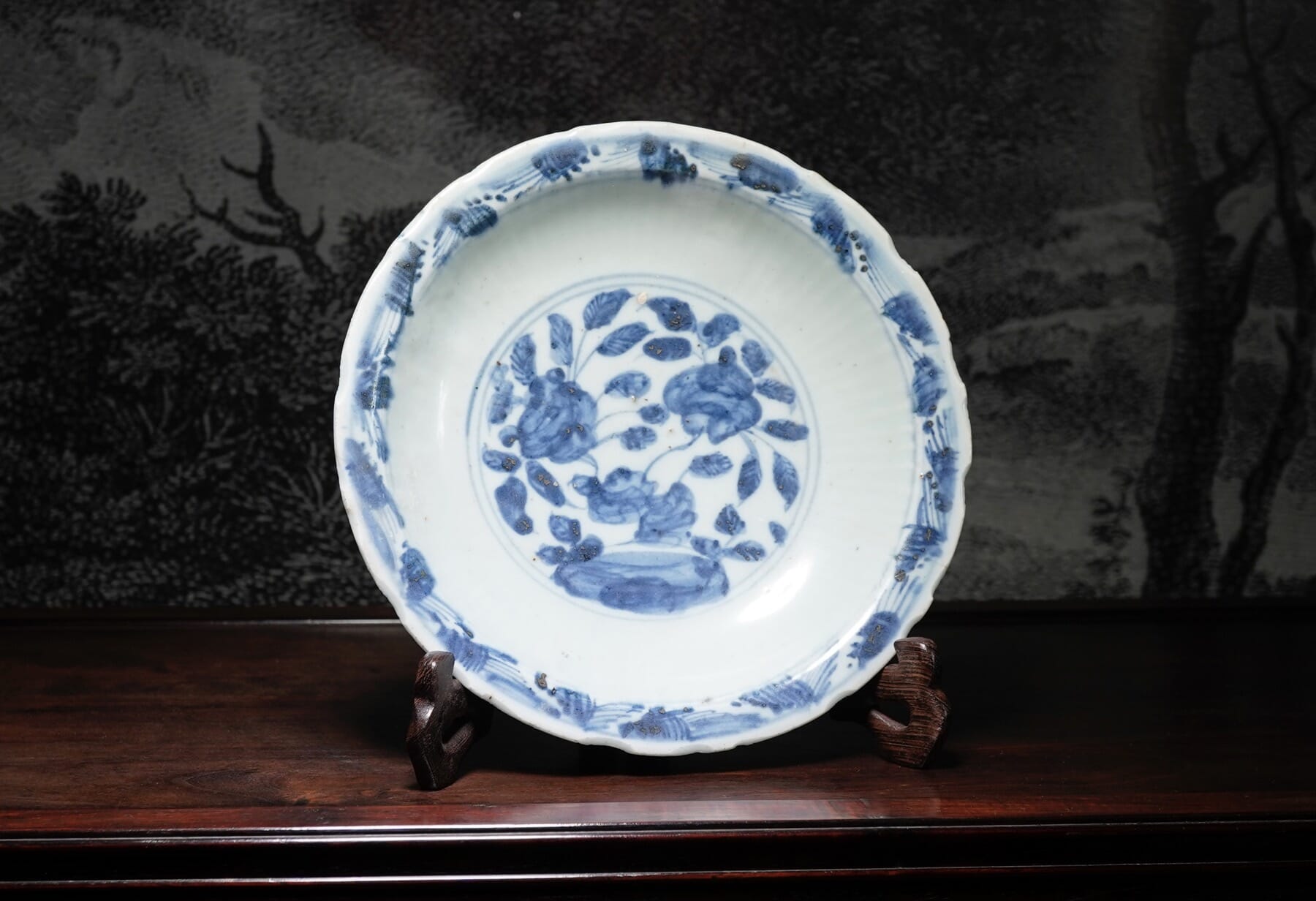
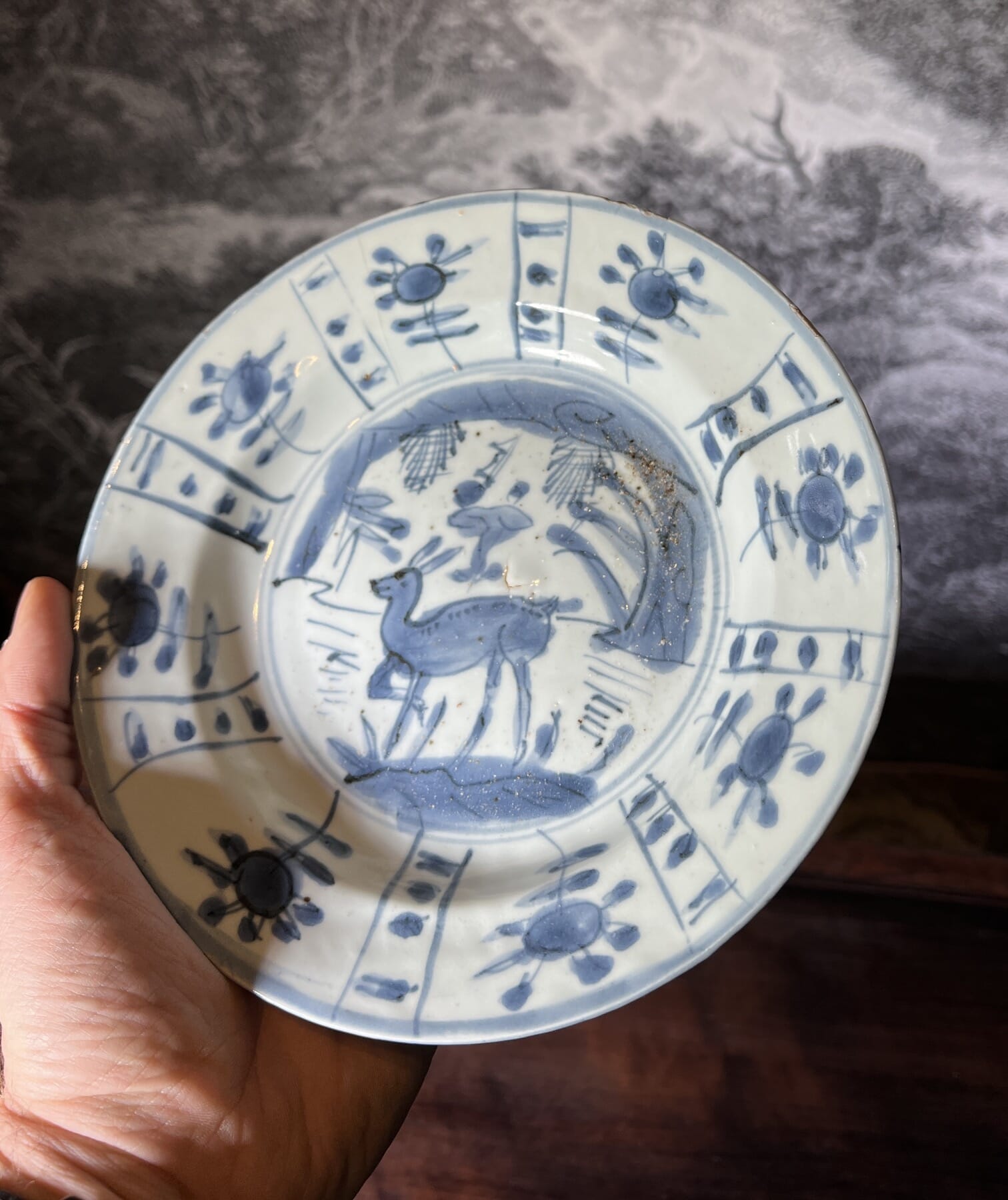

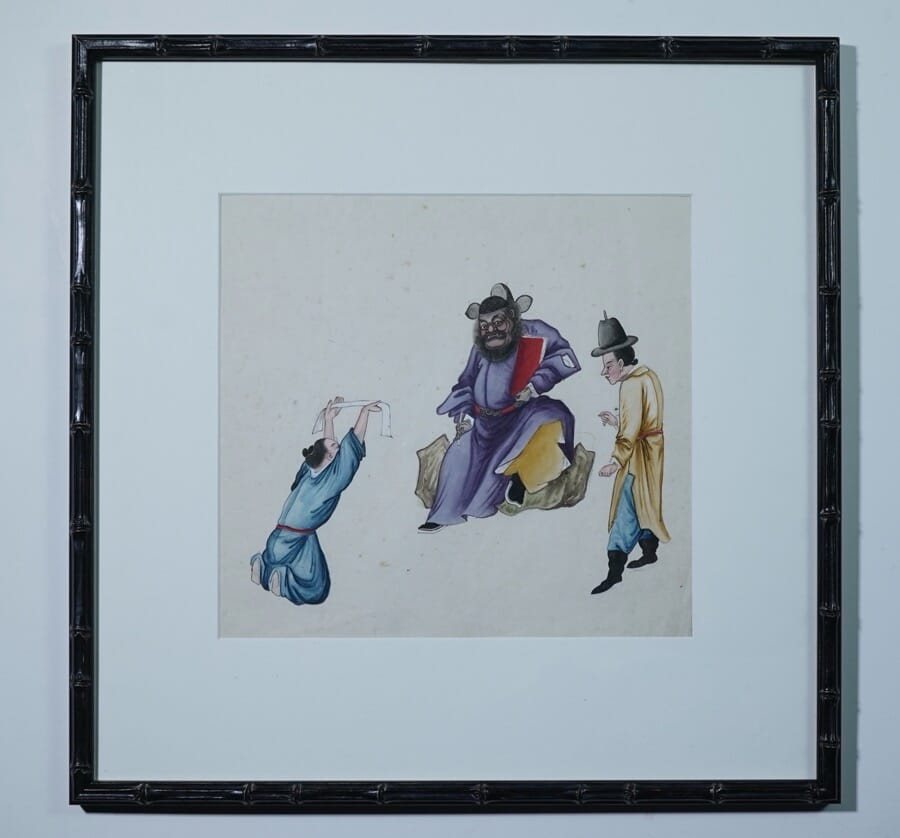
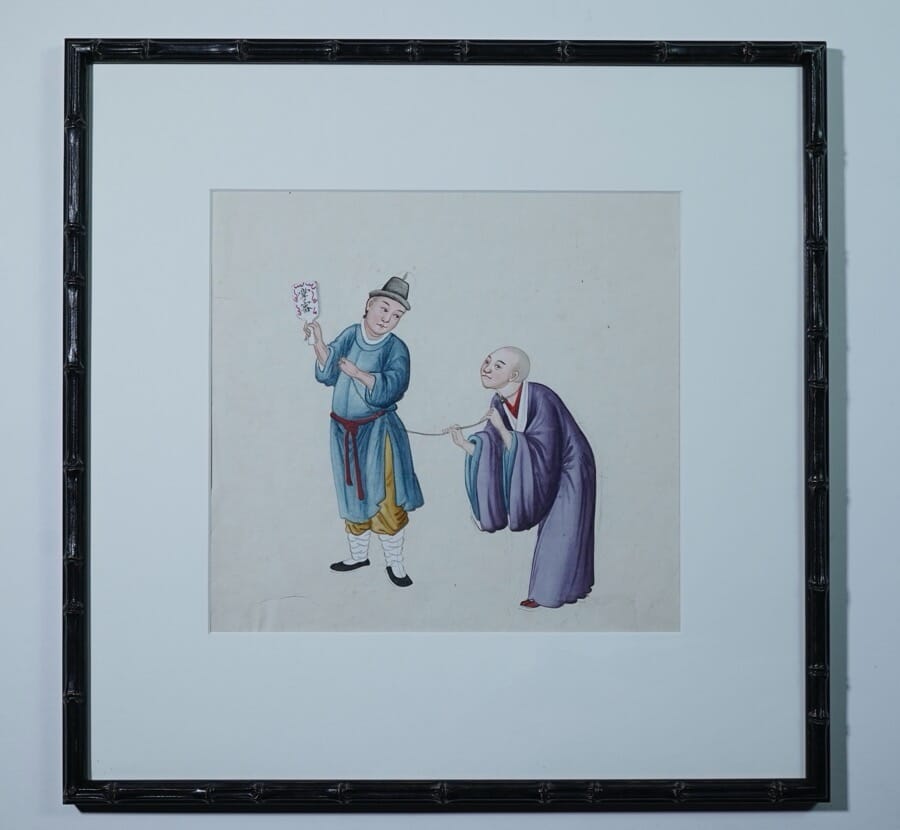
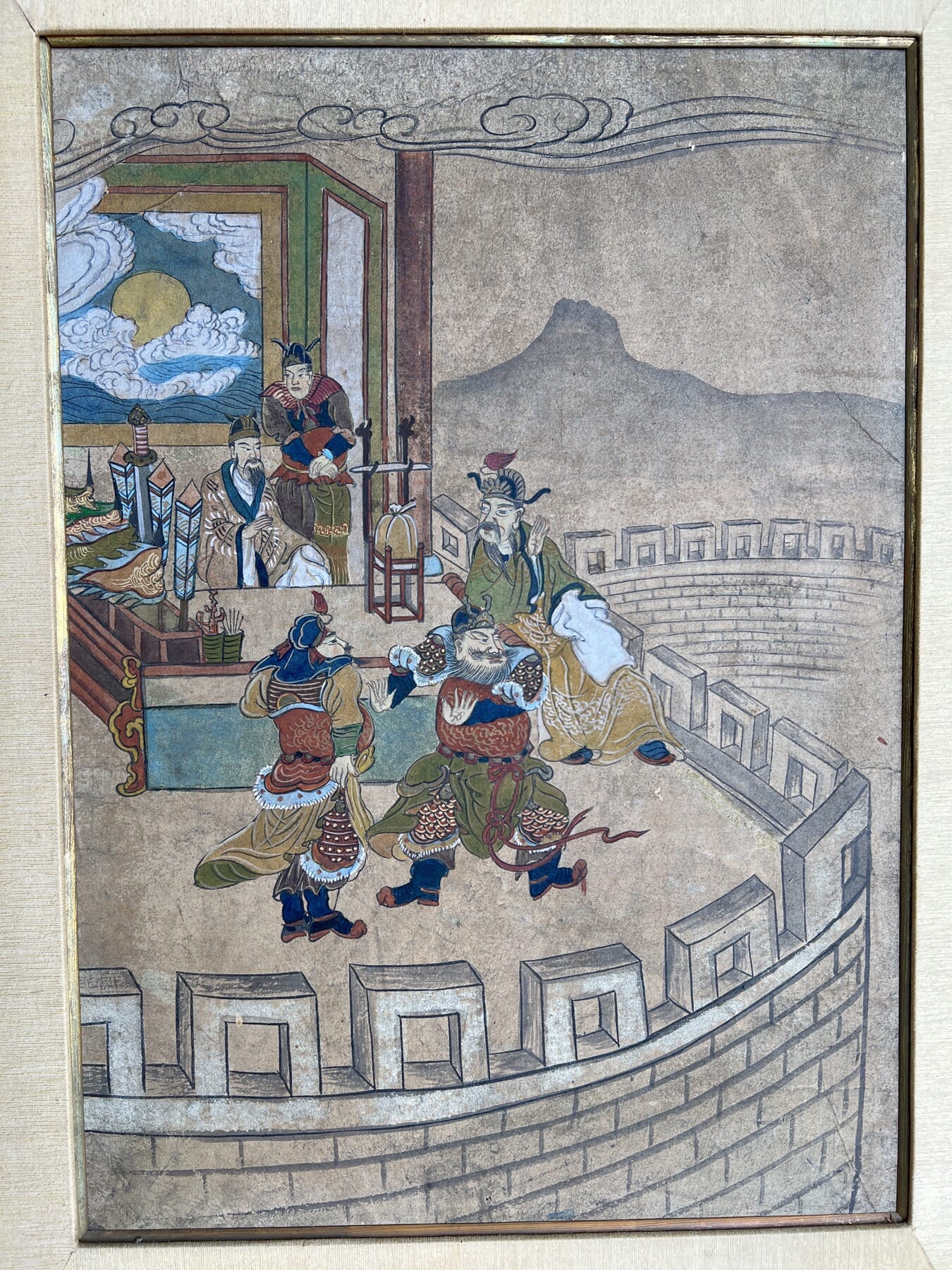
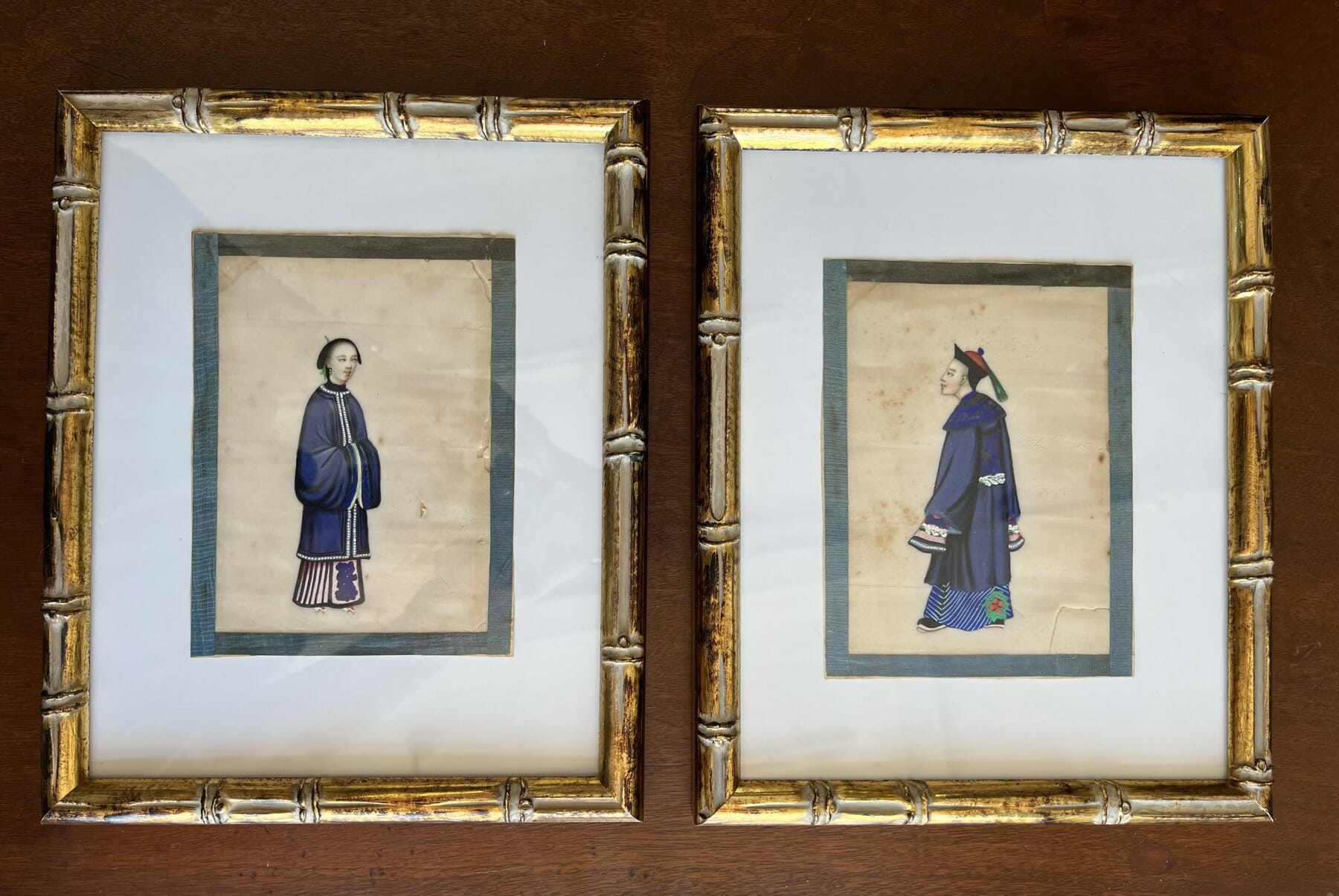
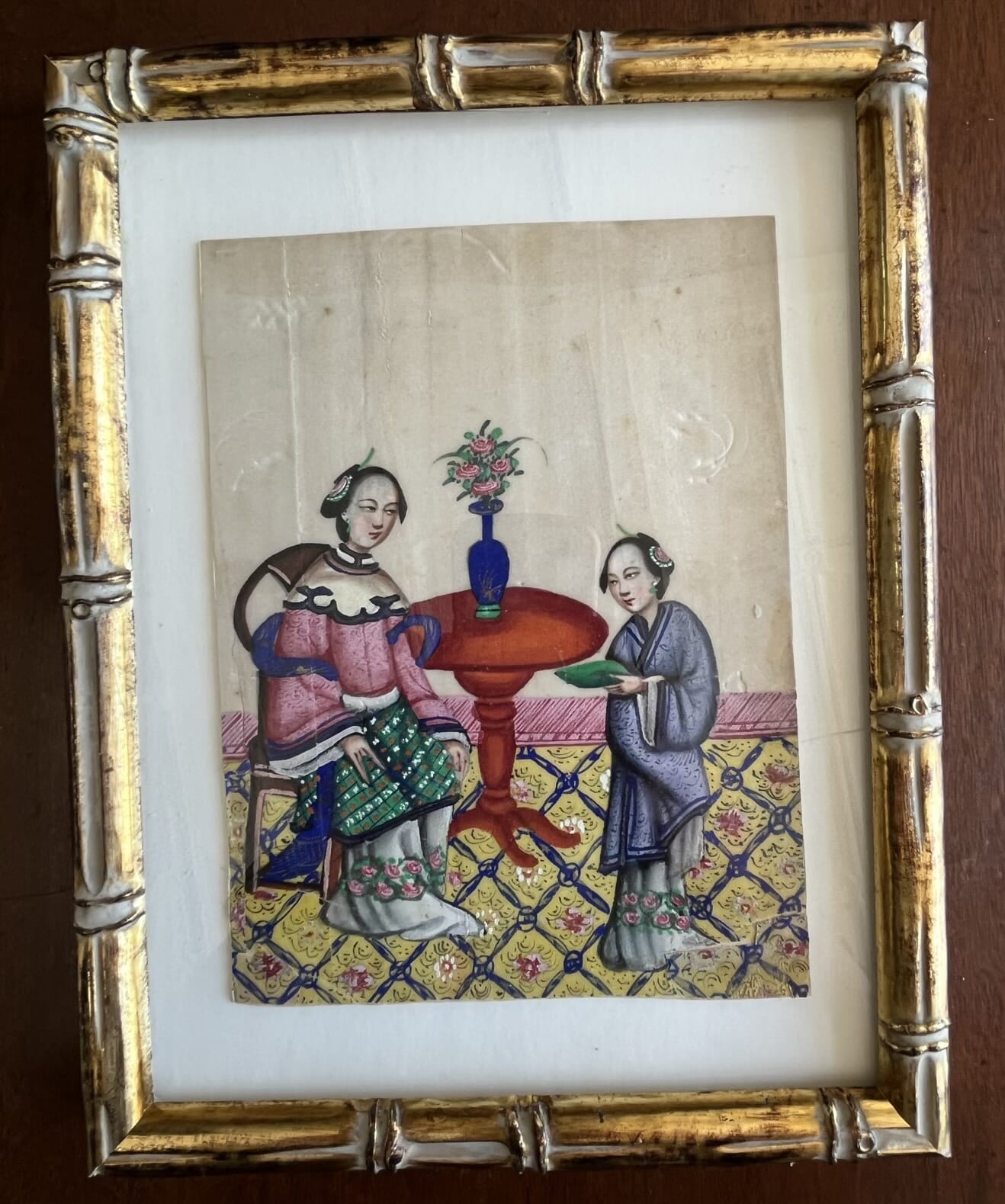
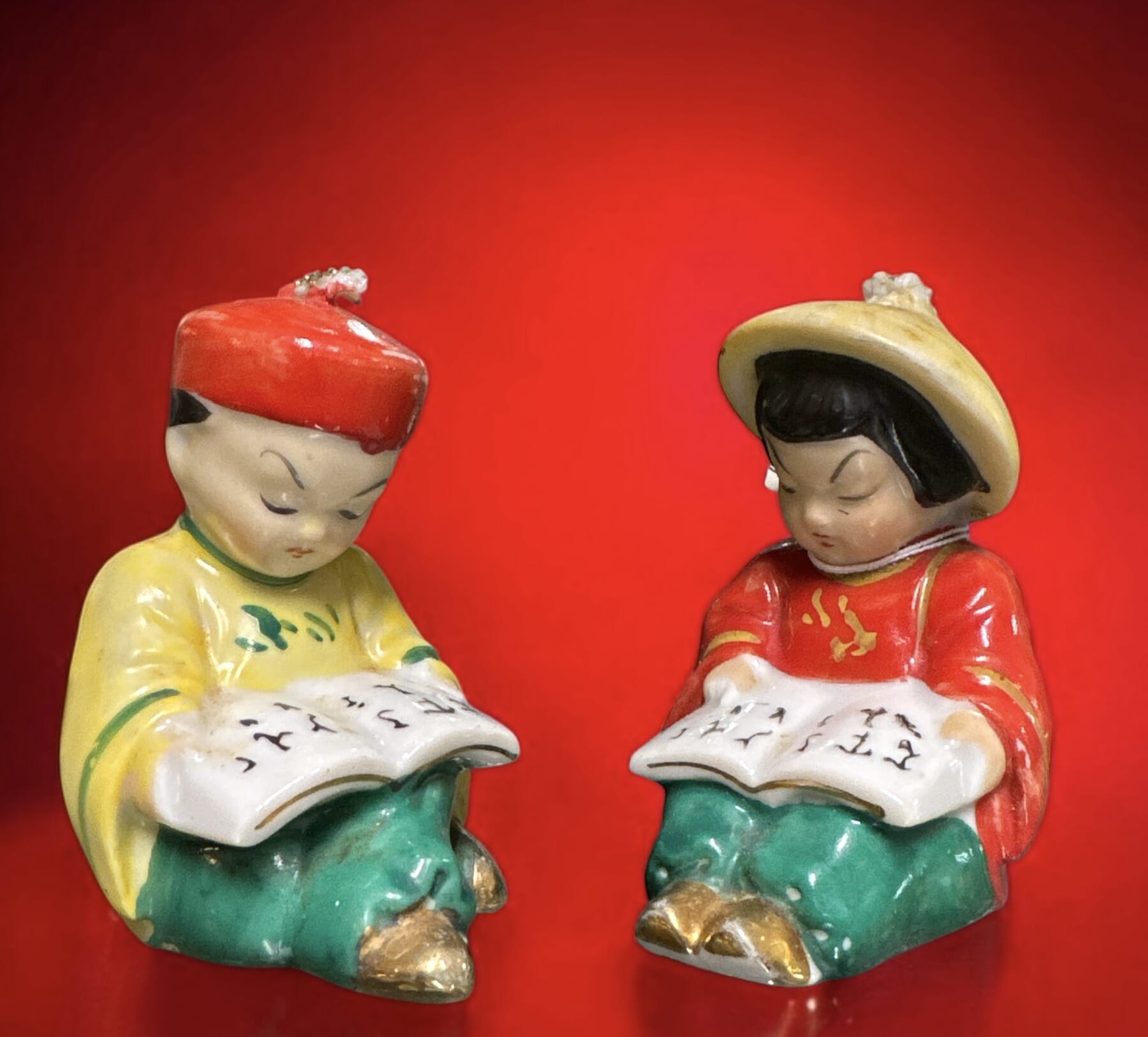
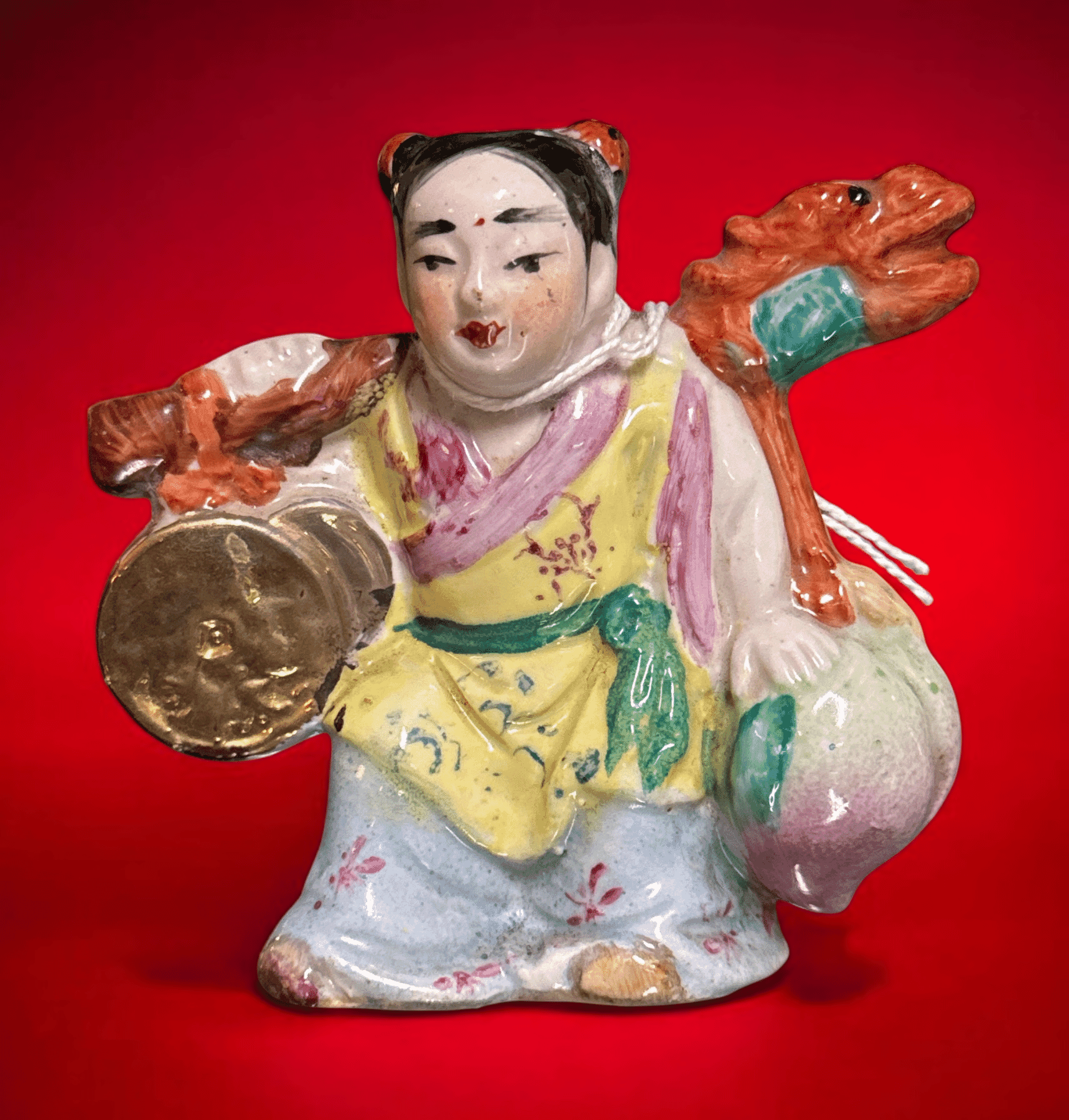
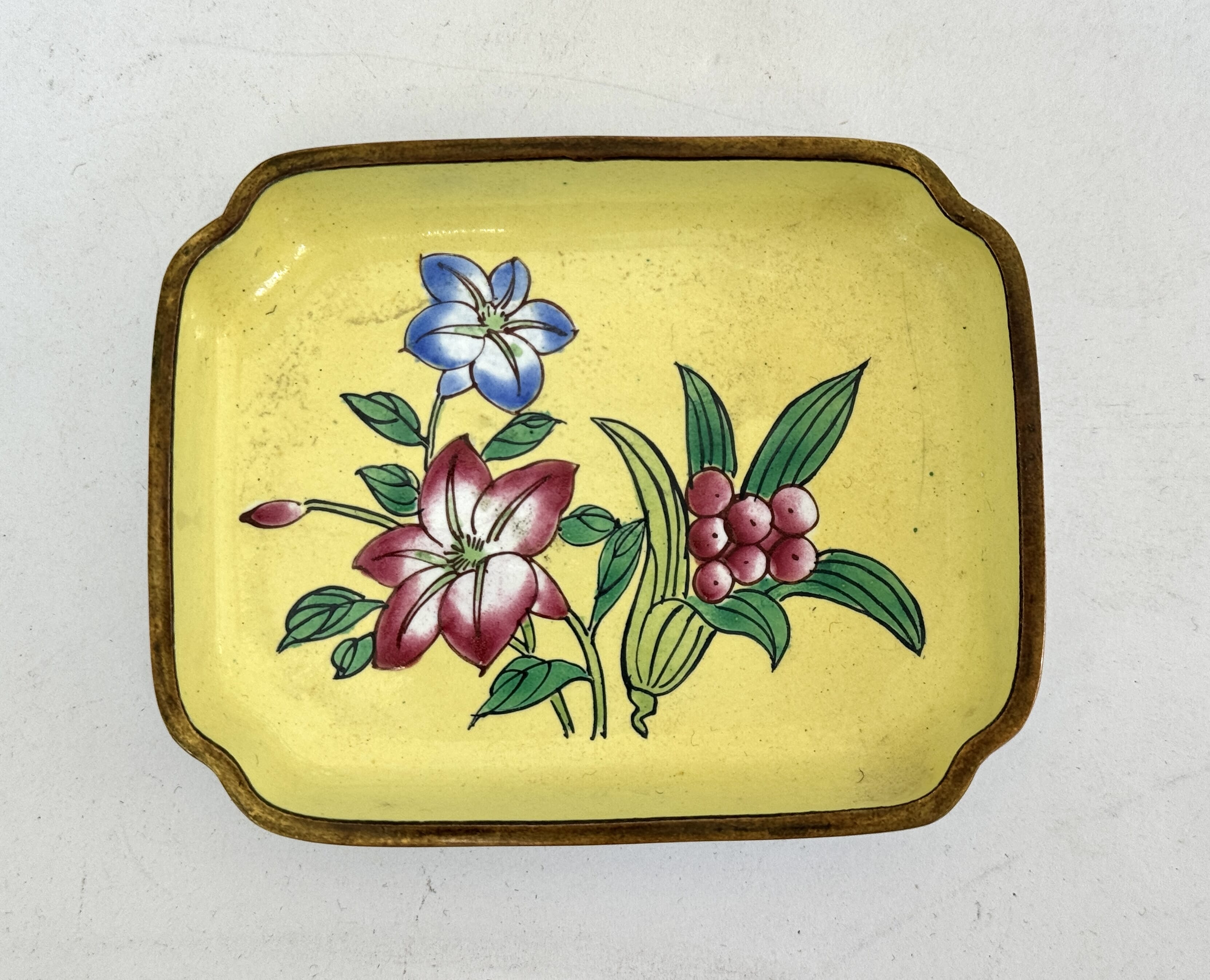

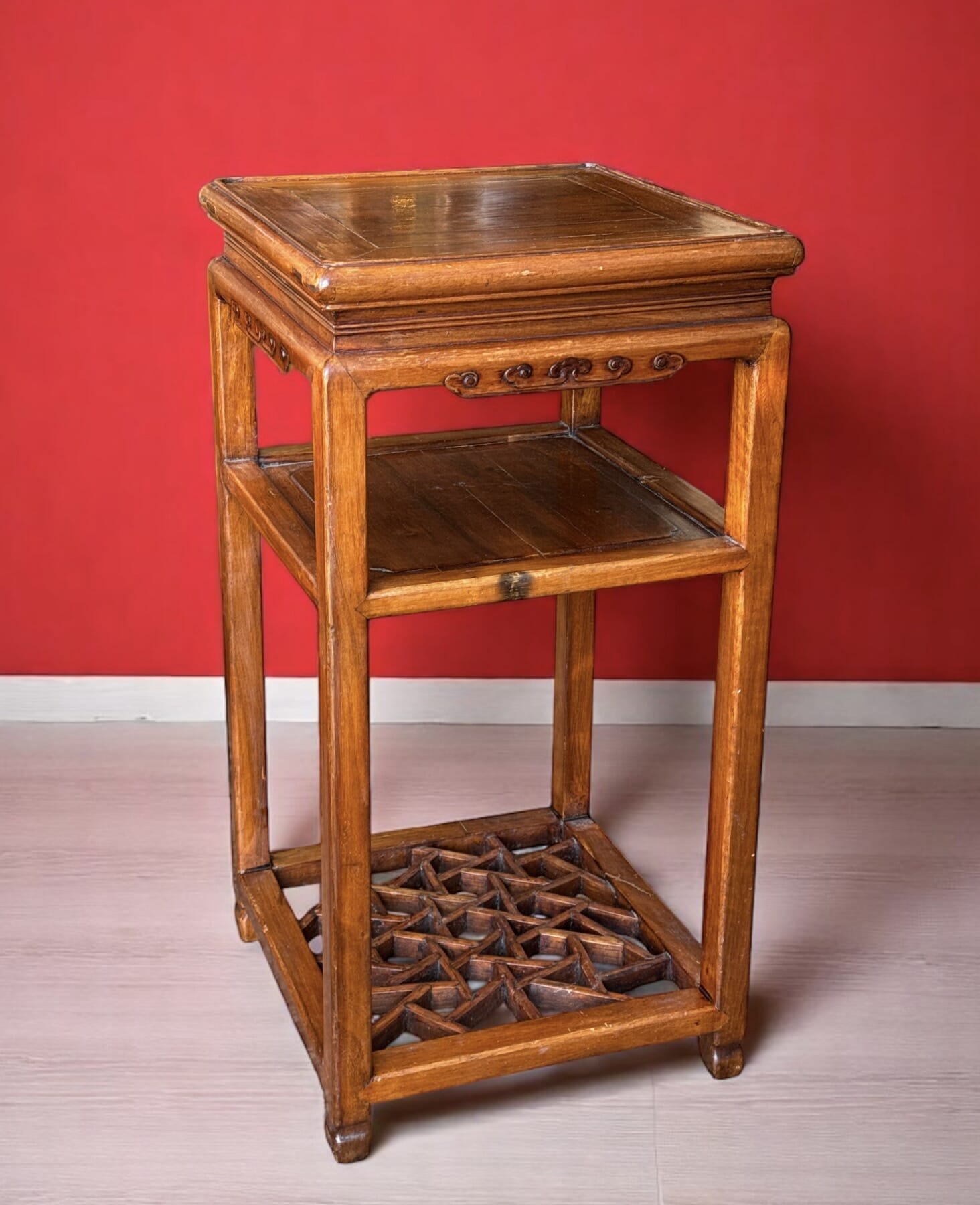
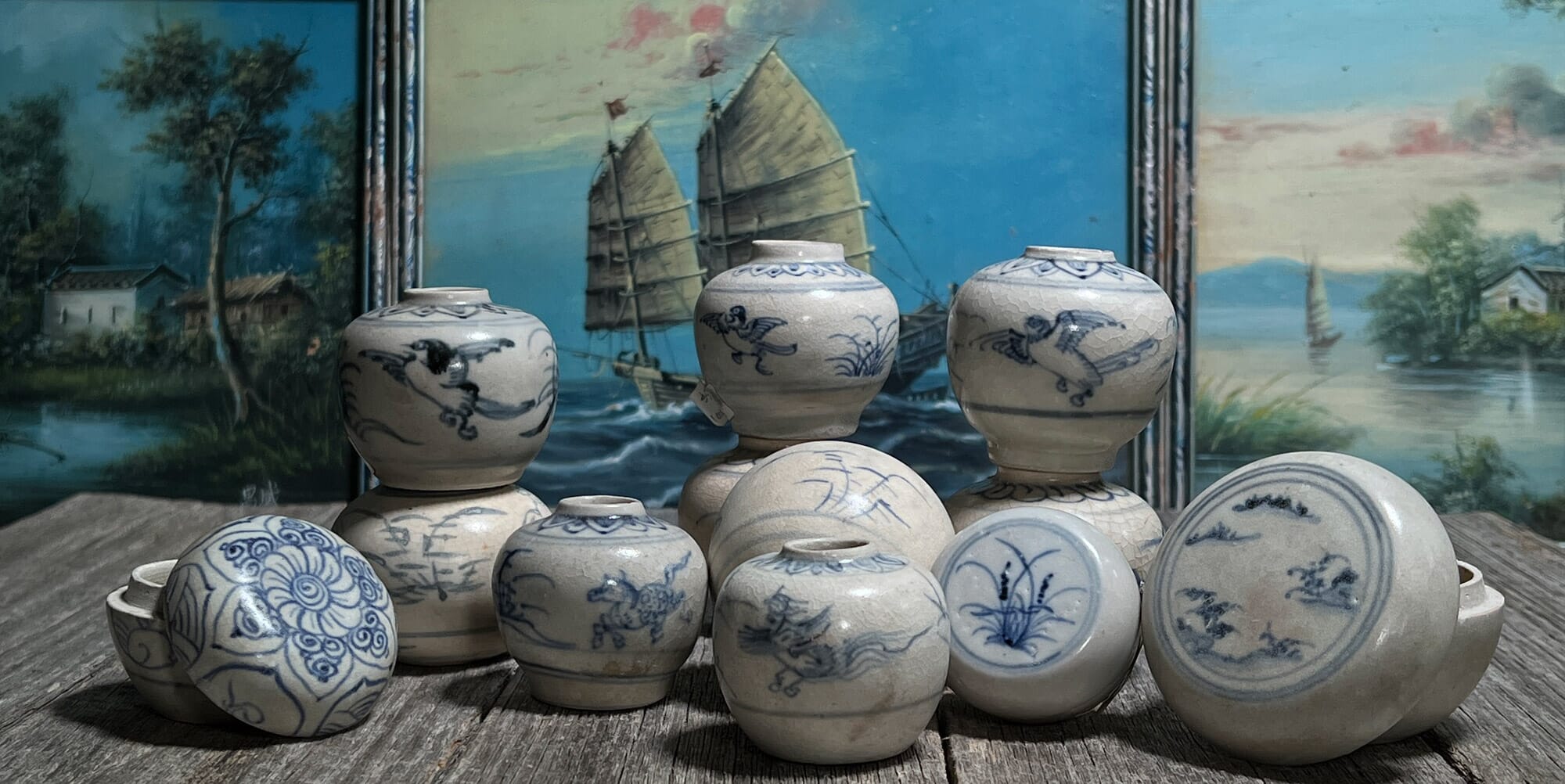

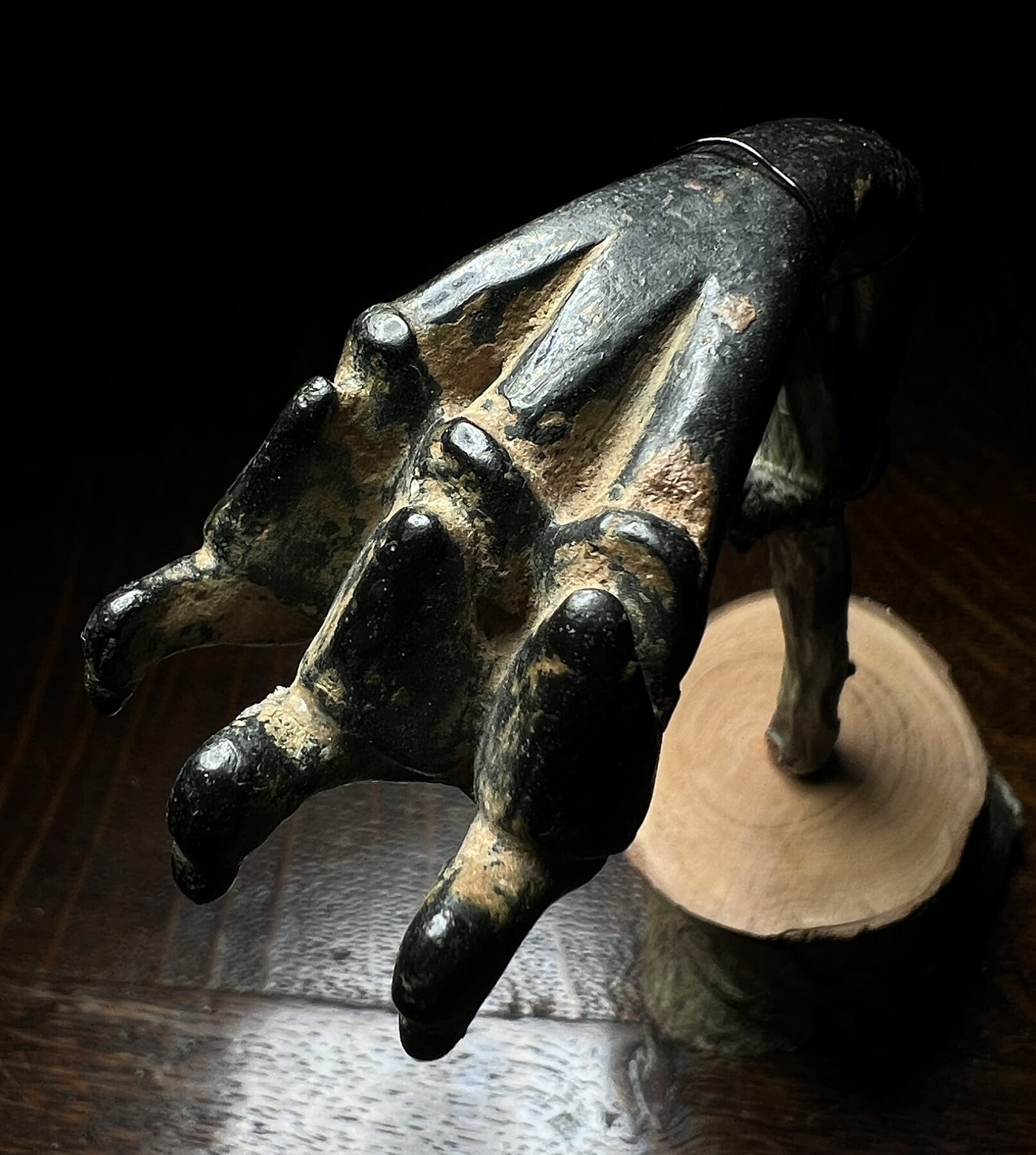
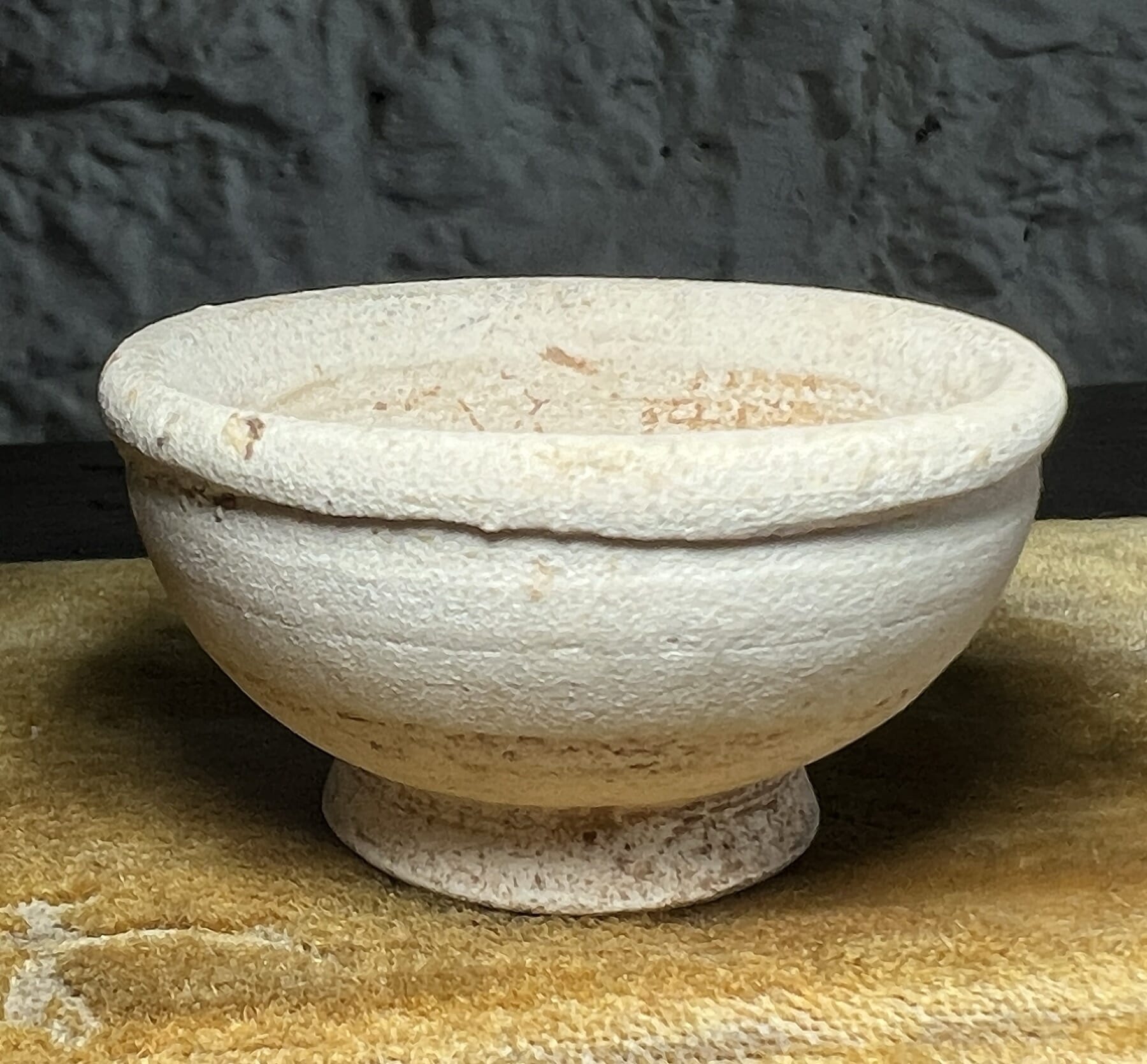
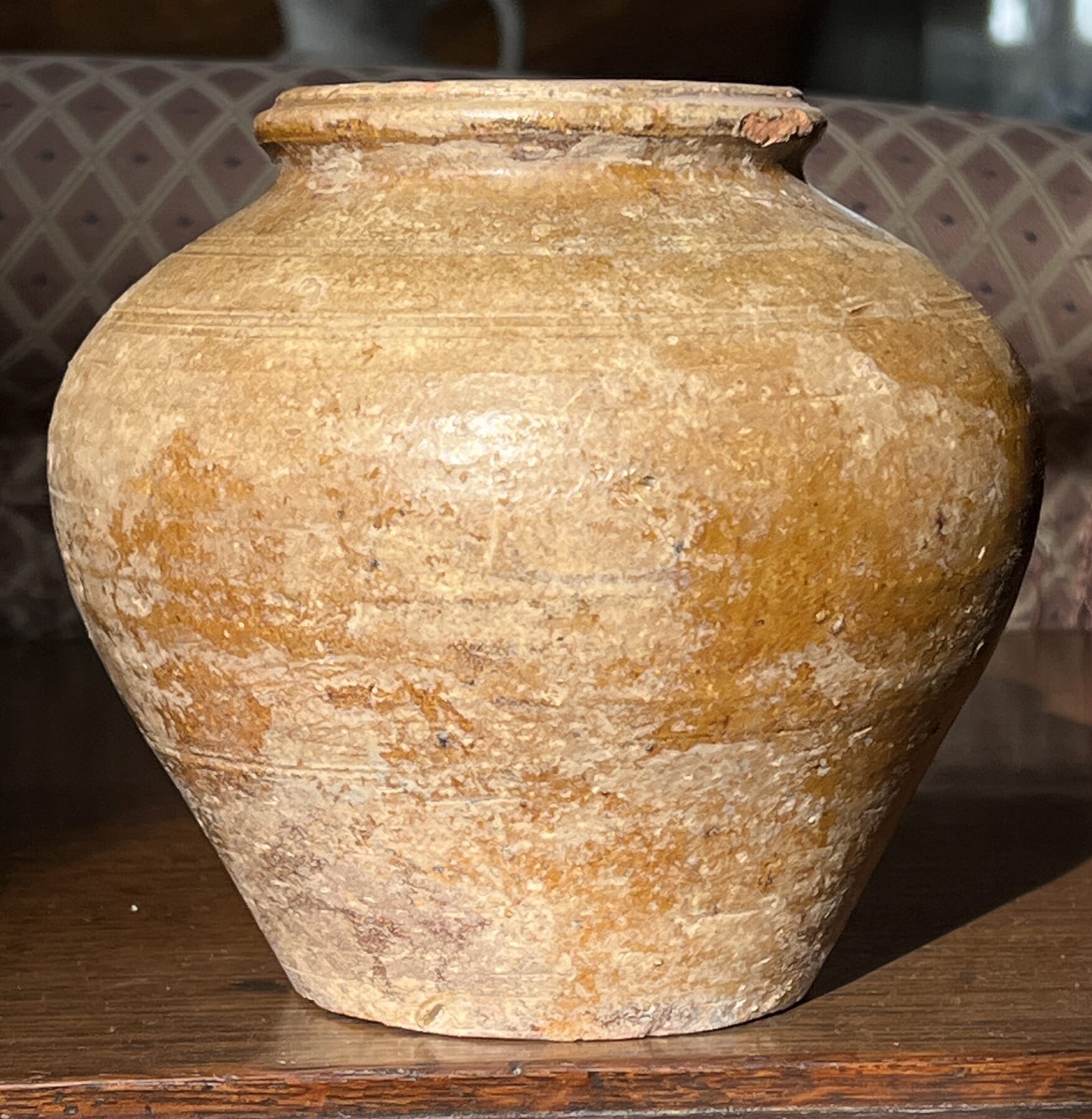
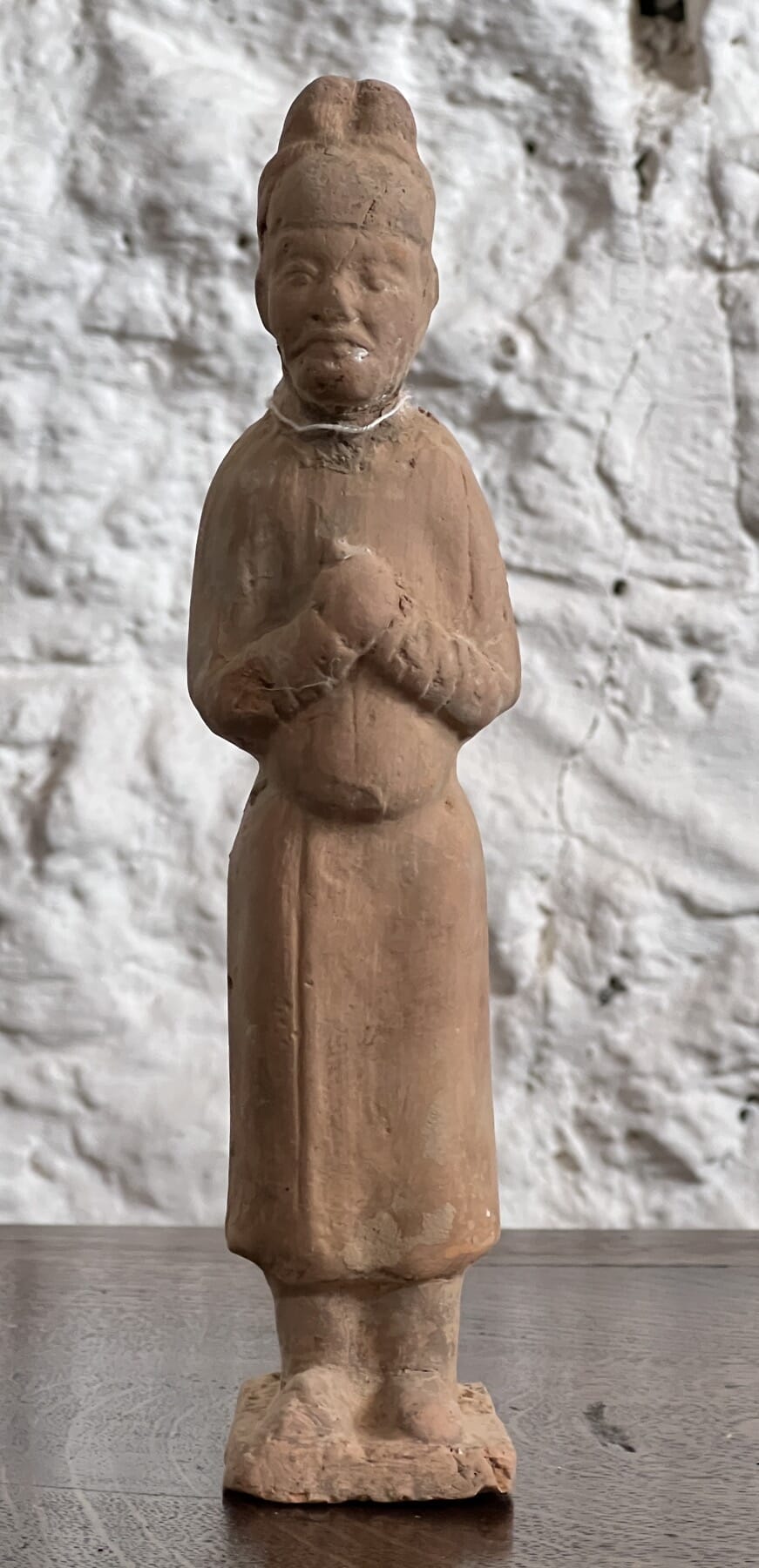
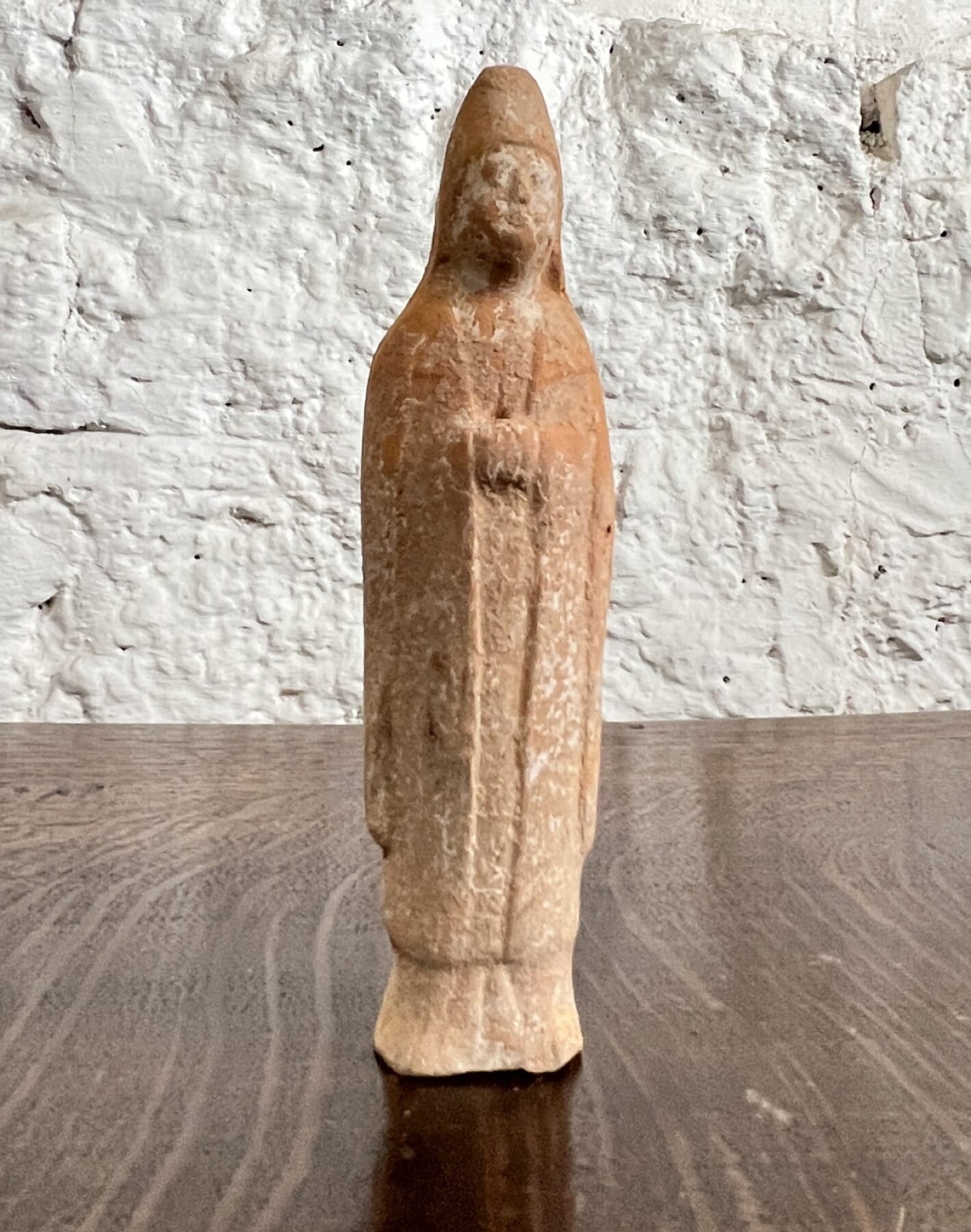
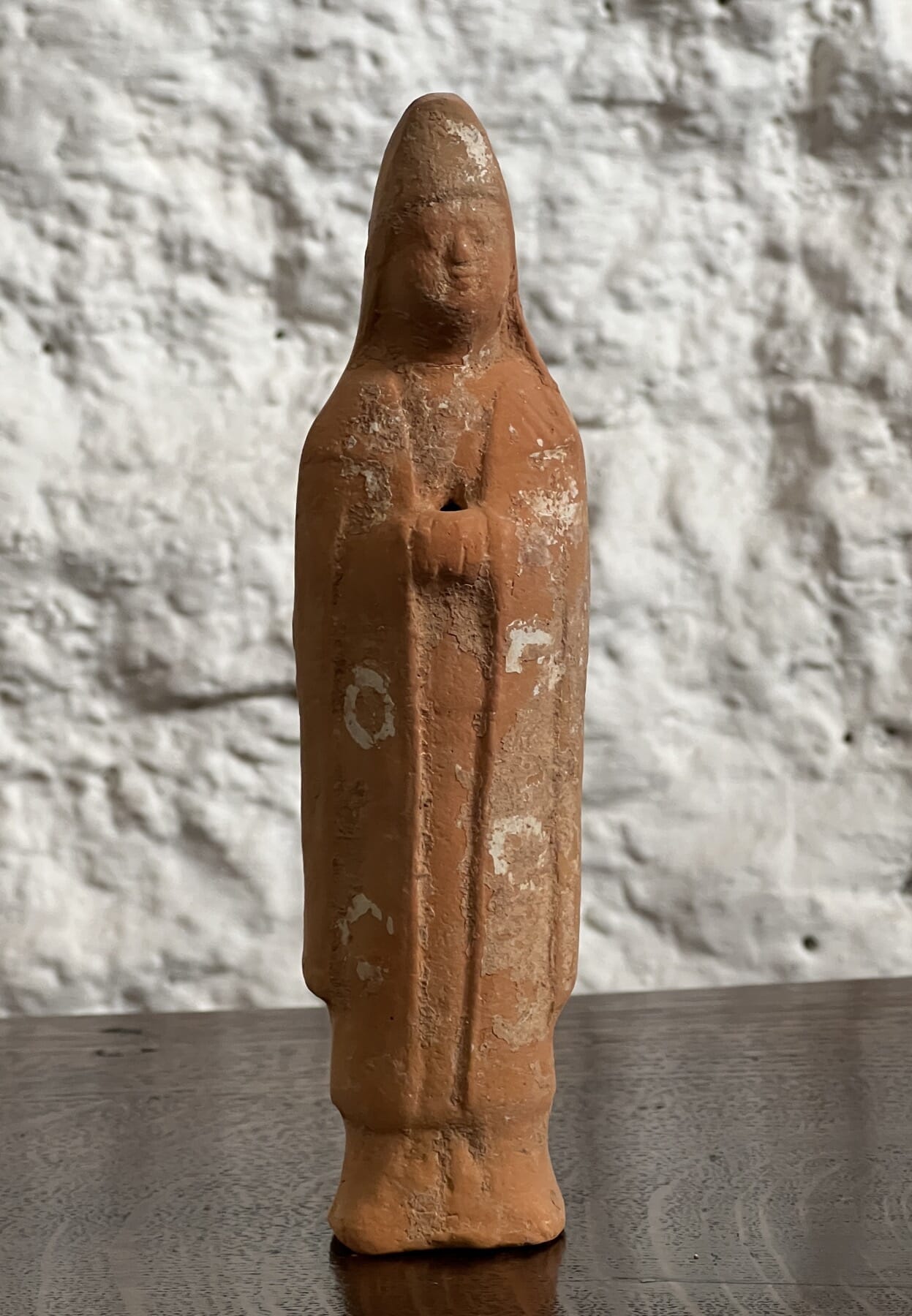
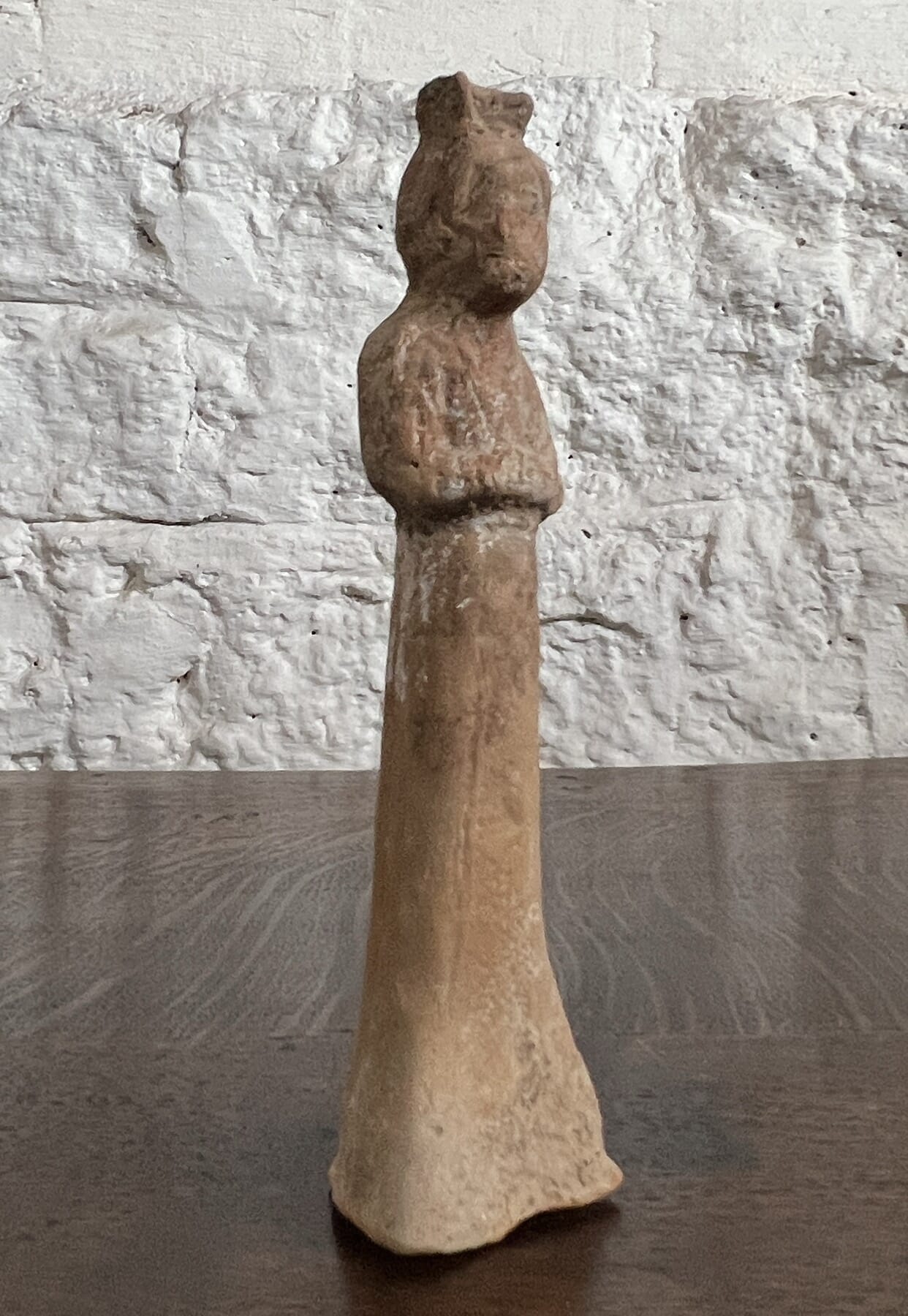
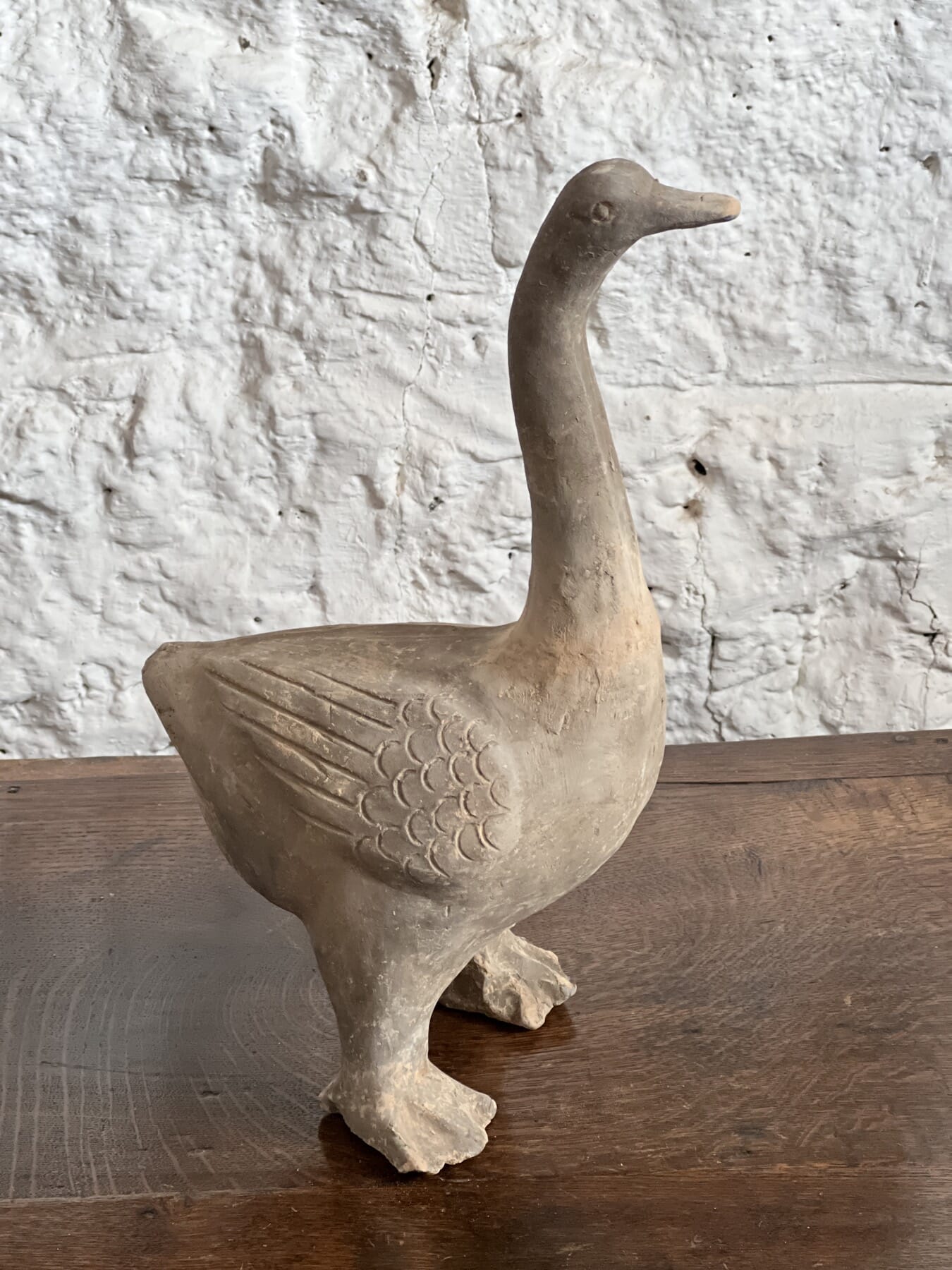
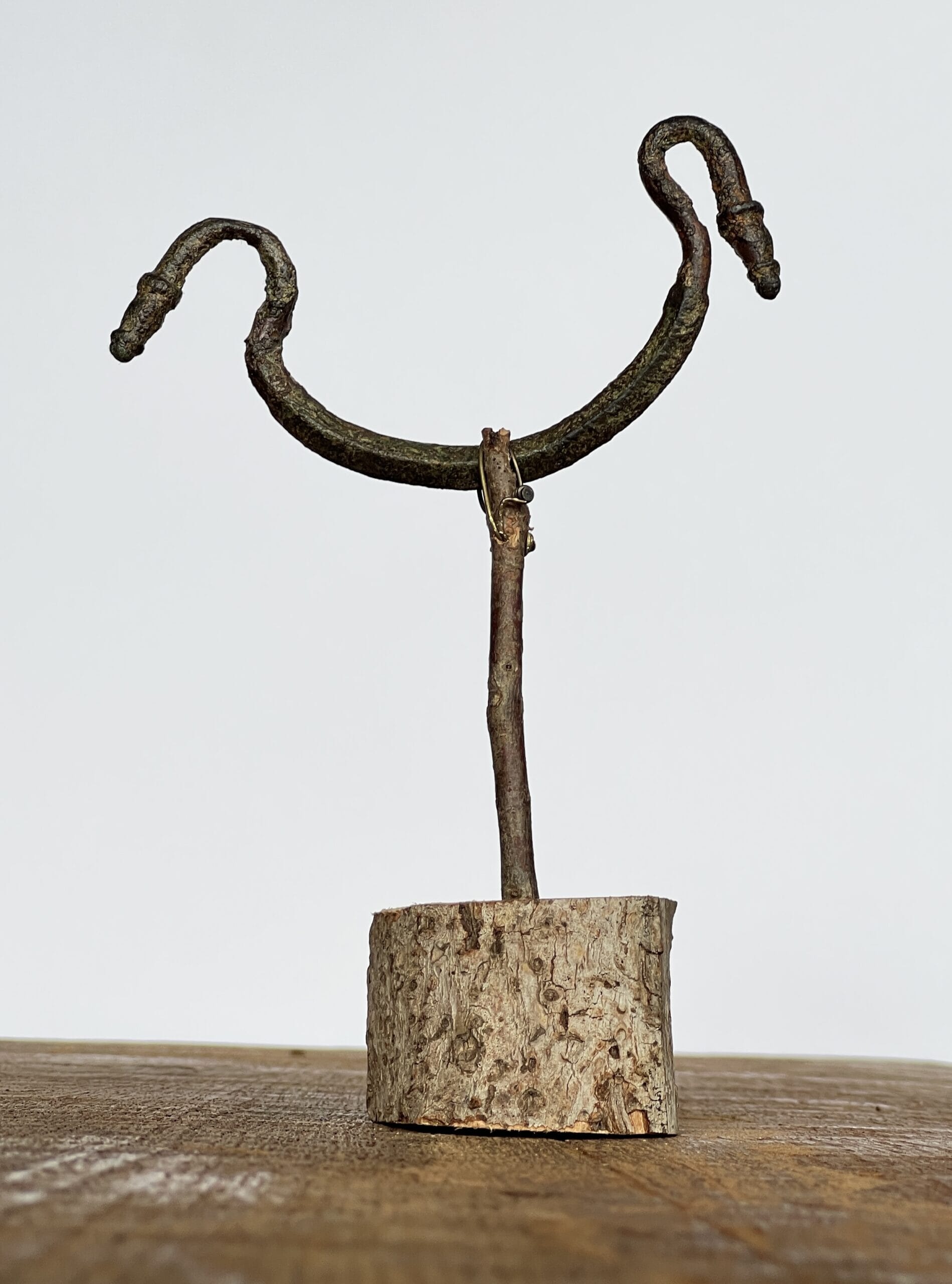
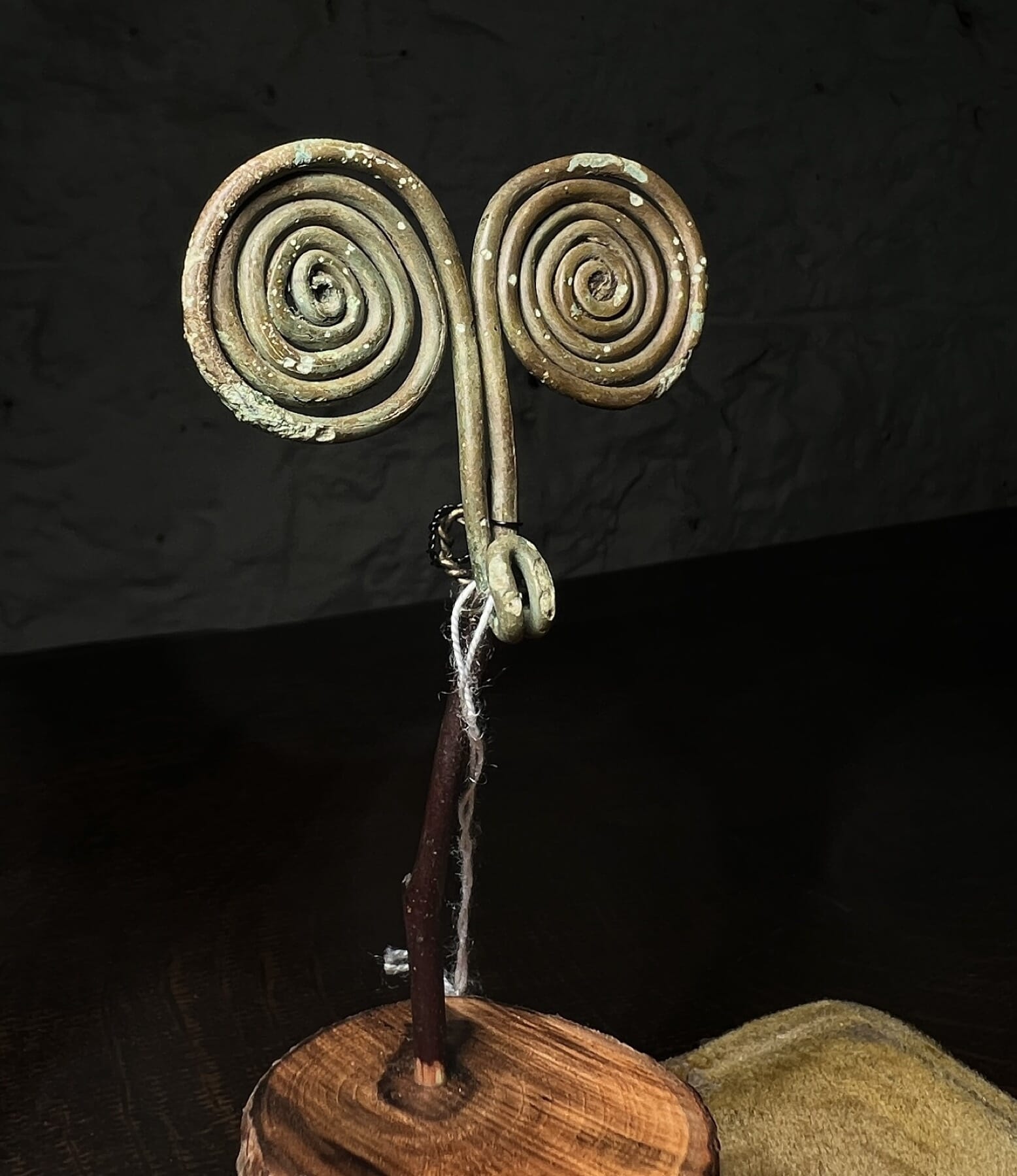
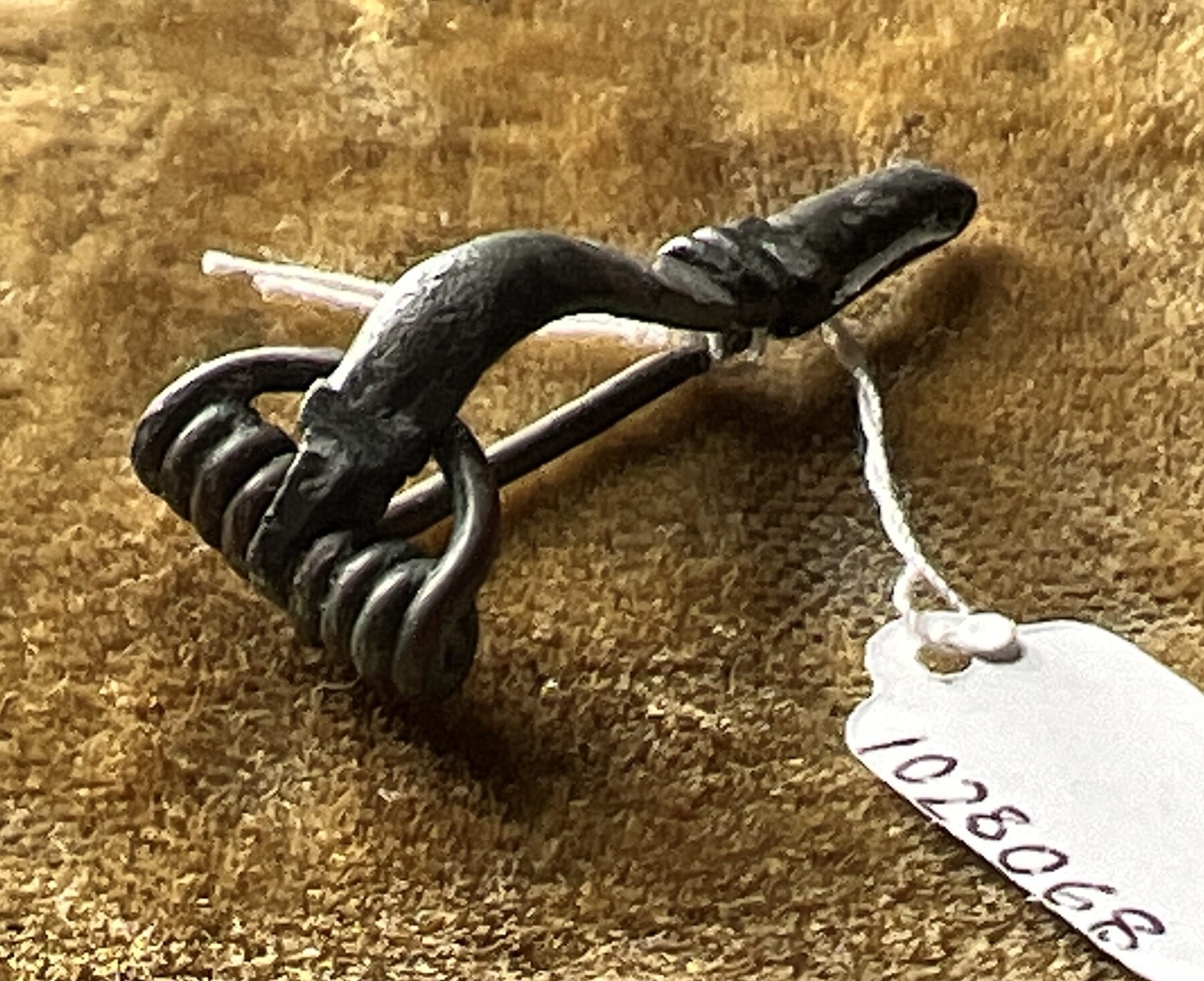
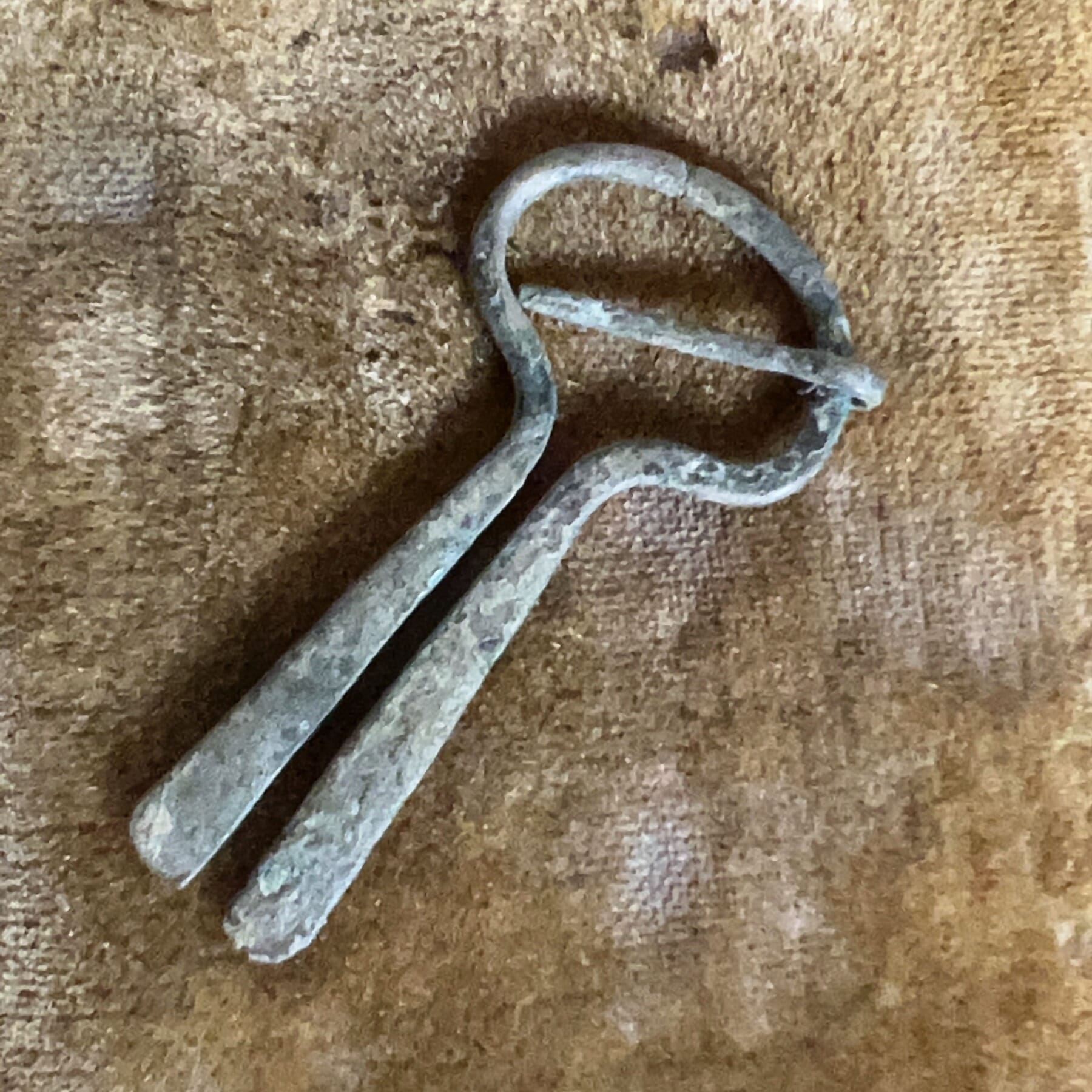
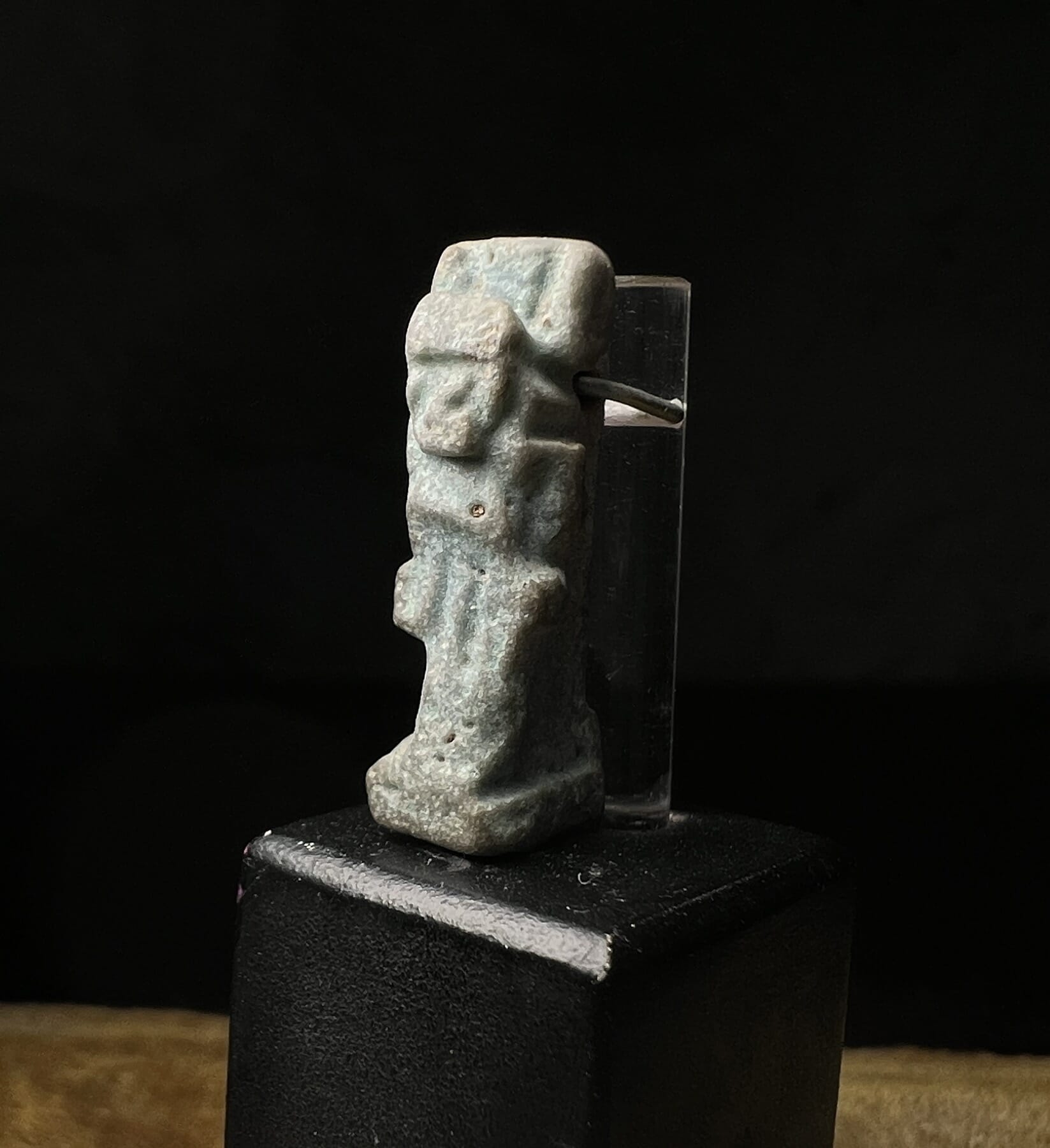

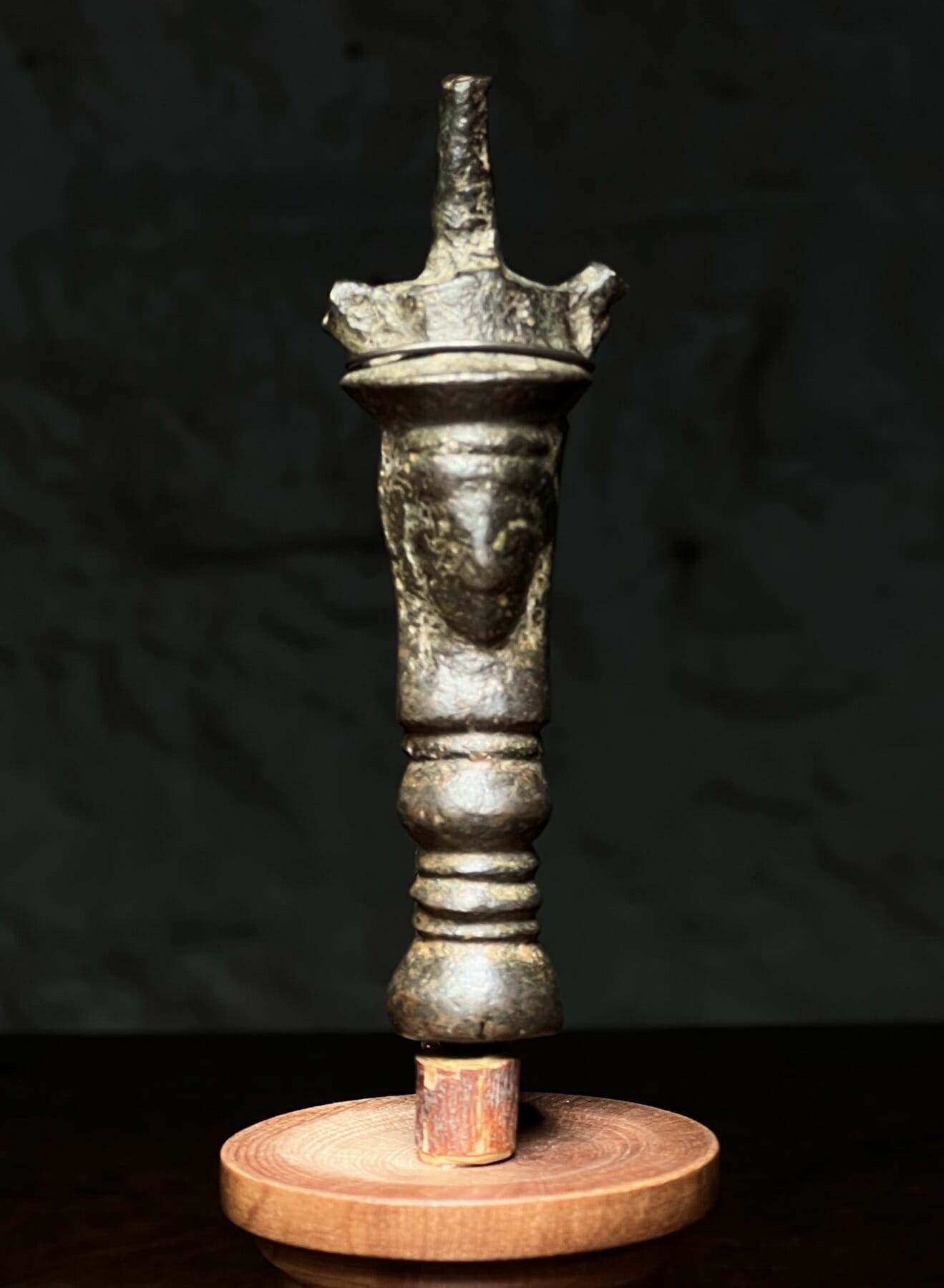
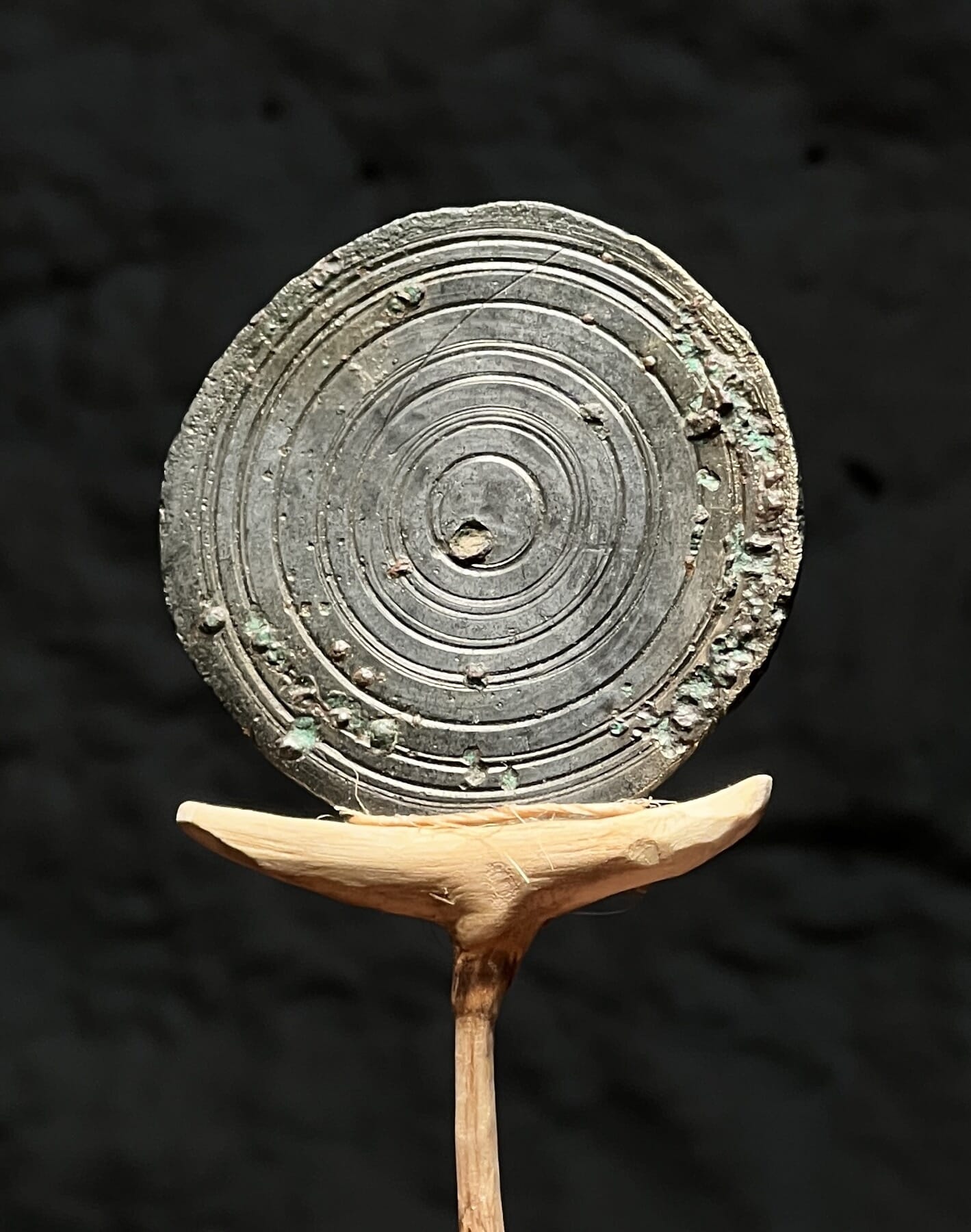
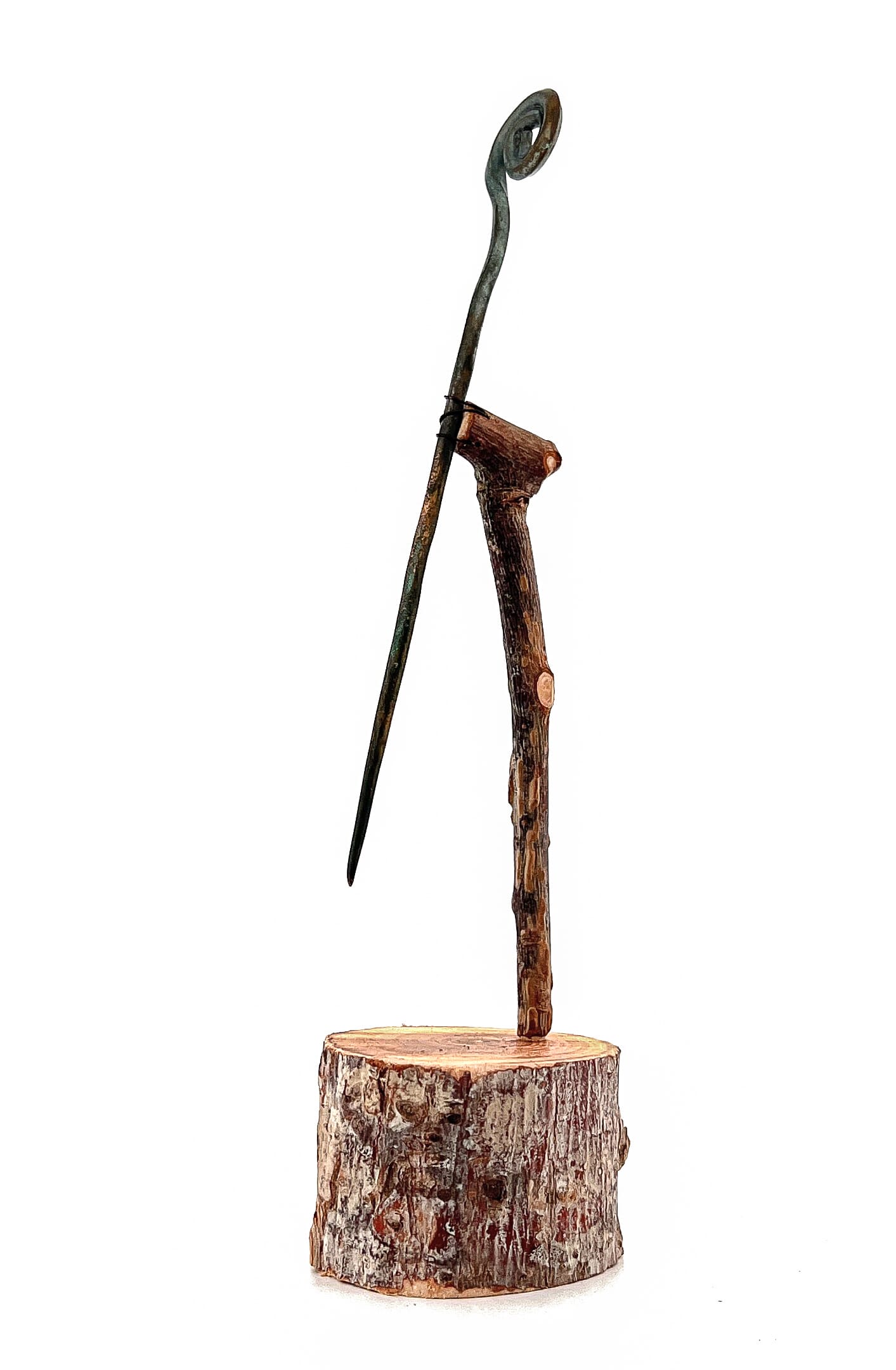
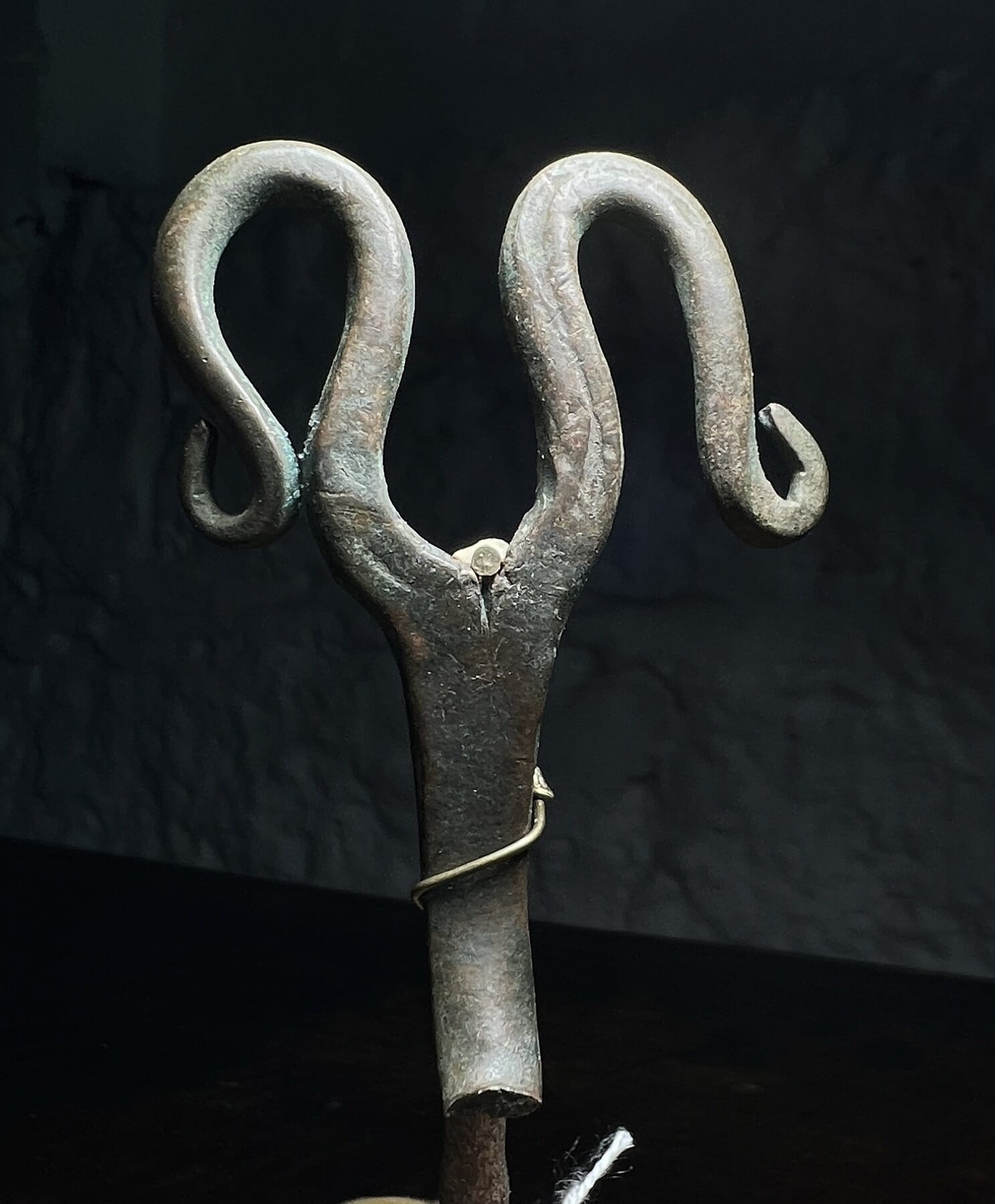
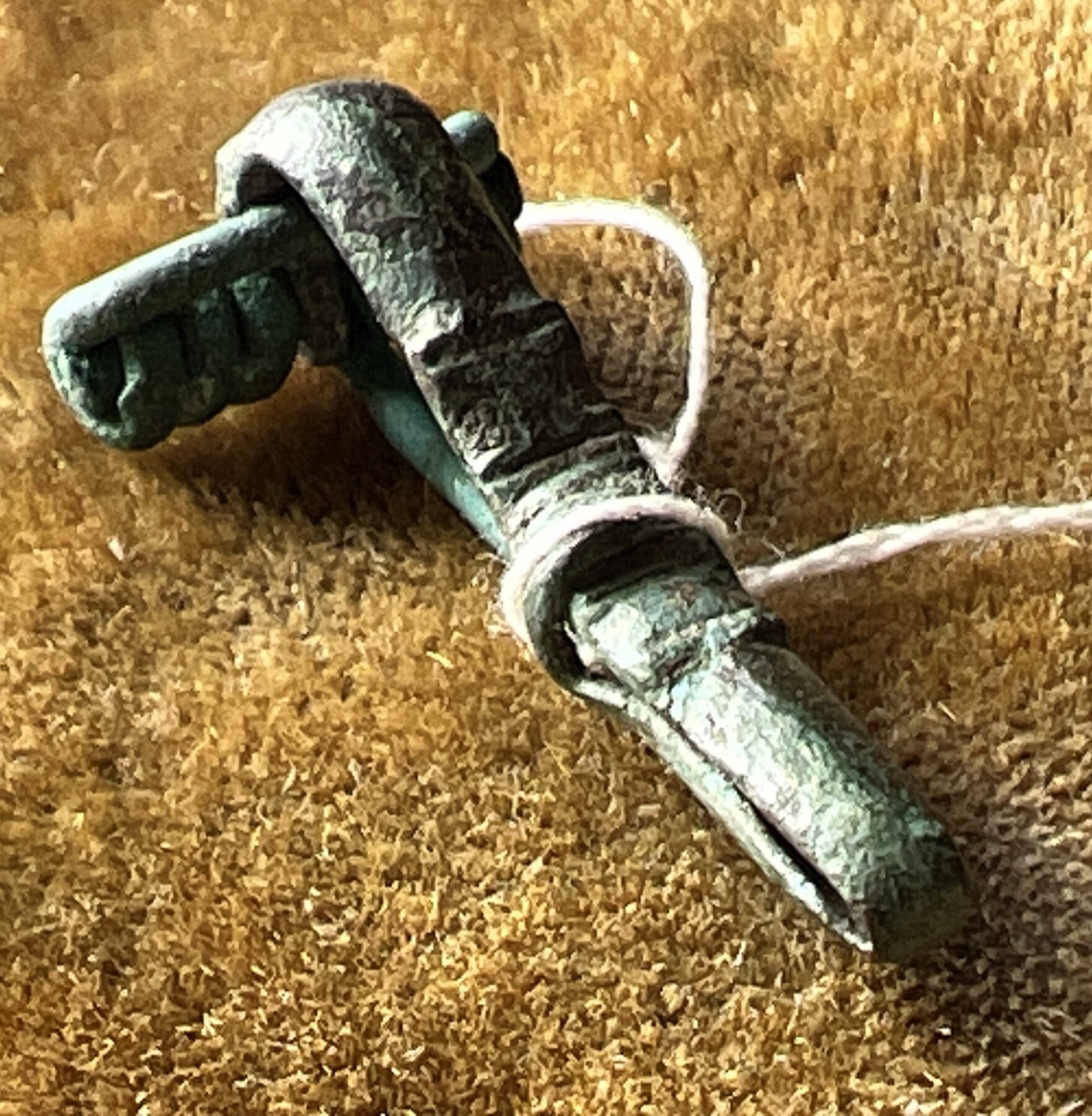
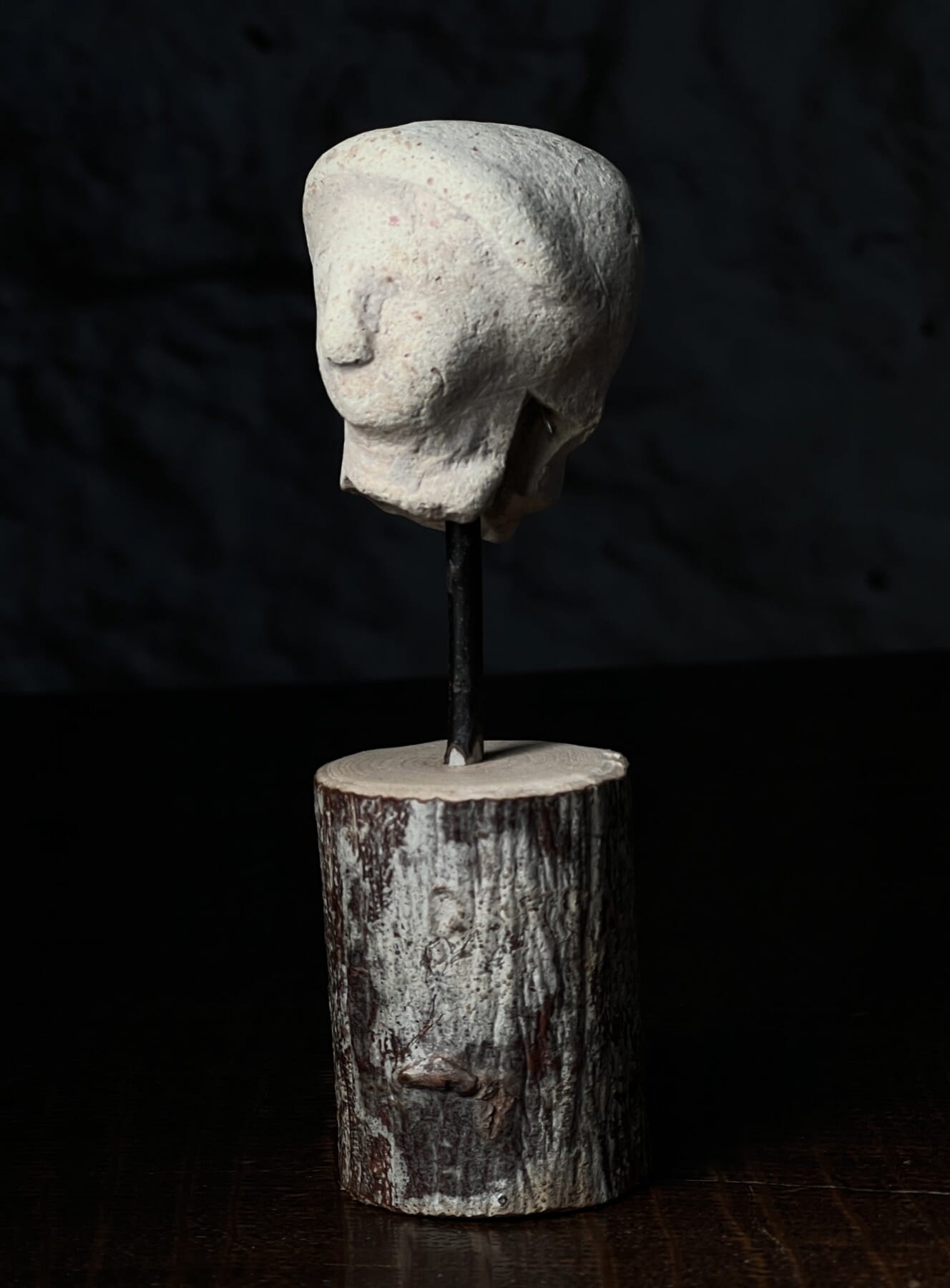
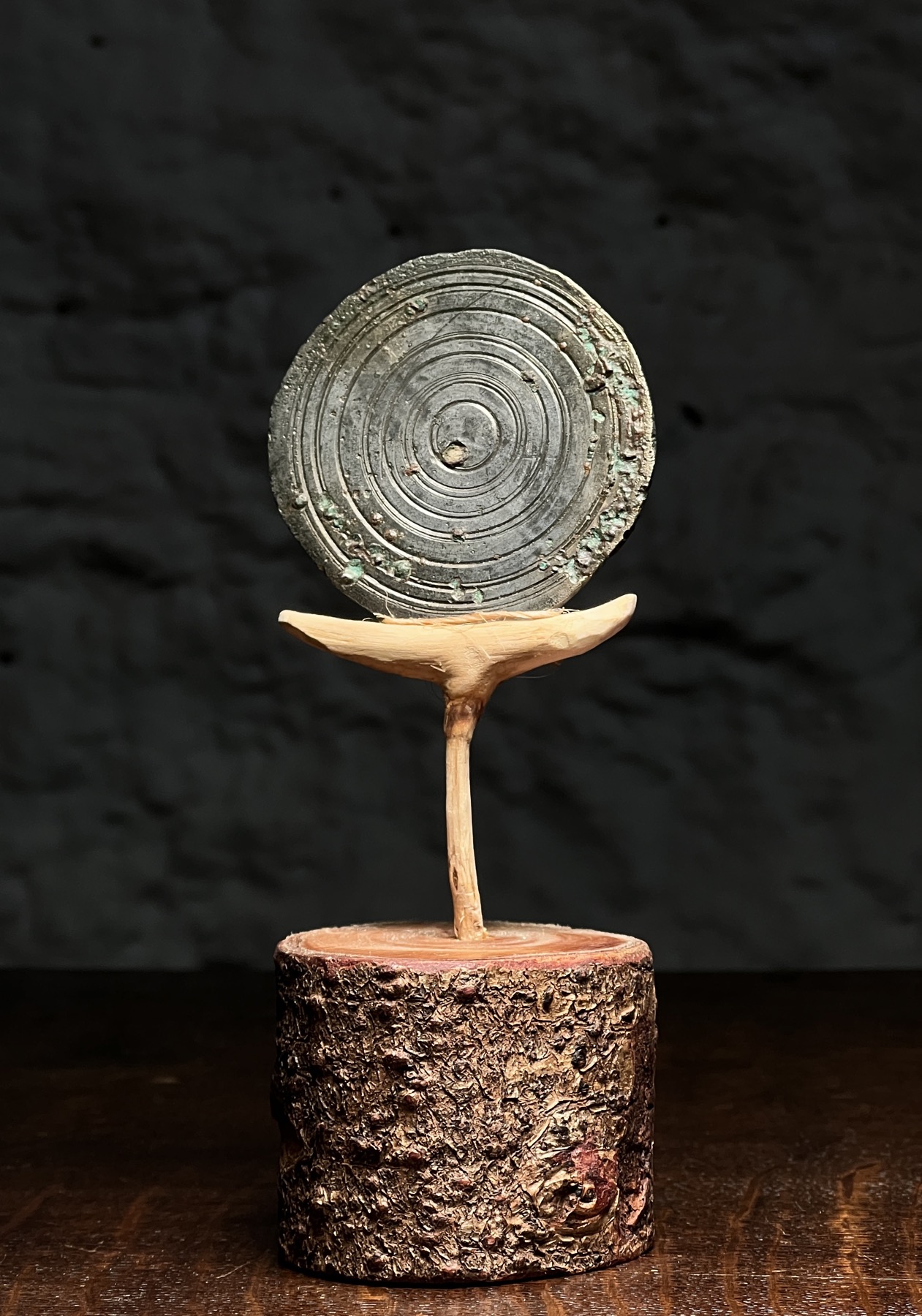
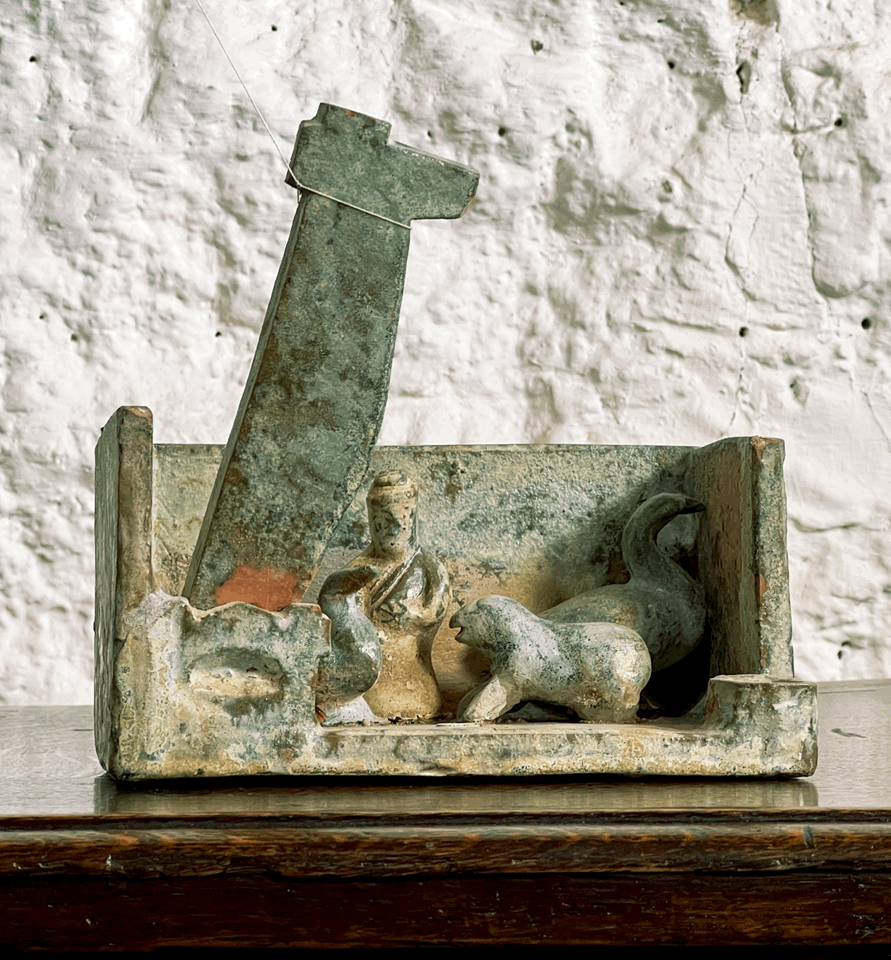
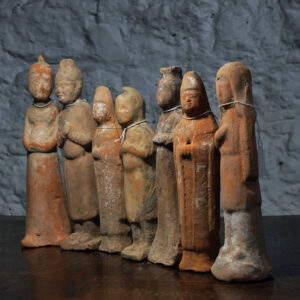
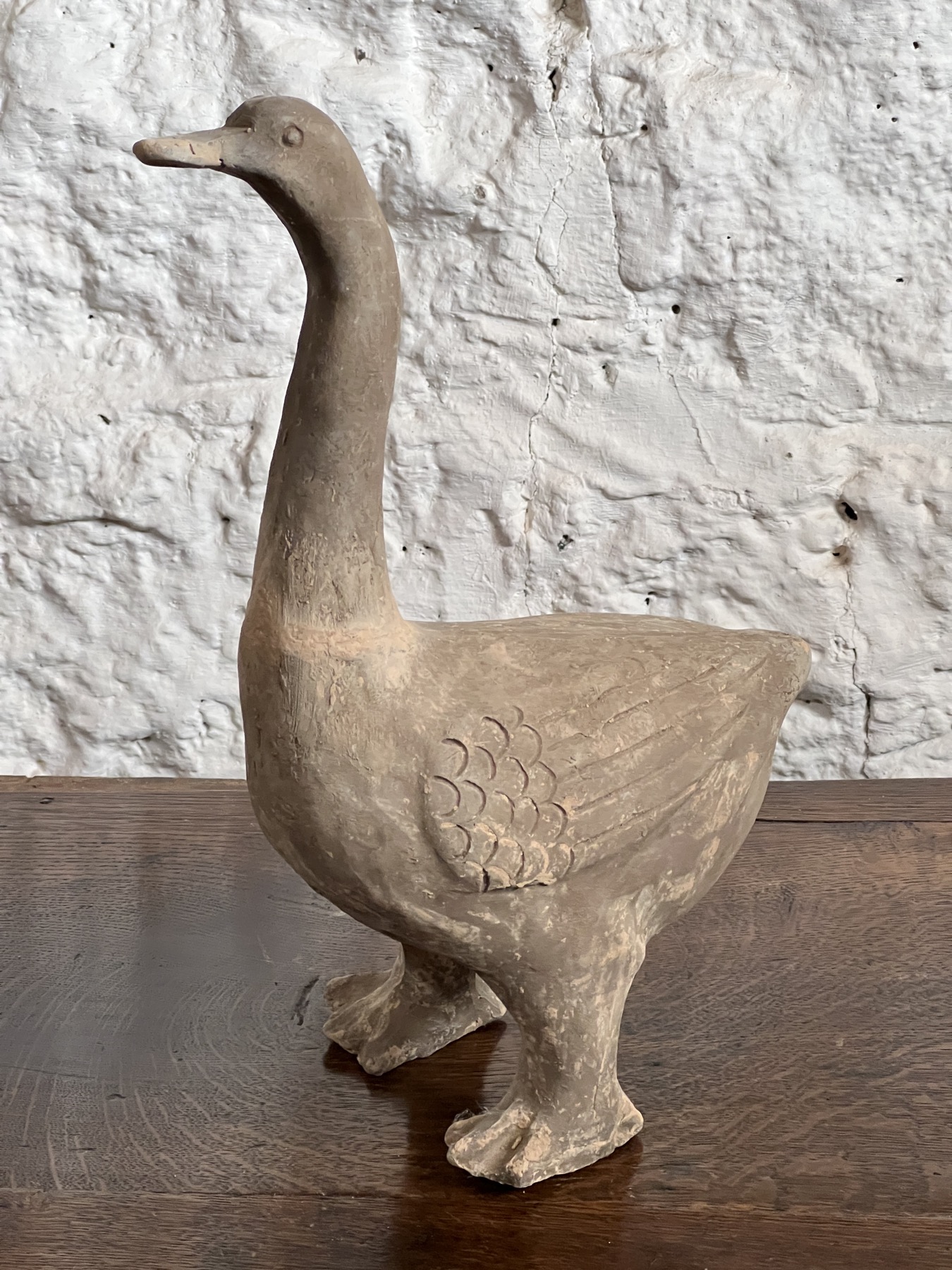
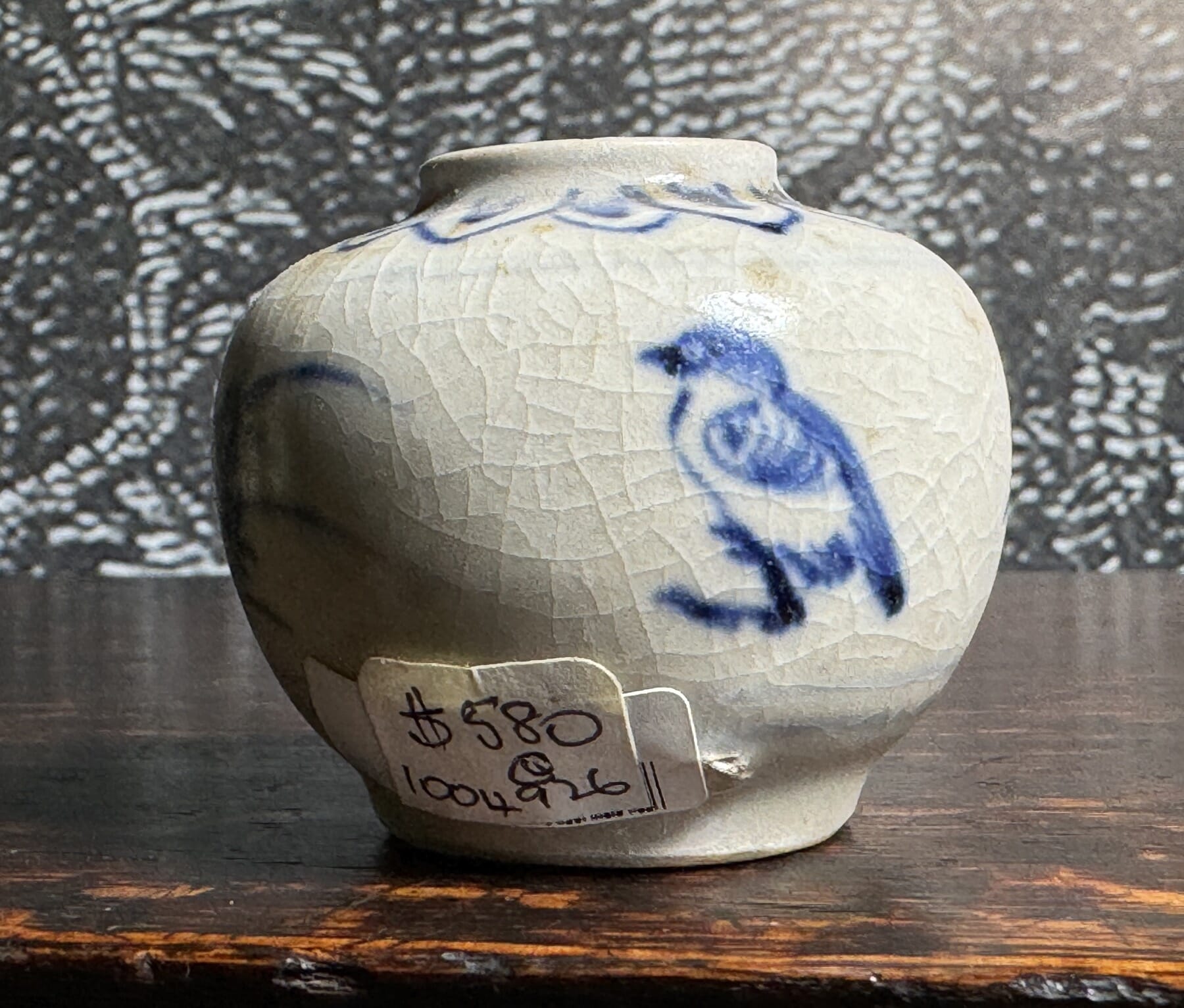
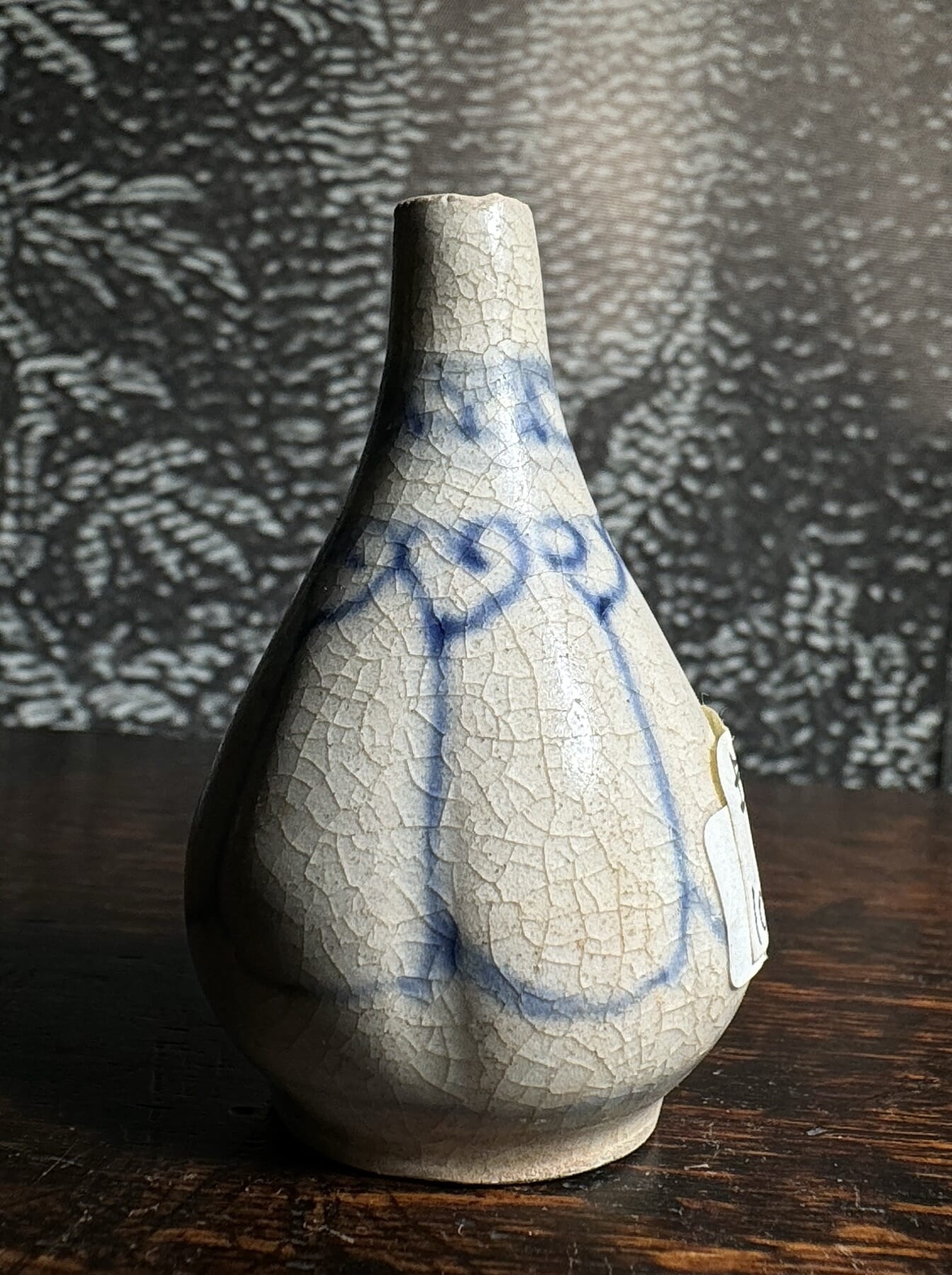
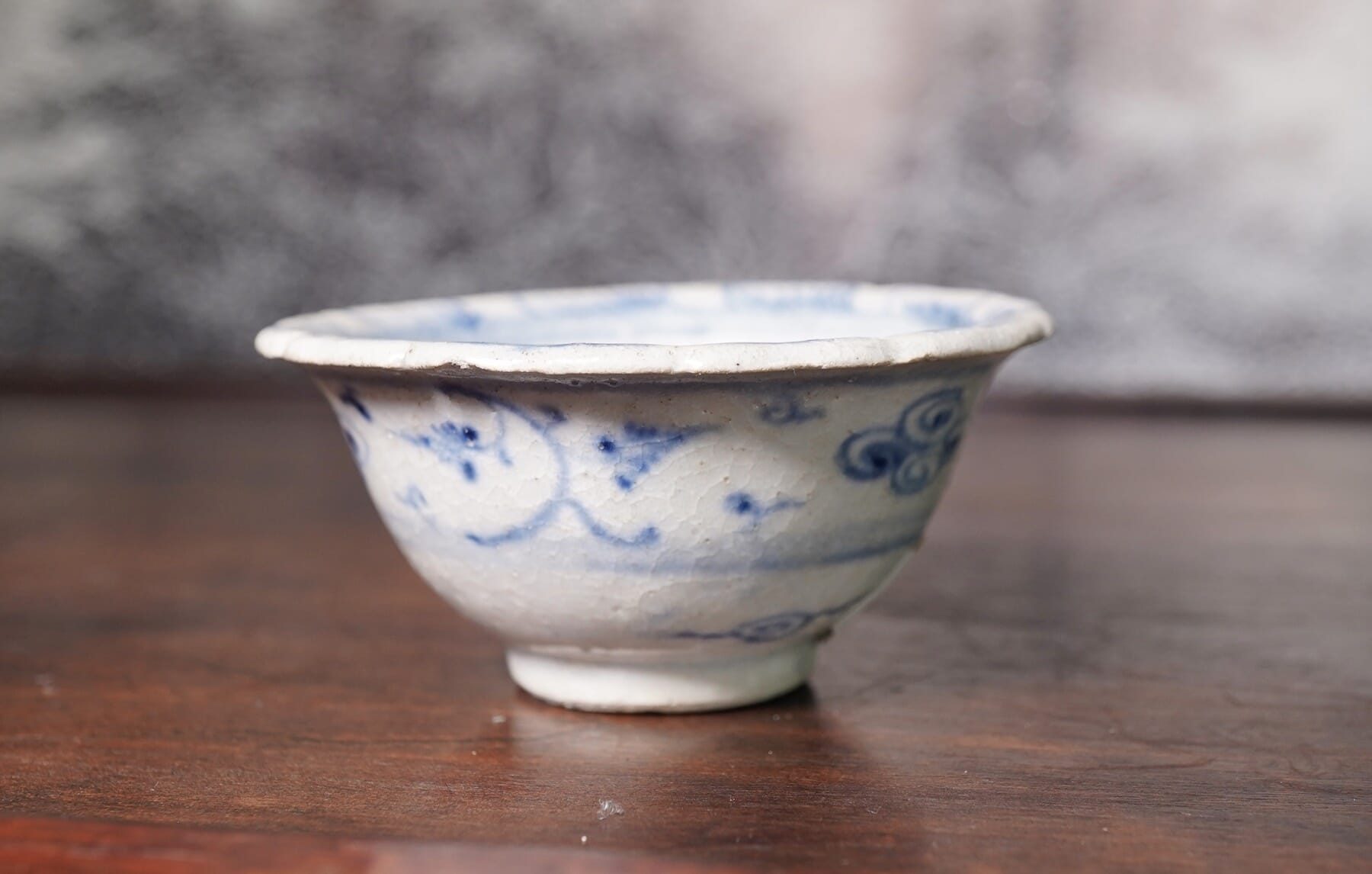
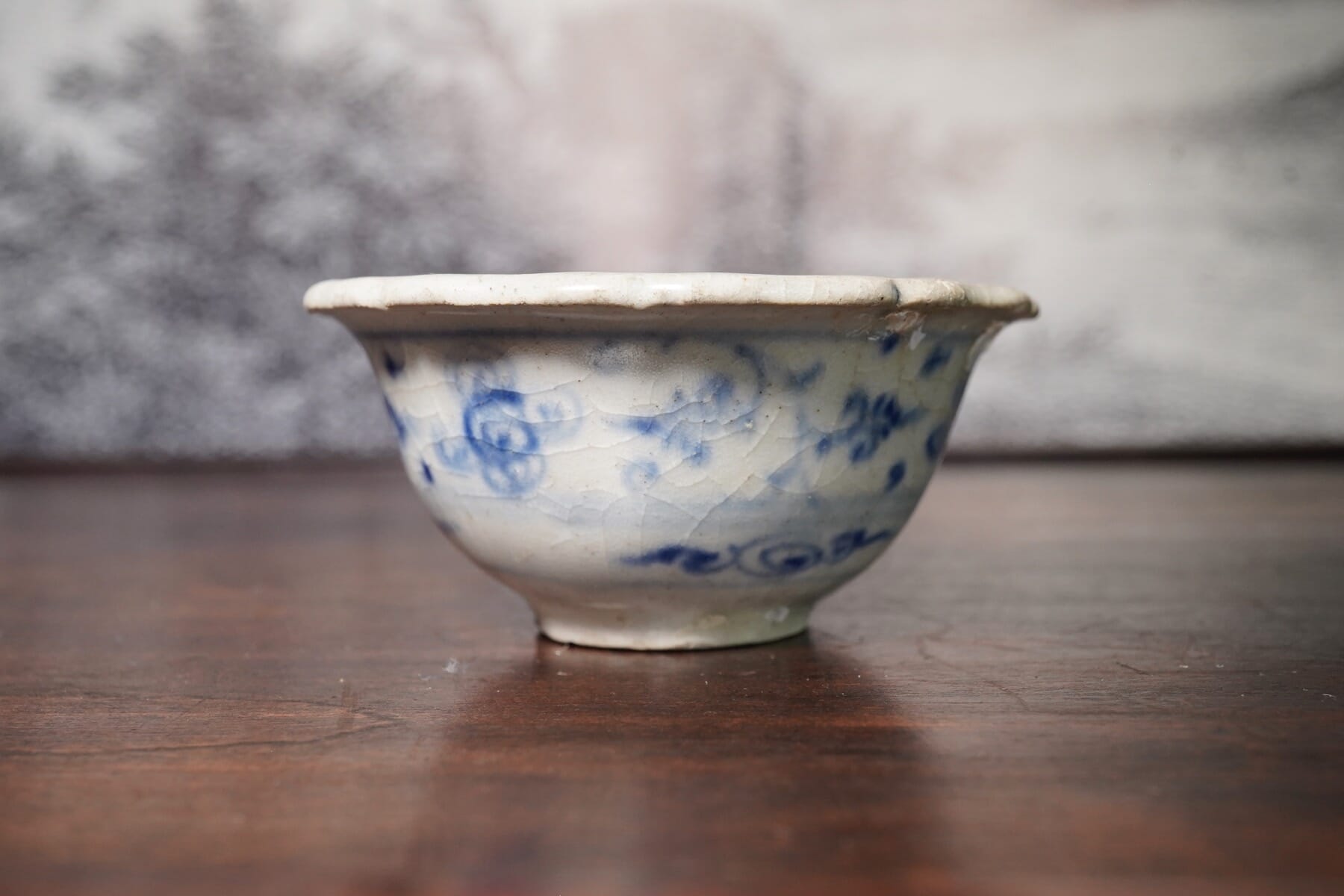
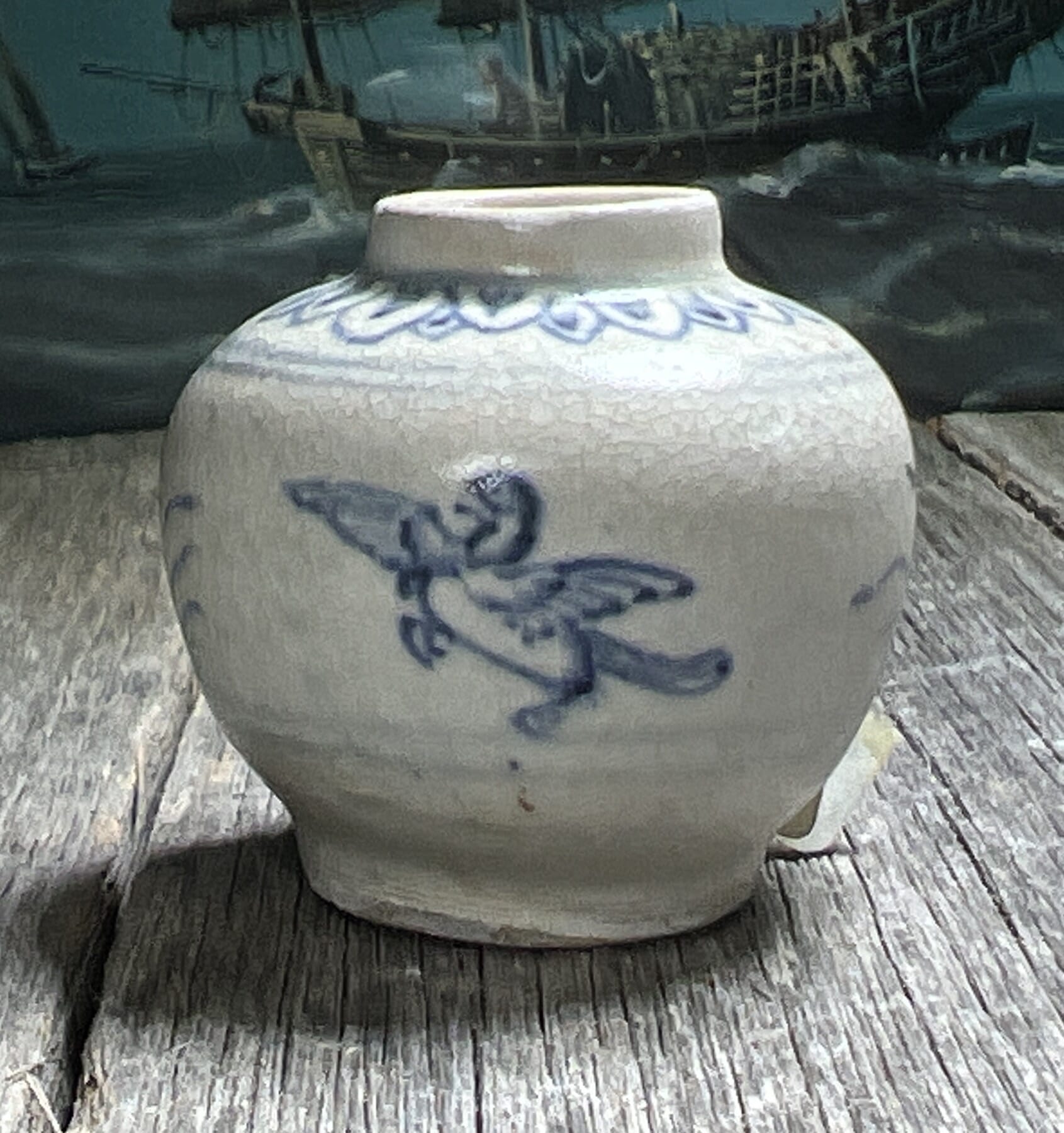
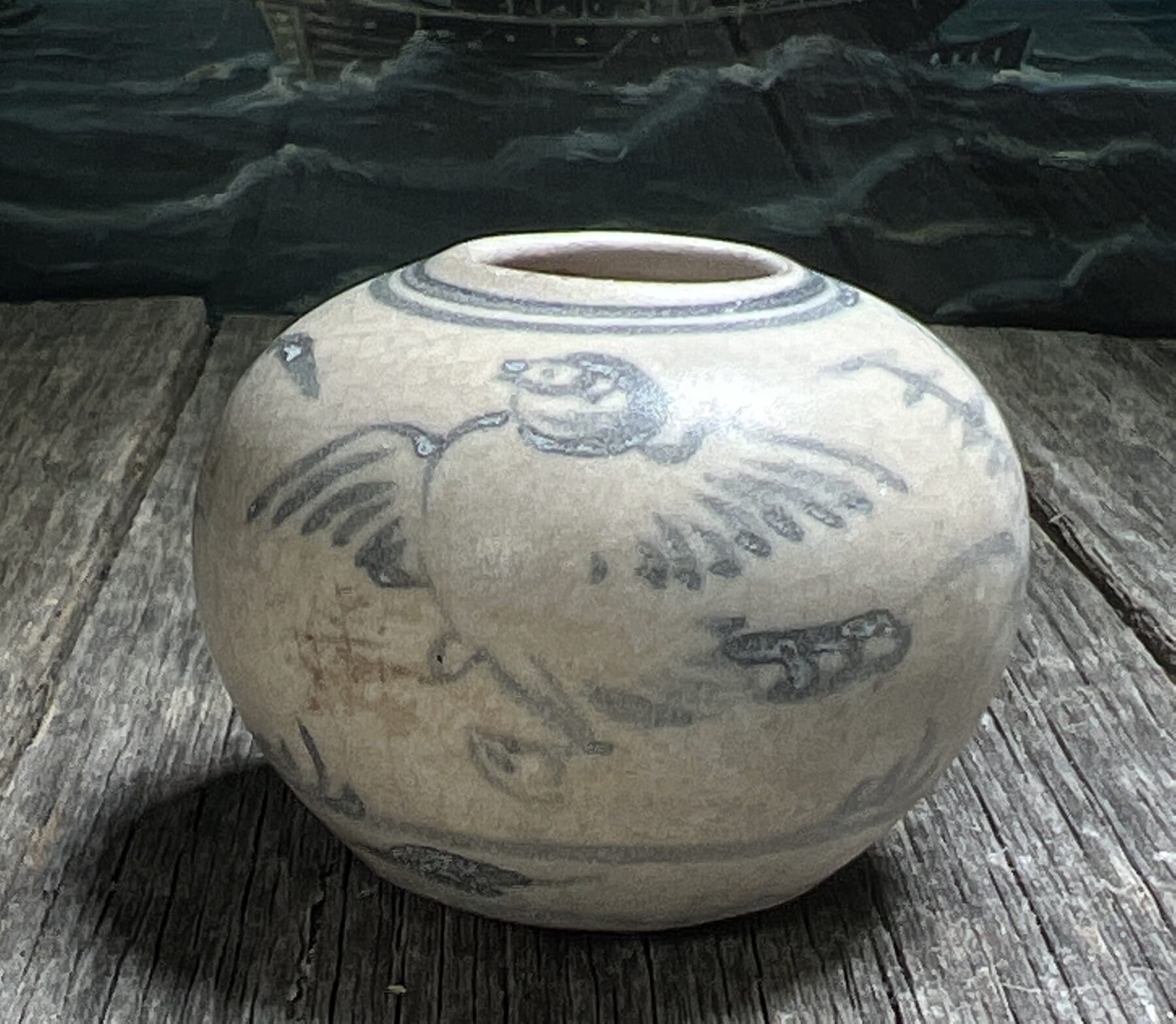
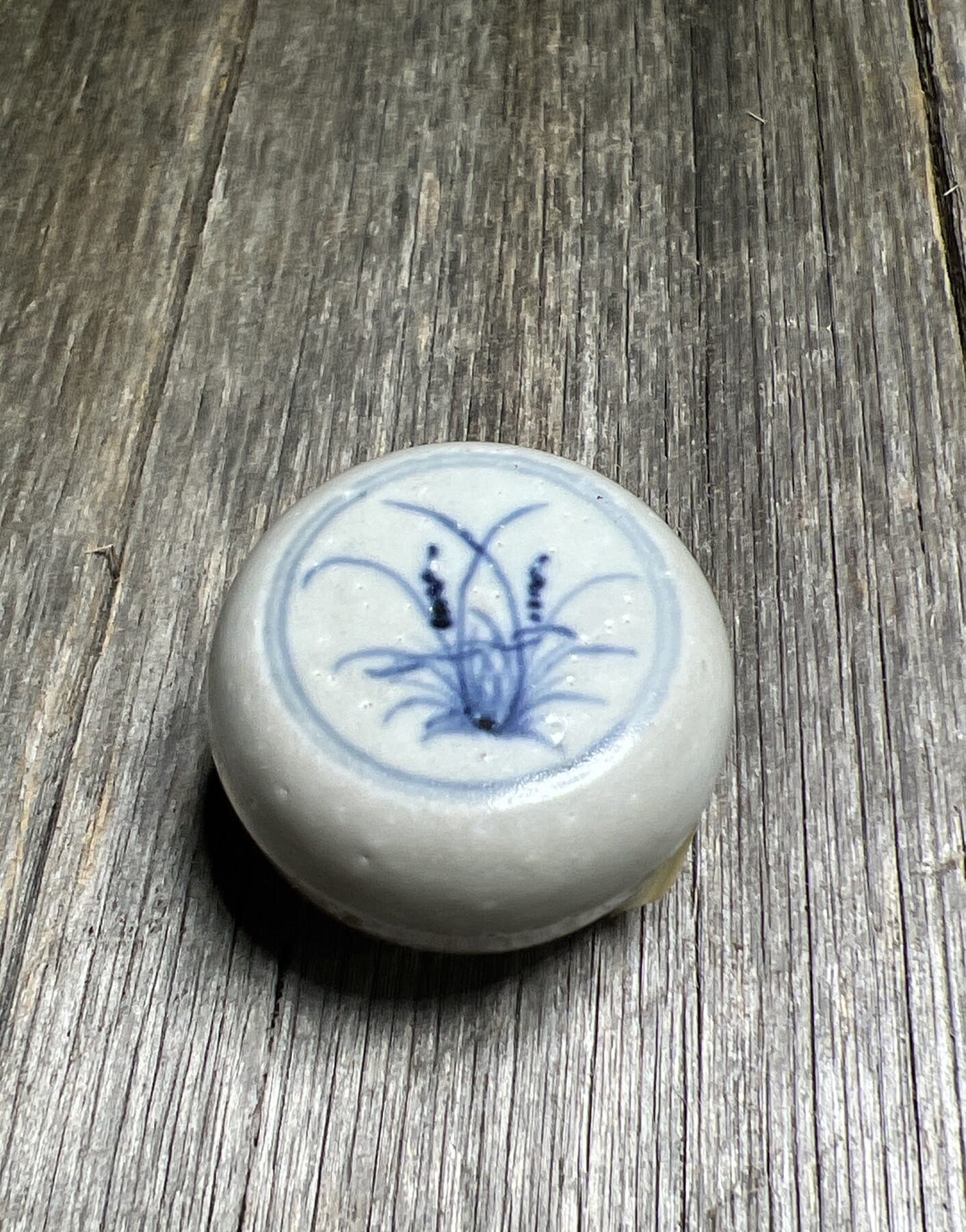
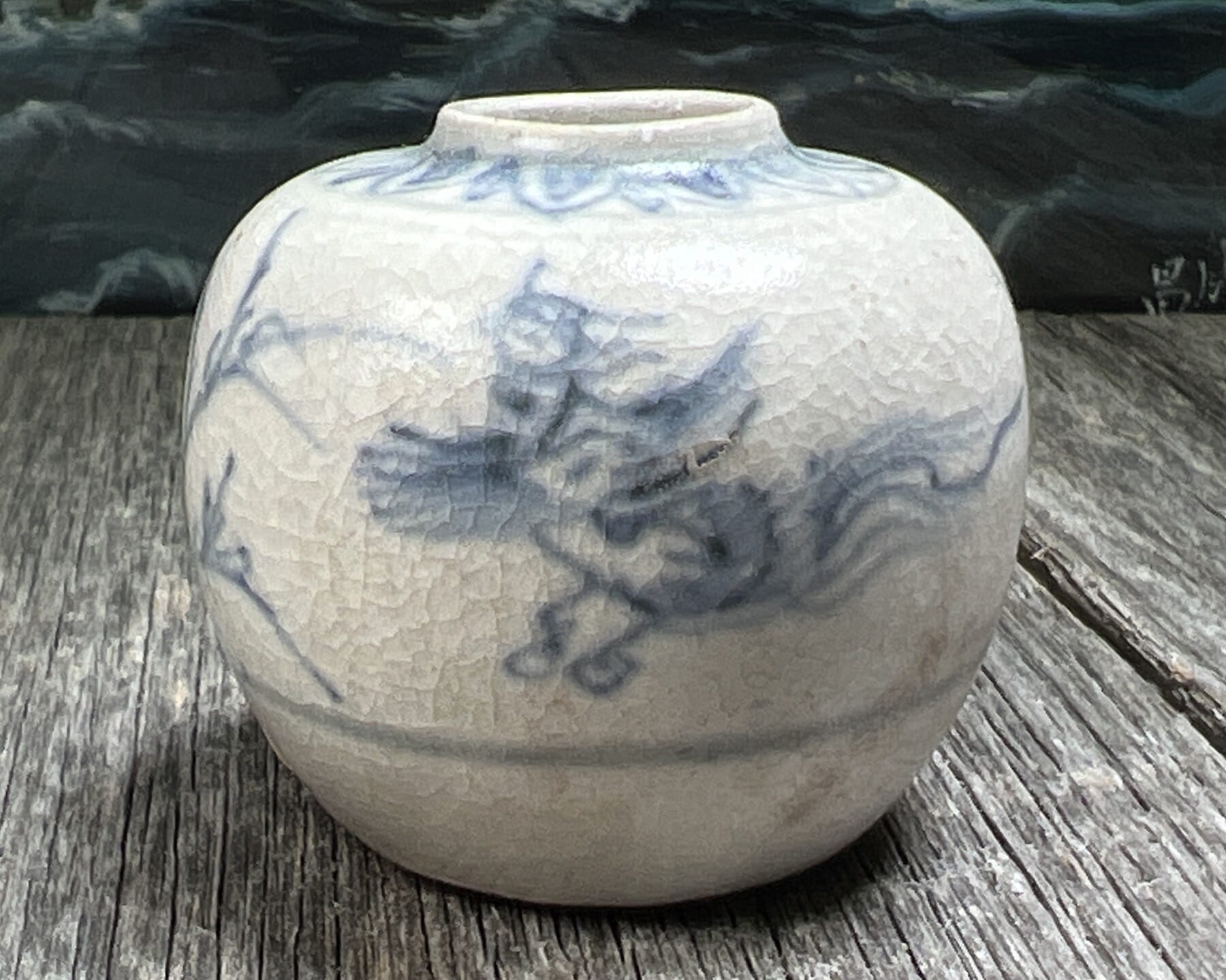
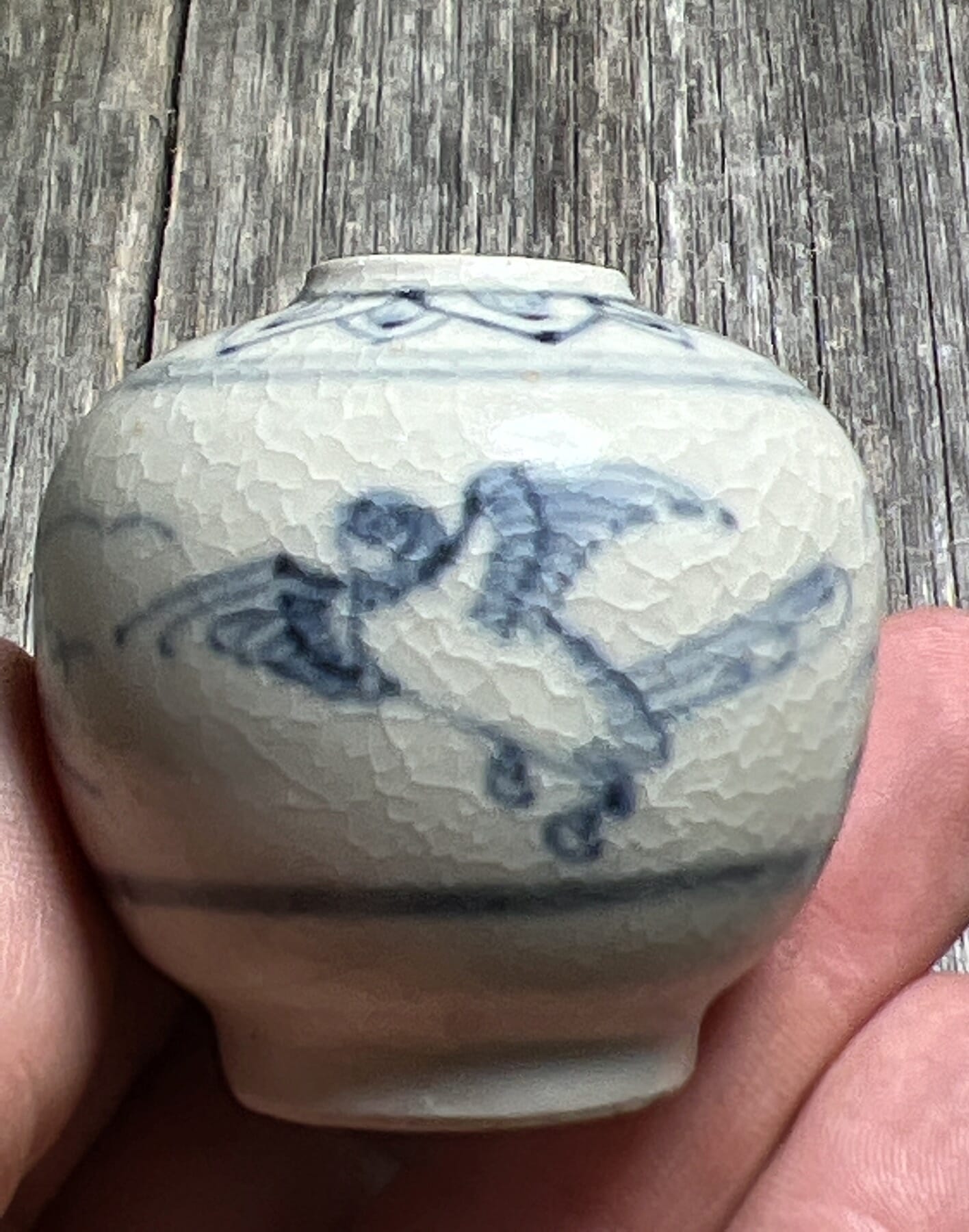
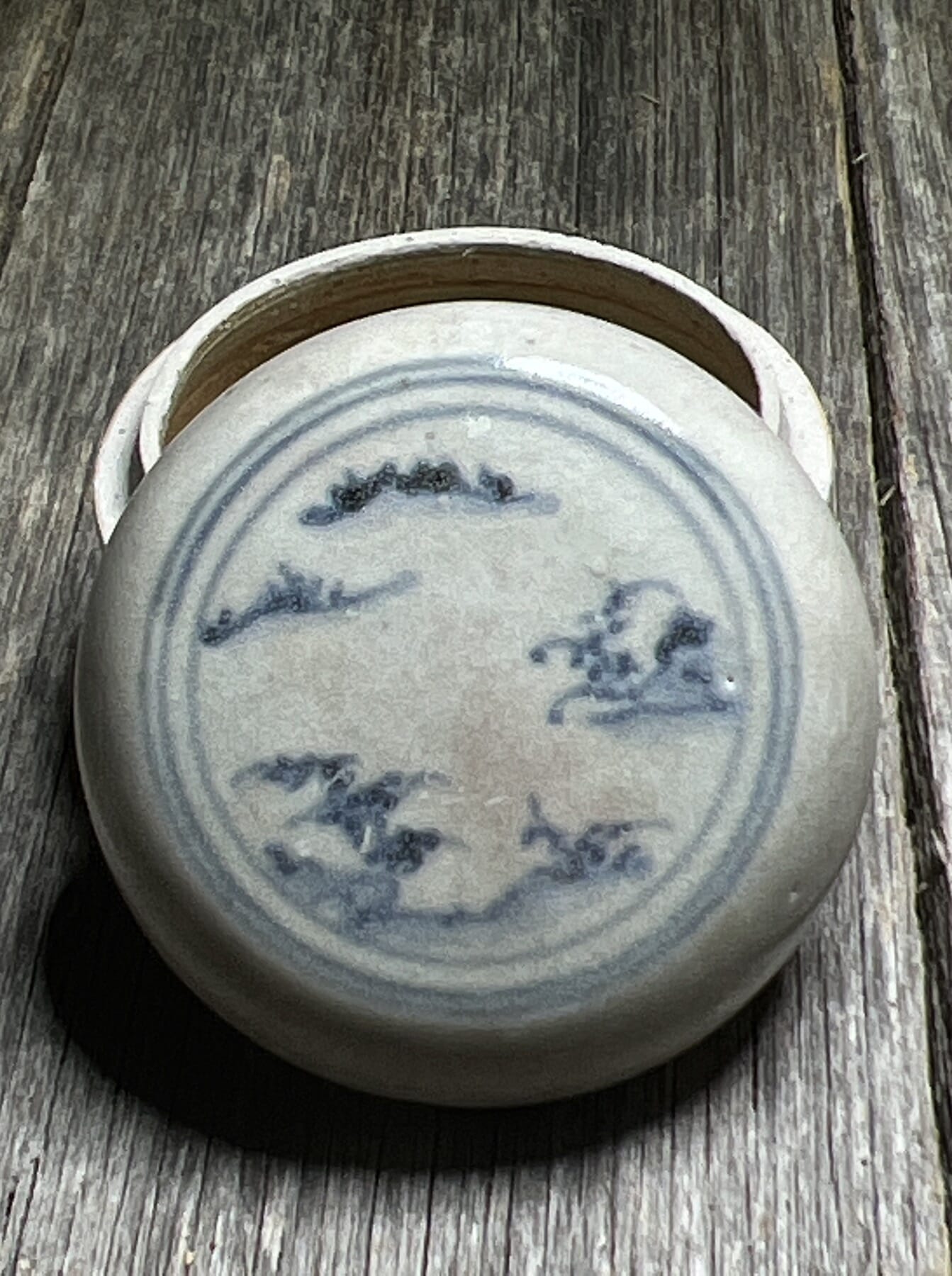
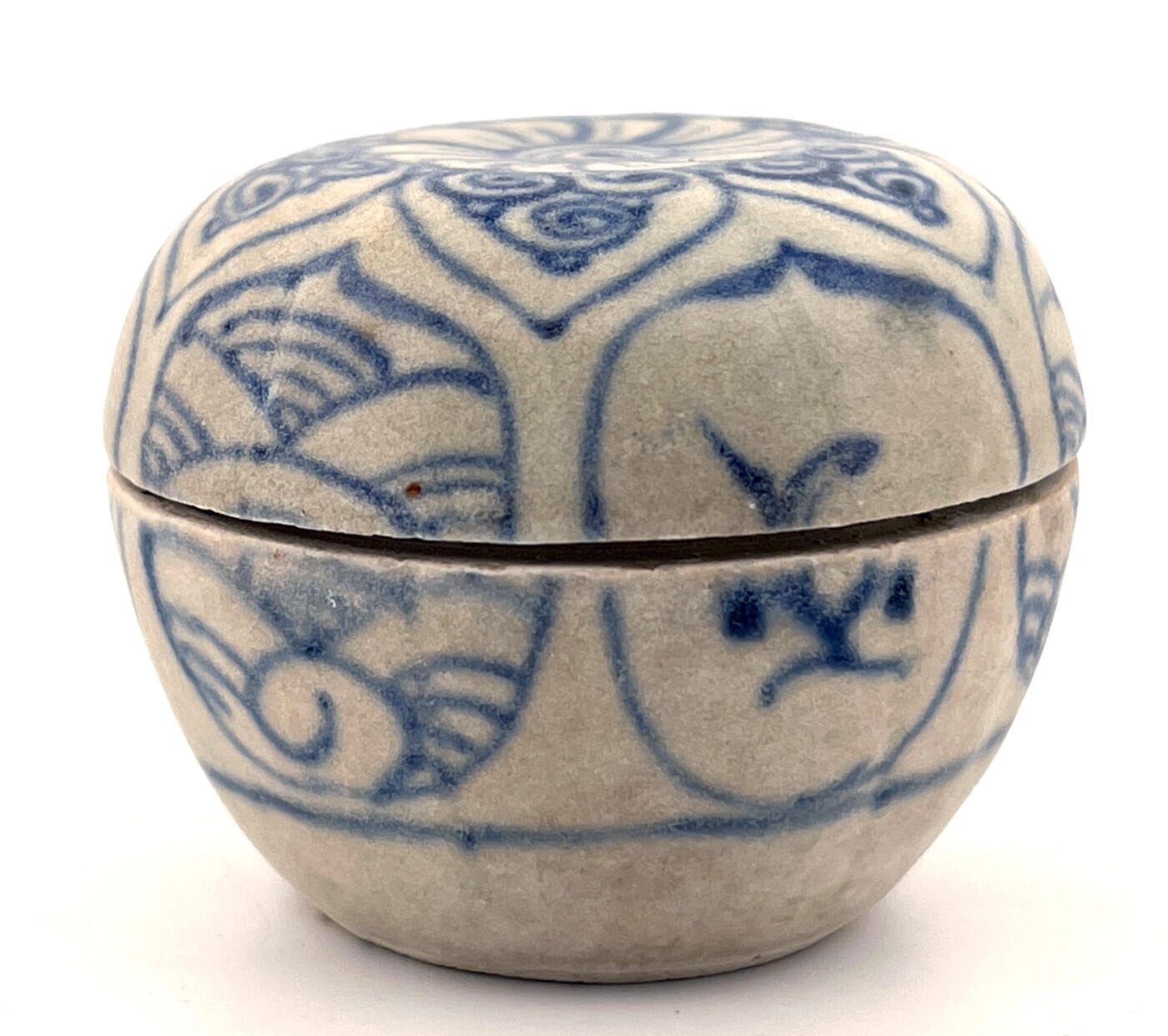
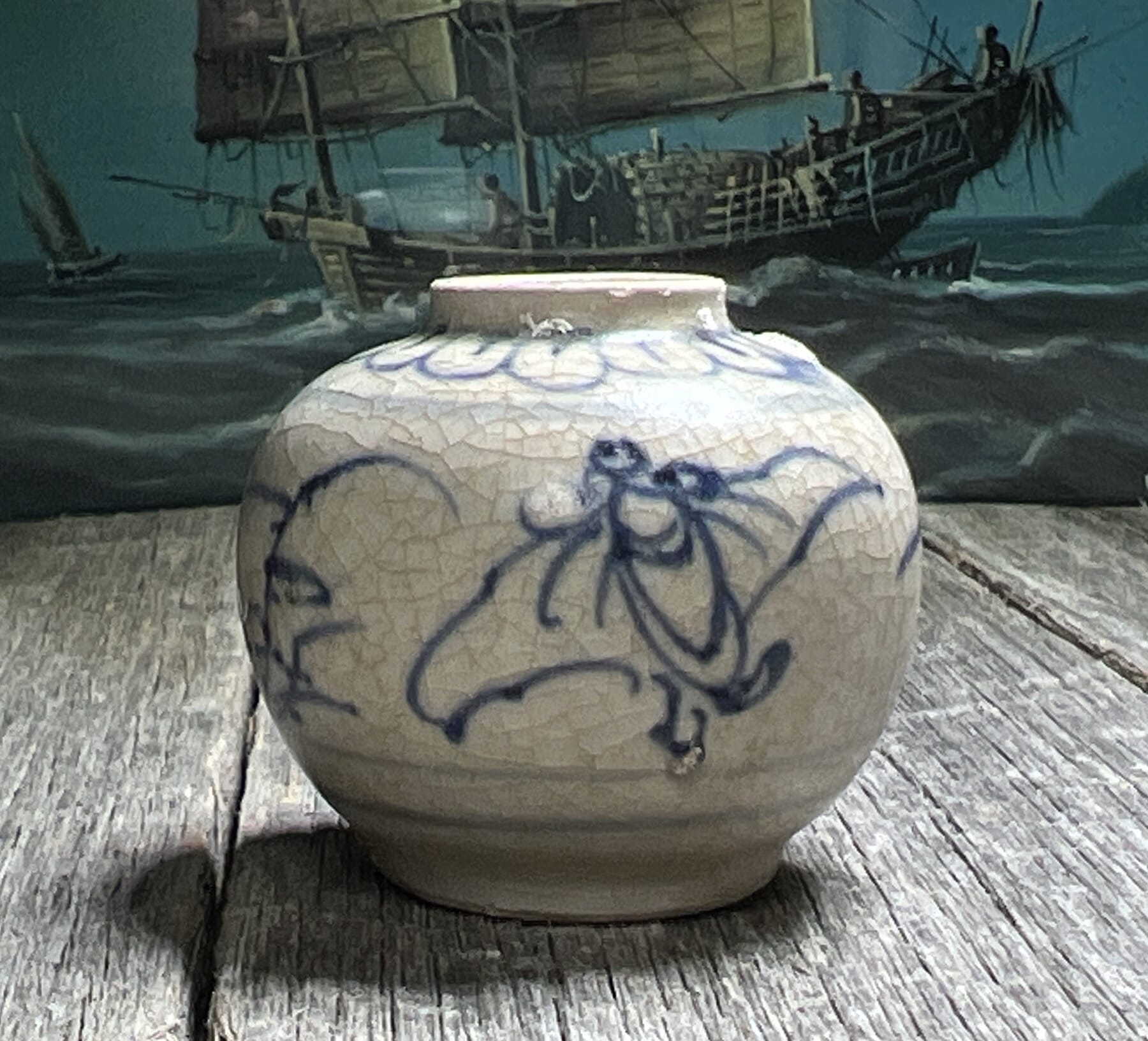
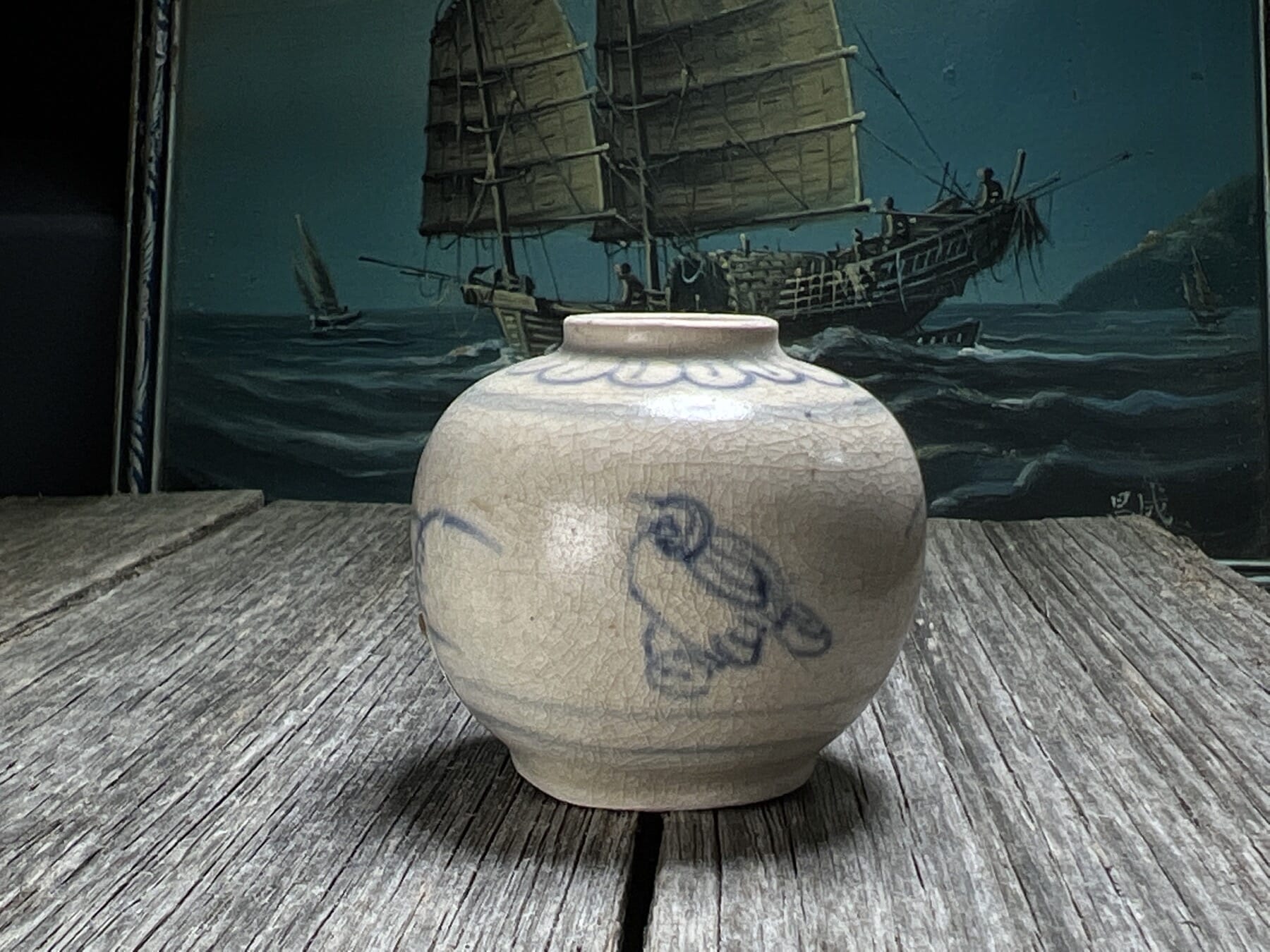
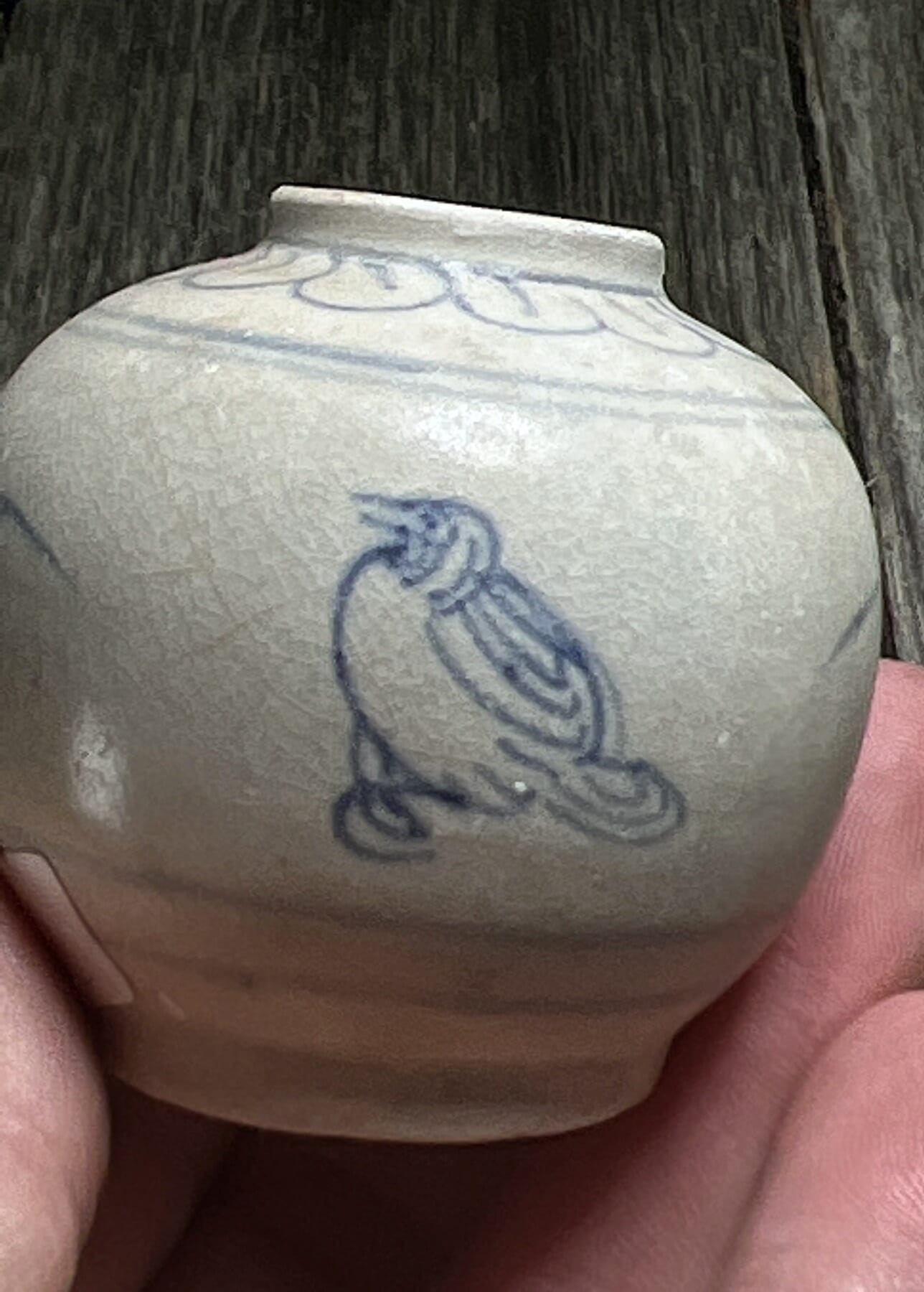
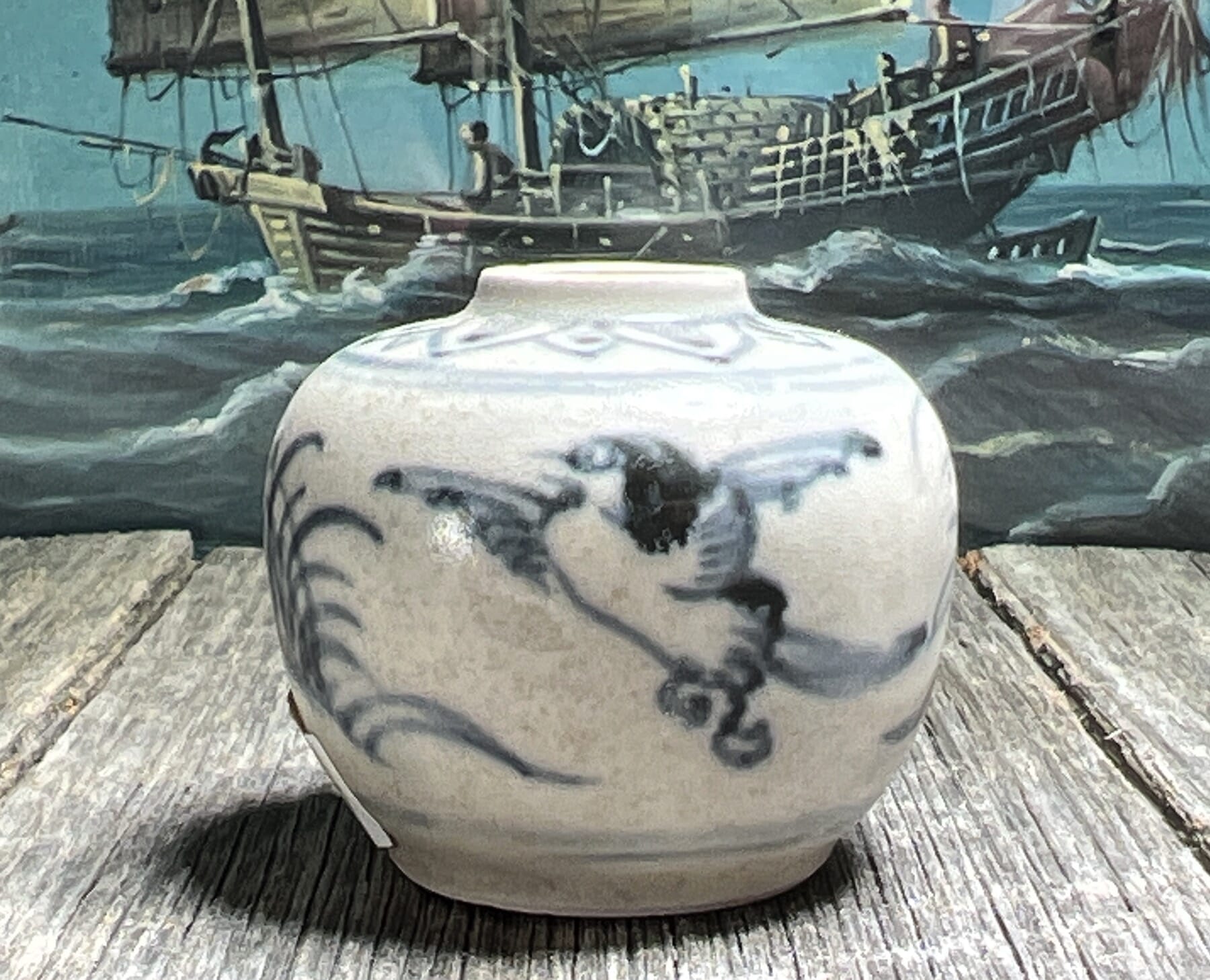
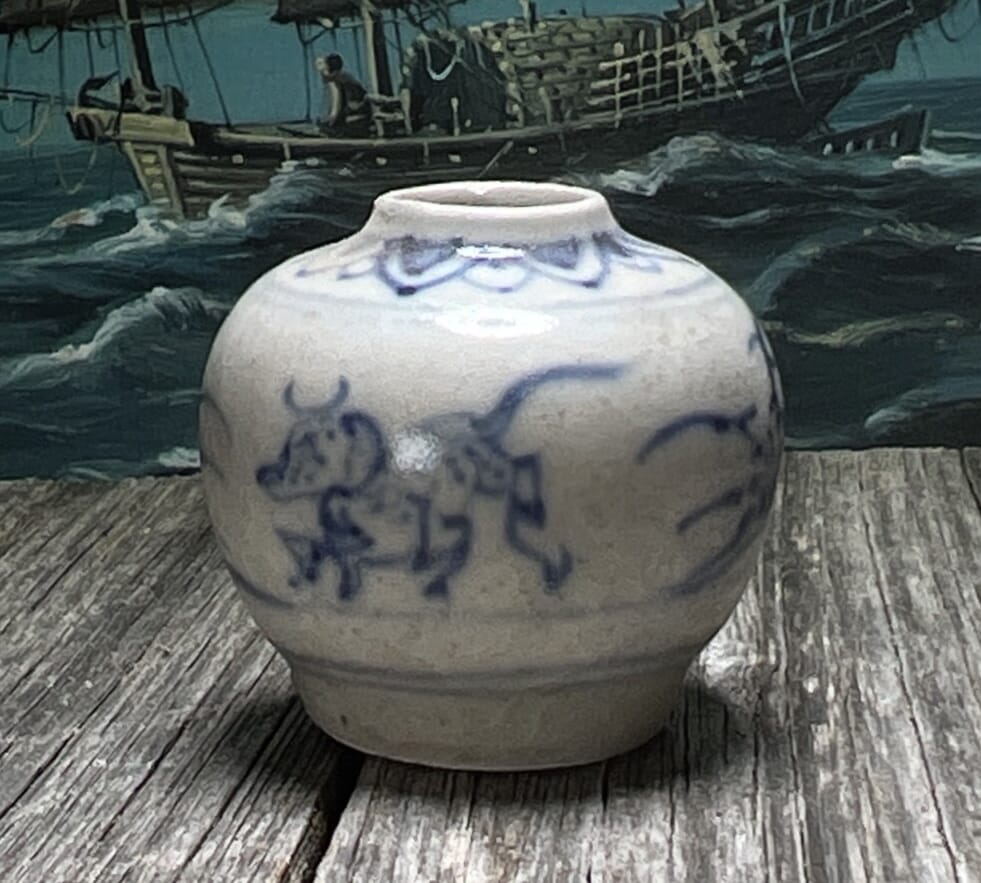
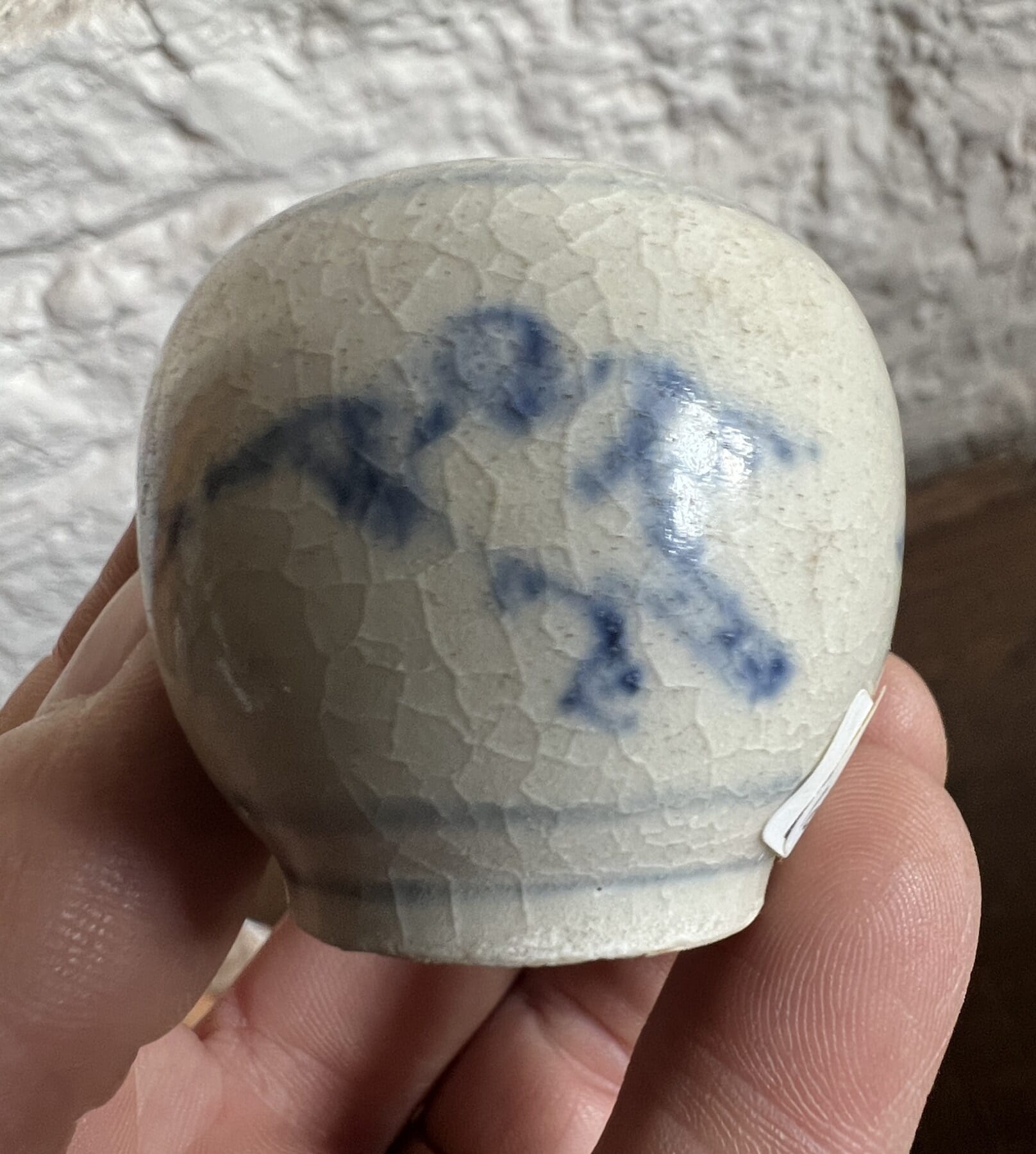
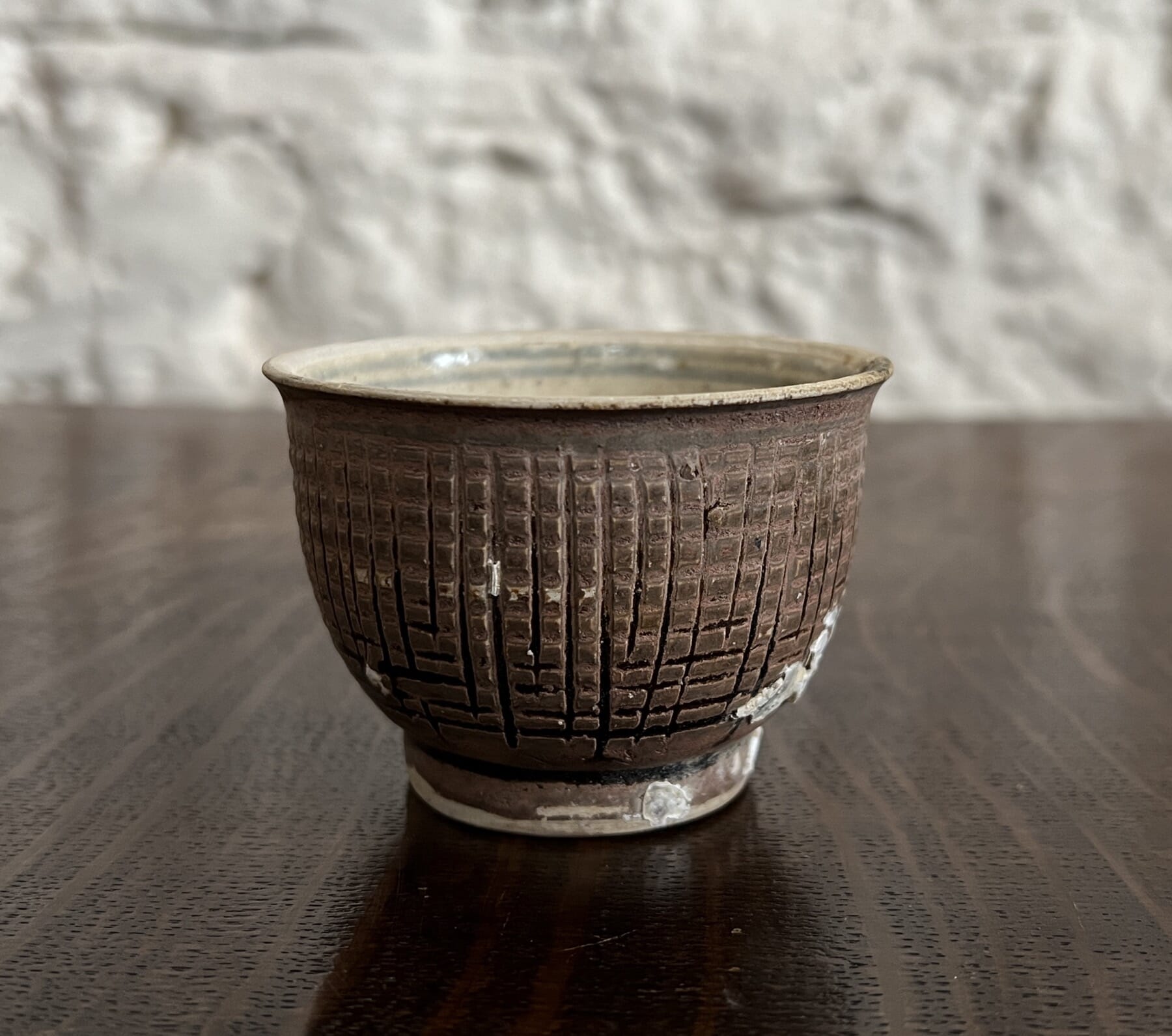
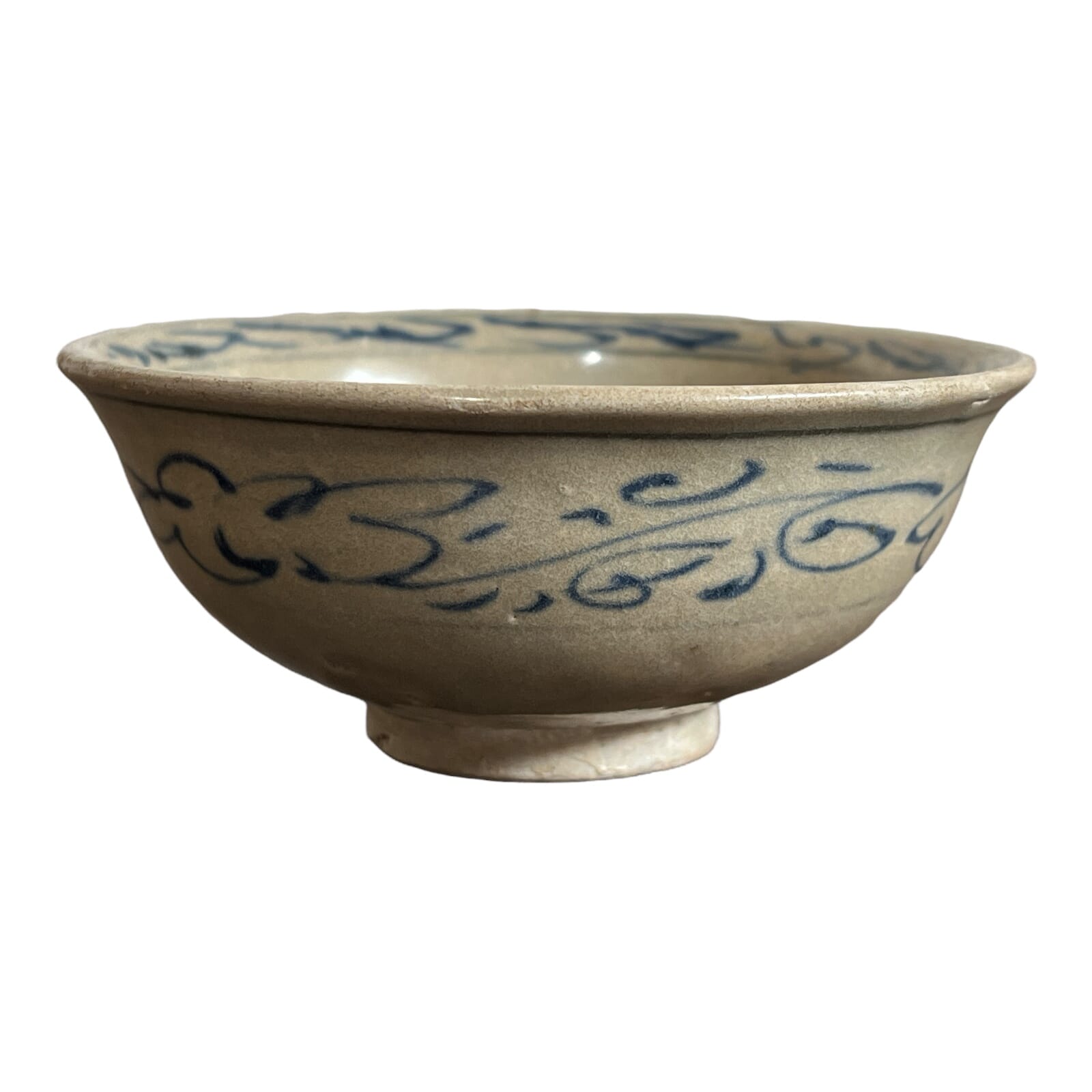
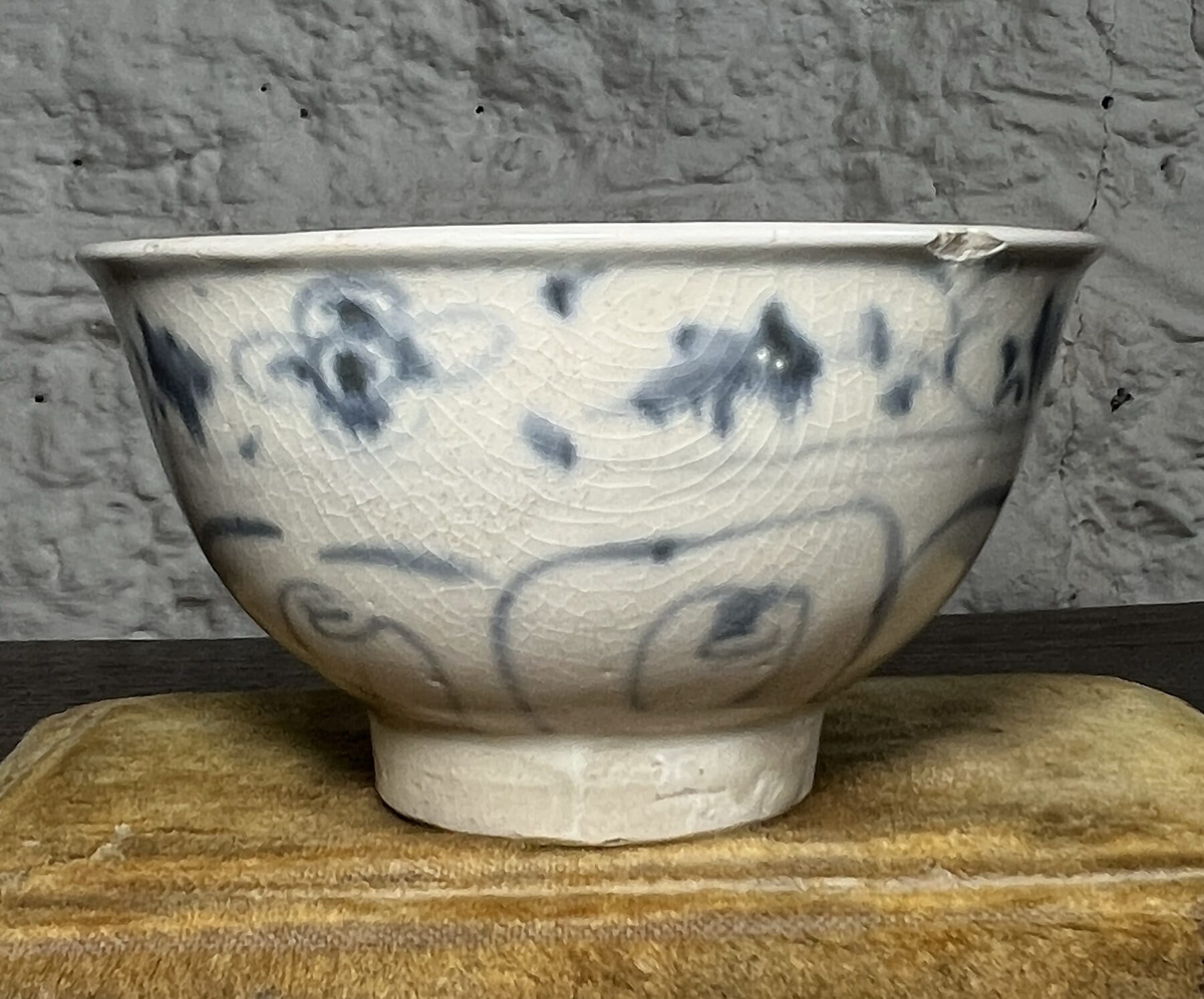
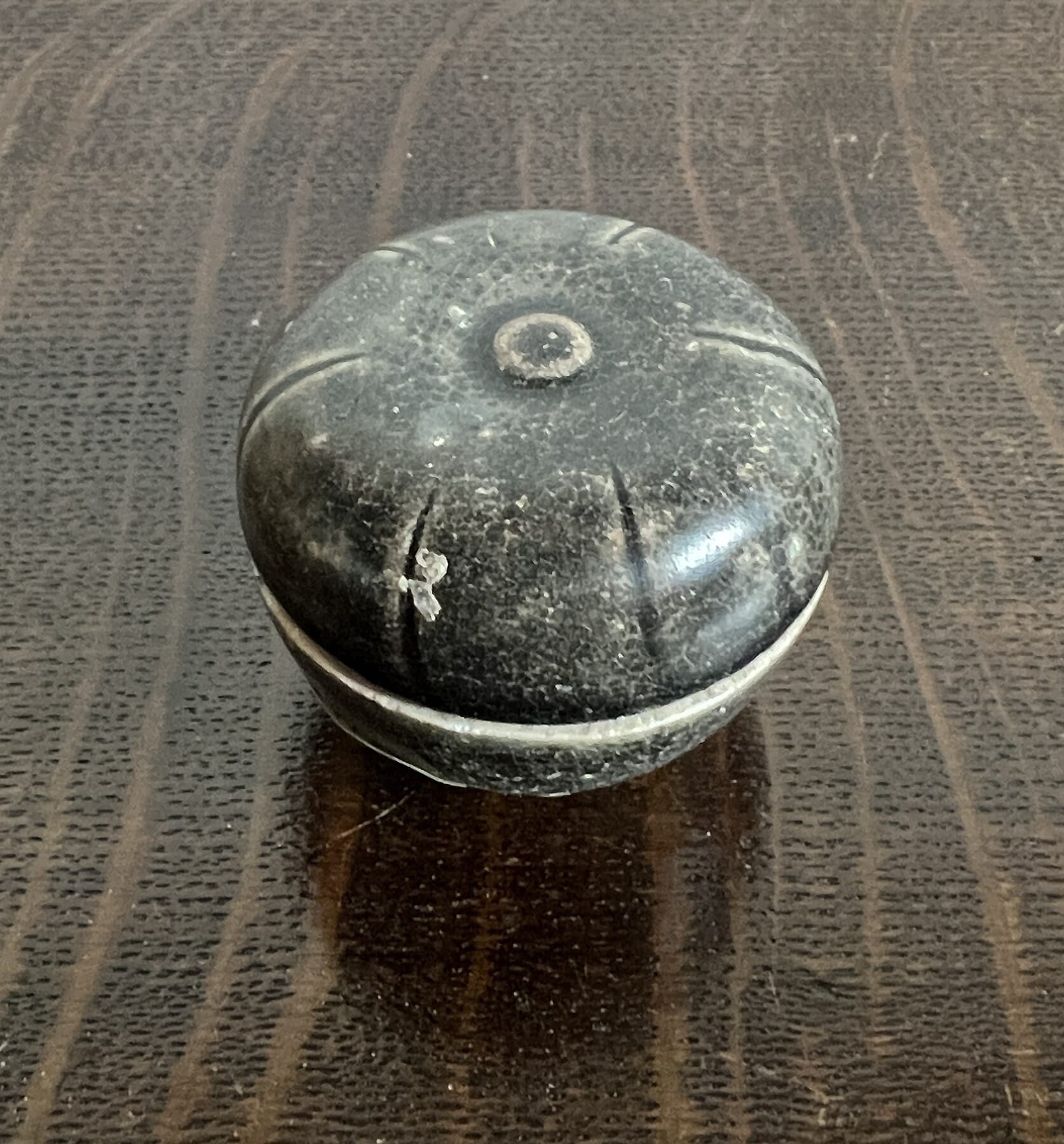

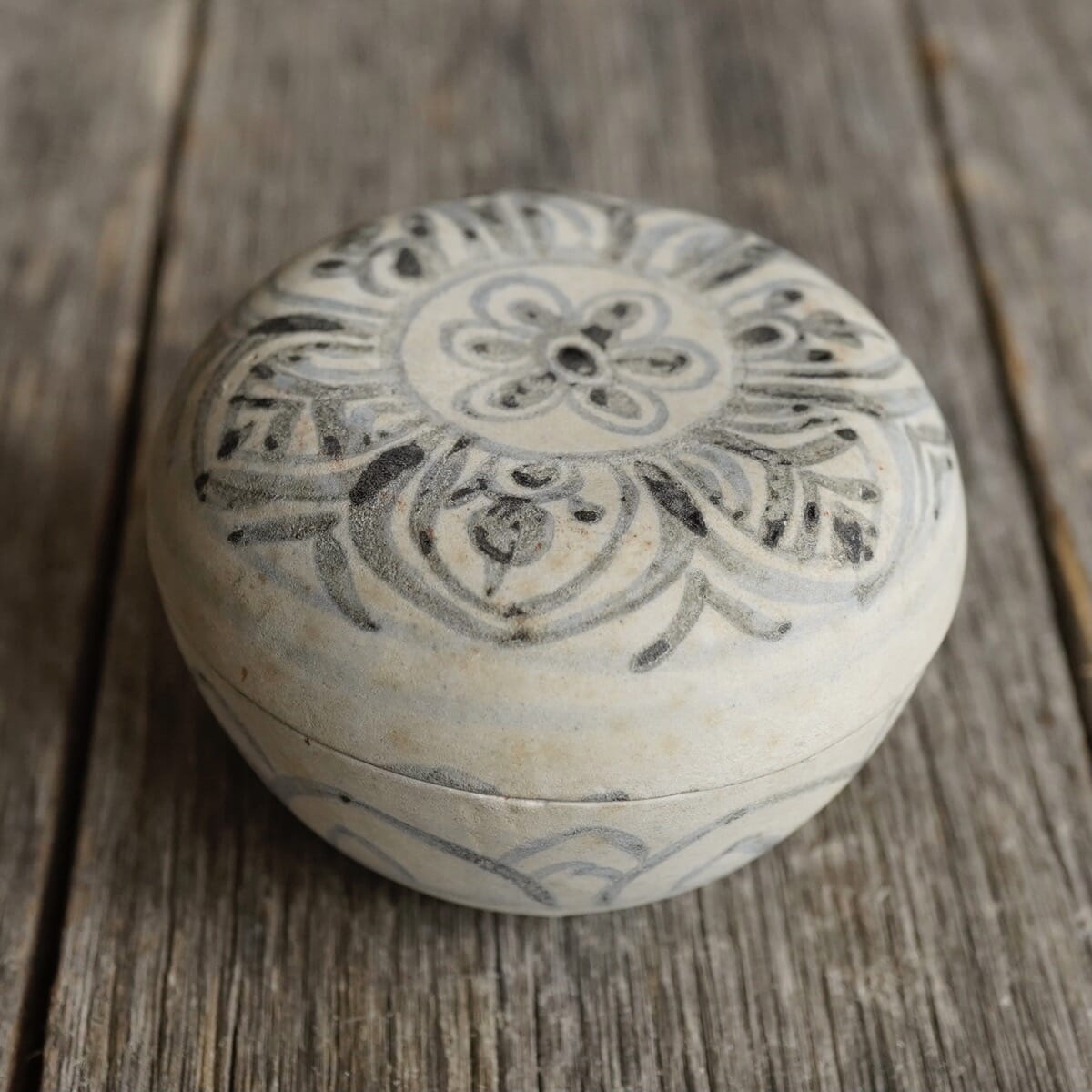
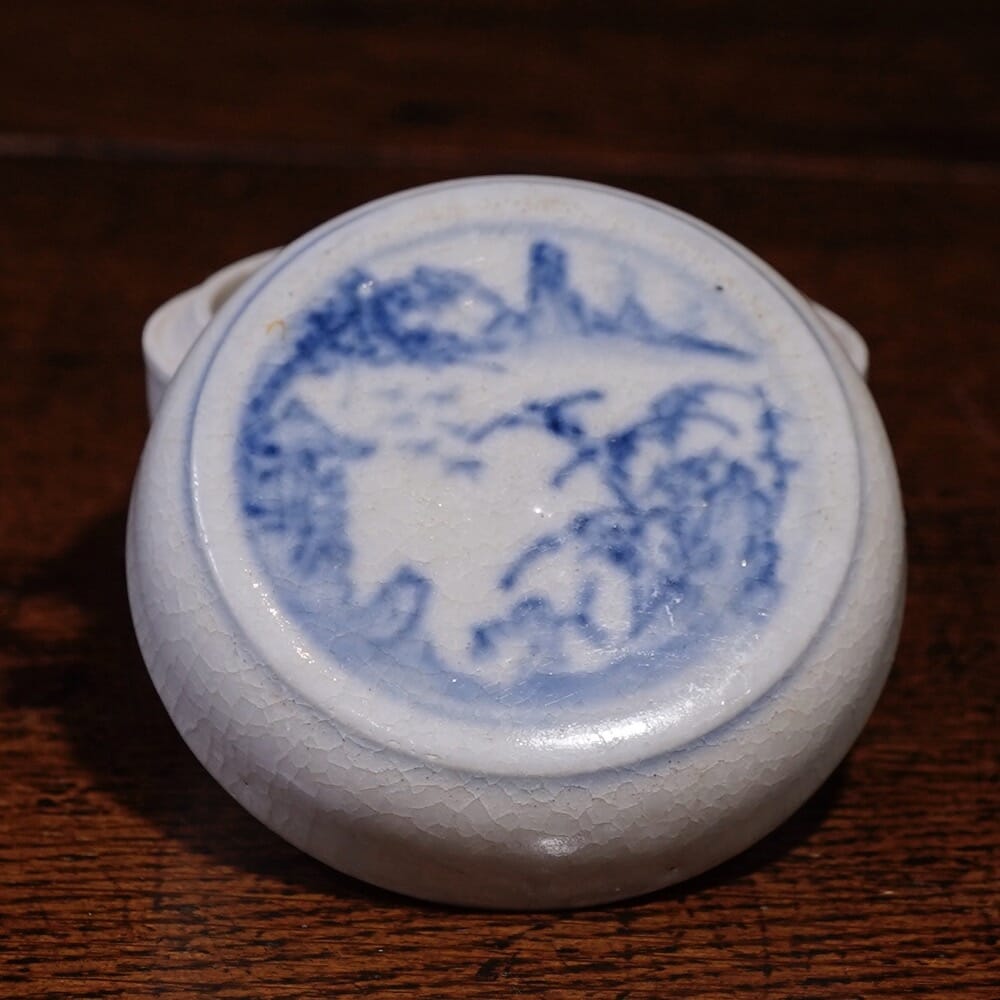
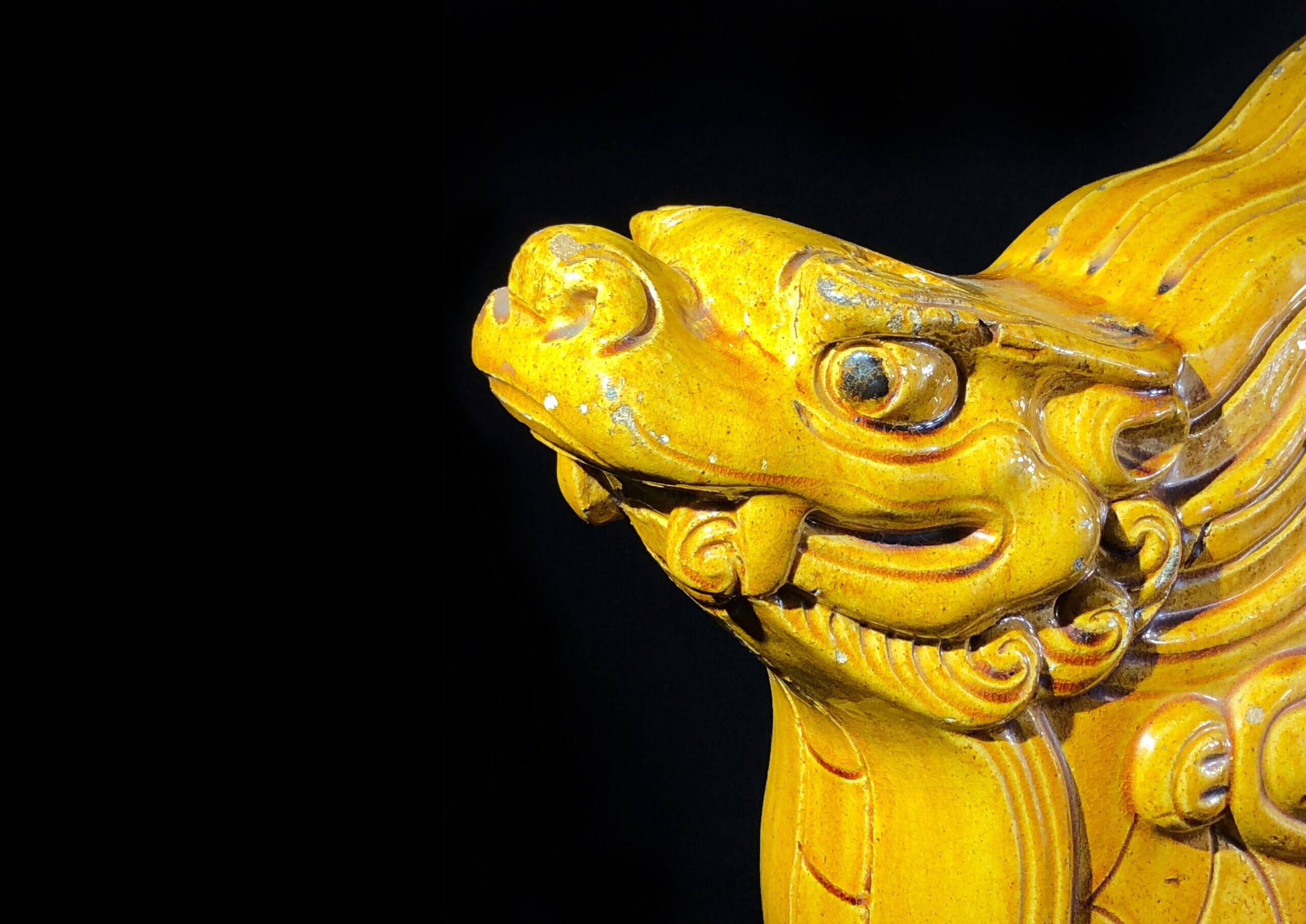
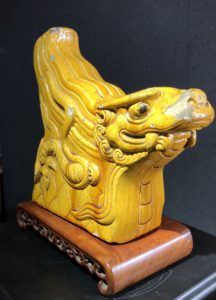


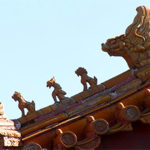
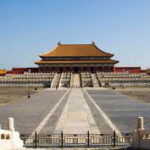
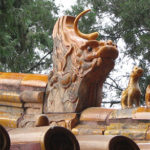
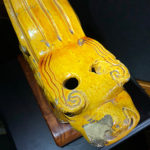 What’s interesting are their intact ‘horns’, missing from ours. Examine our head and you will see the two holes they were once inserted into.
What’s interesting are their intact ‘horns’, missing from ours. Examine our head and you will see the two holes they were once inserted into.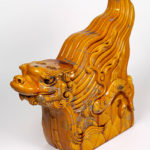


 The Chinese probably thought he was a pirate looking for a base, and in a way he was. He came up with a scheme to capture a Spanish treasure ship he had intelligence about, and set a trap for it as it sailed from Mexico to the Phillipines in 1743. This ‘Manila Galleon’ was the Nuestra Señora de Covadonga, and it held more than one million pieces-of-eight, a vast amount of money at the time. This prize meant the redemption of his otherwise disastrous voyage, the wealth being very welcome back in England. His share of the loot set him & his family up for life.
The Chinese probably thought he was a pirate looking for a base, and in a way he was. He came up with a scheme to capture a Spanish treasure ship he had intelligence about, and set a trap for it as it sailed from Mexico to the Phillipines in 1743. This ‘Manila Galleon’ was the Nuestra Señora de Covadonga, and it held more than one million pieces-of-eight, a vast amount of money at the time. This prize meant the redemption of his otherwise disastrous voyage, the wealth being very welcome back in England. His share of the loot set him & his family up for life.

